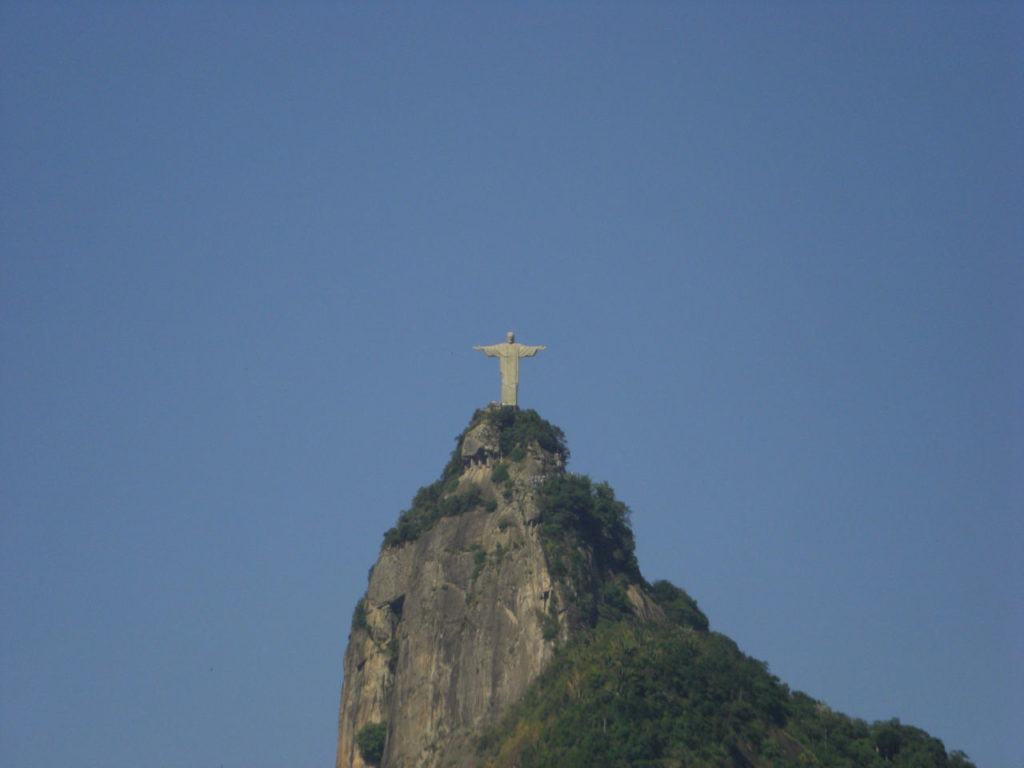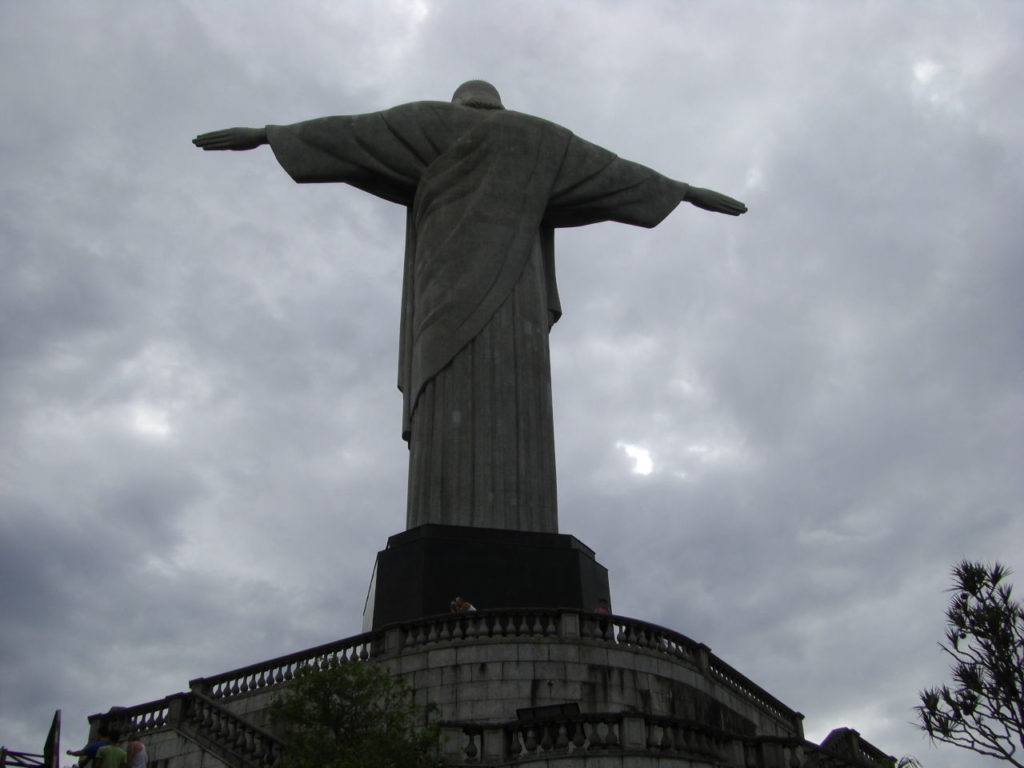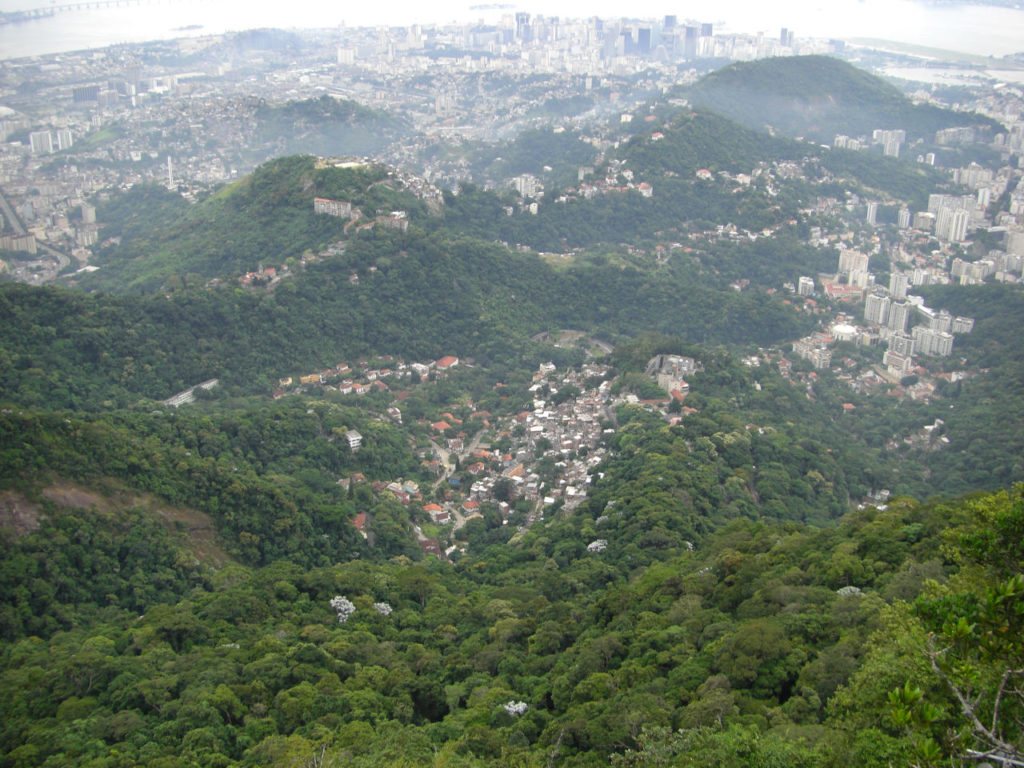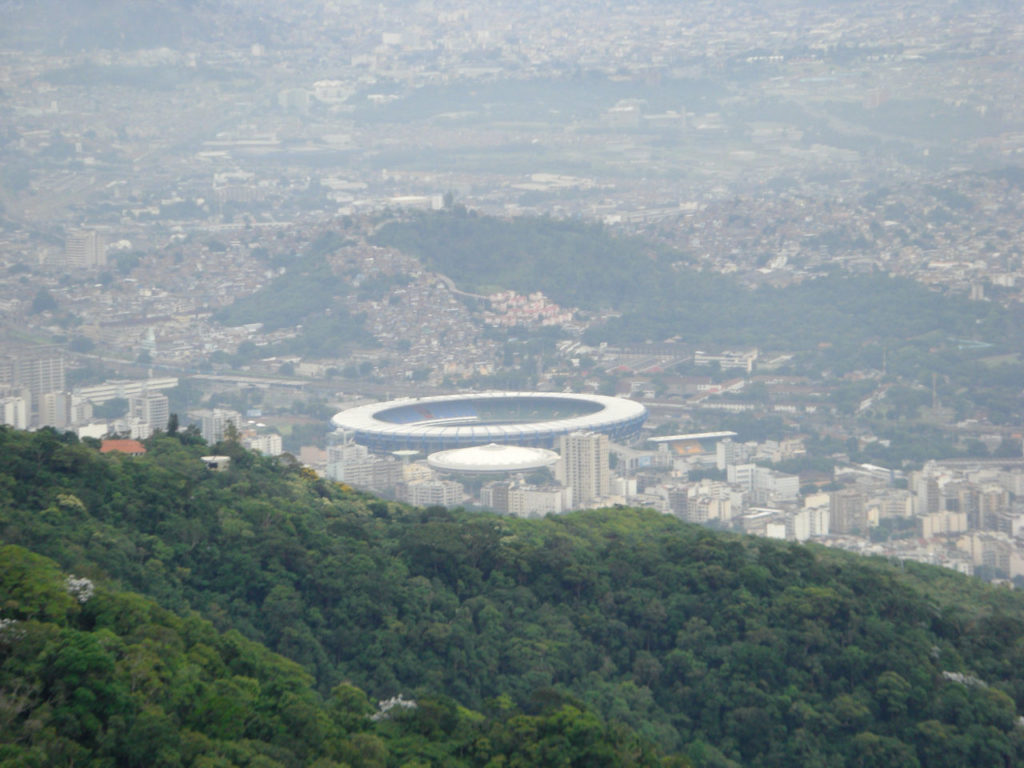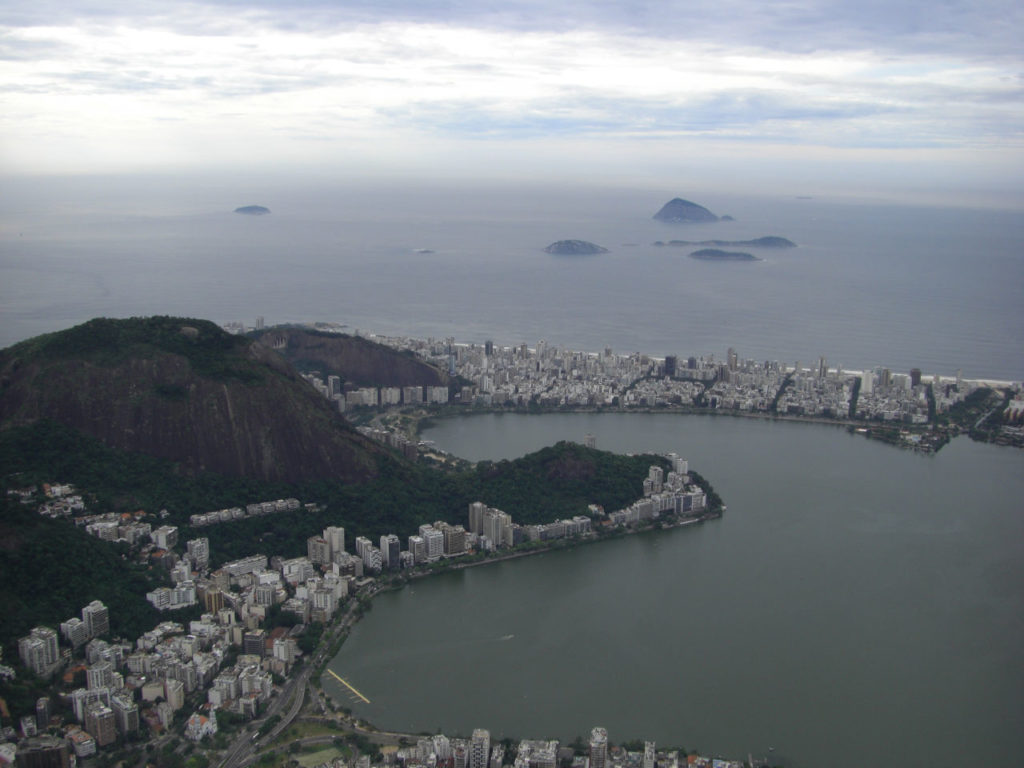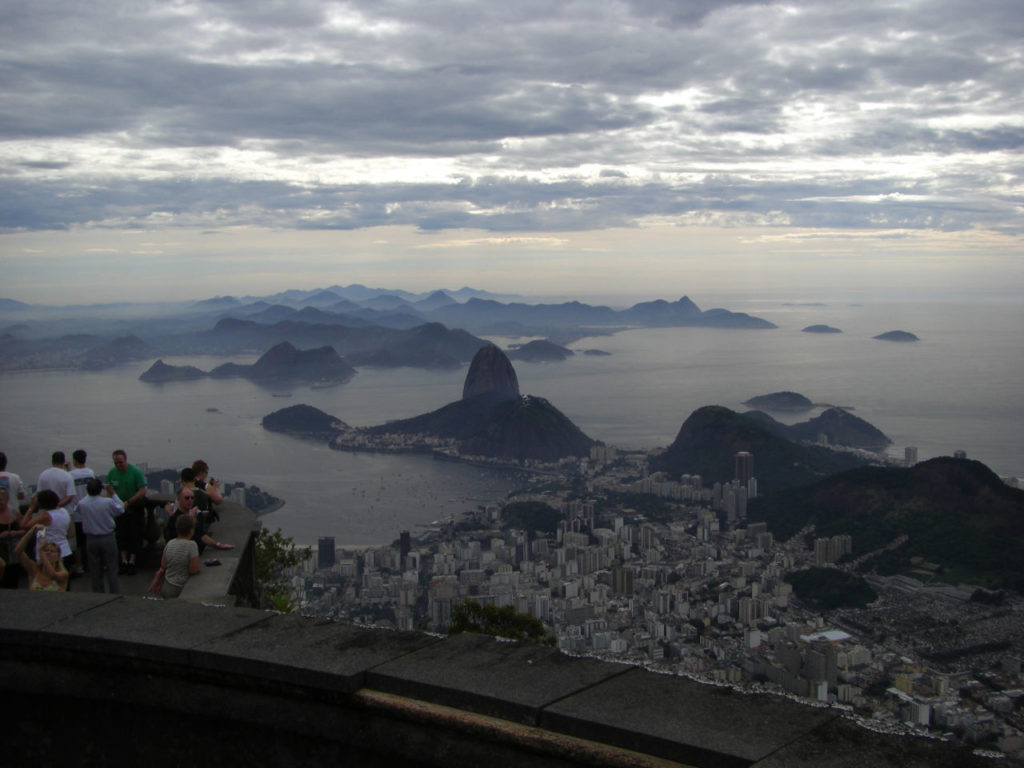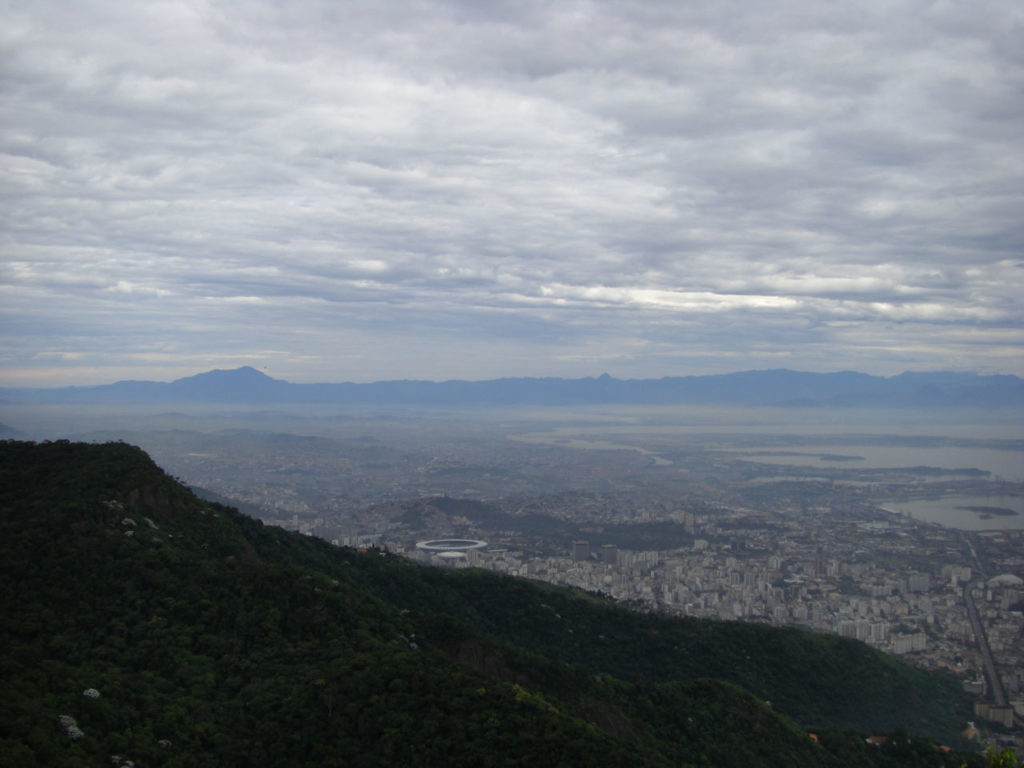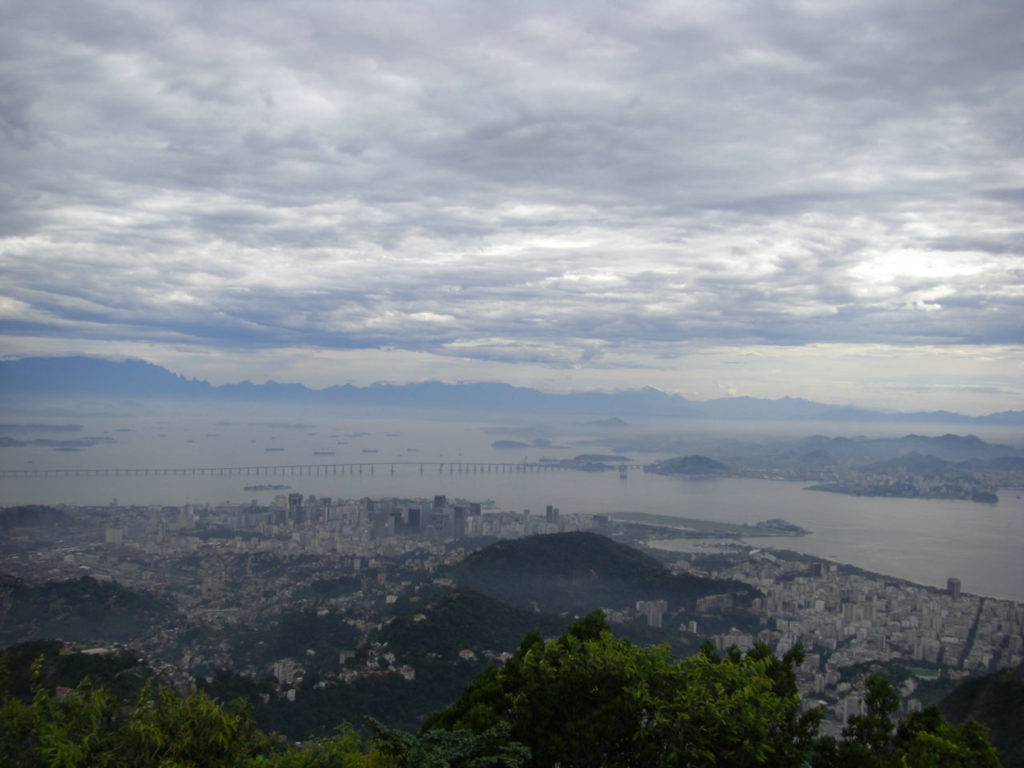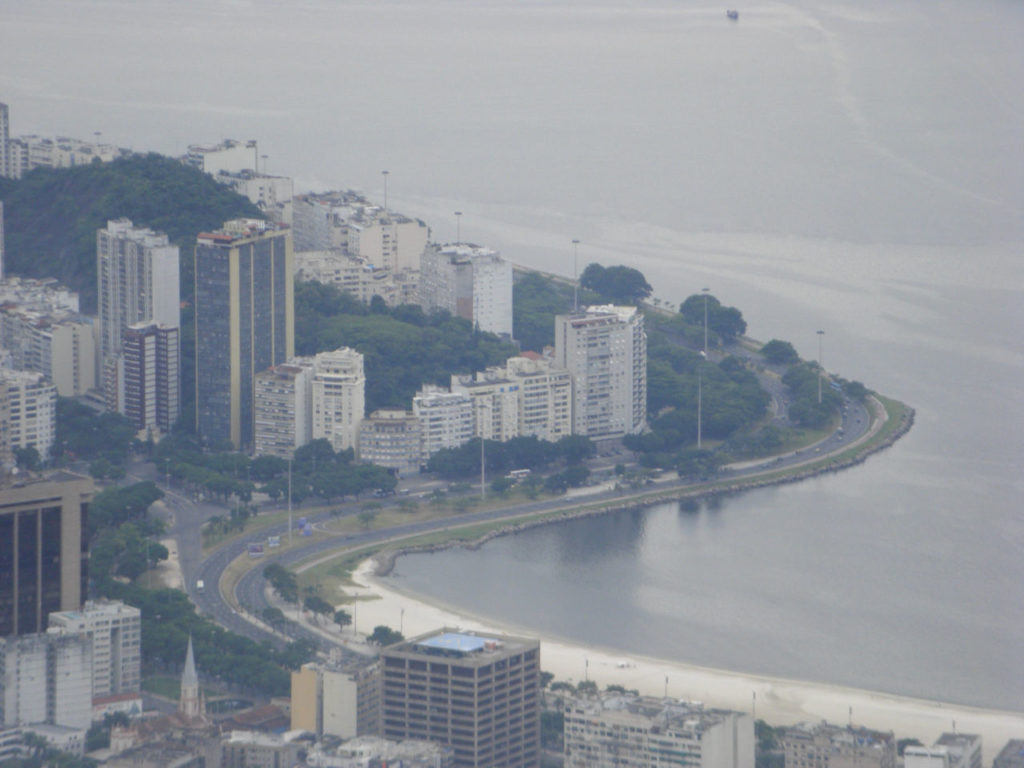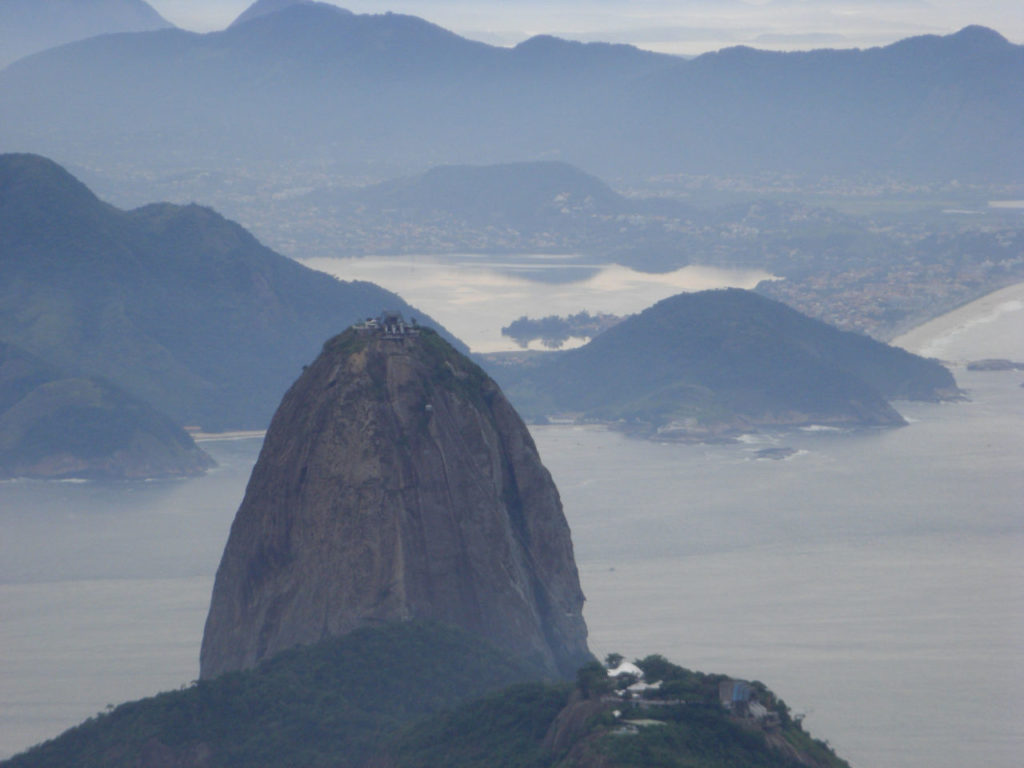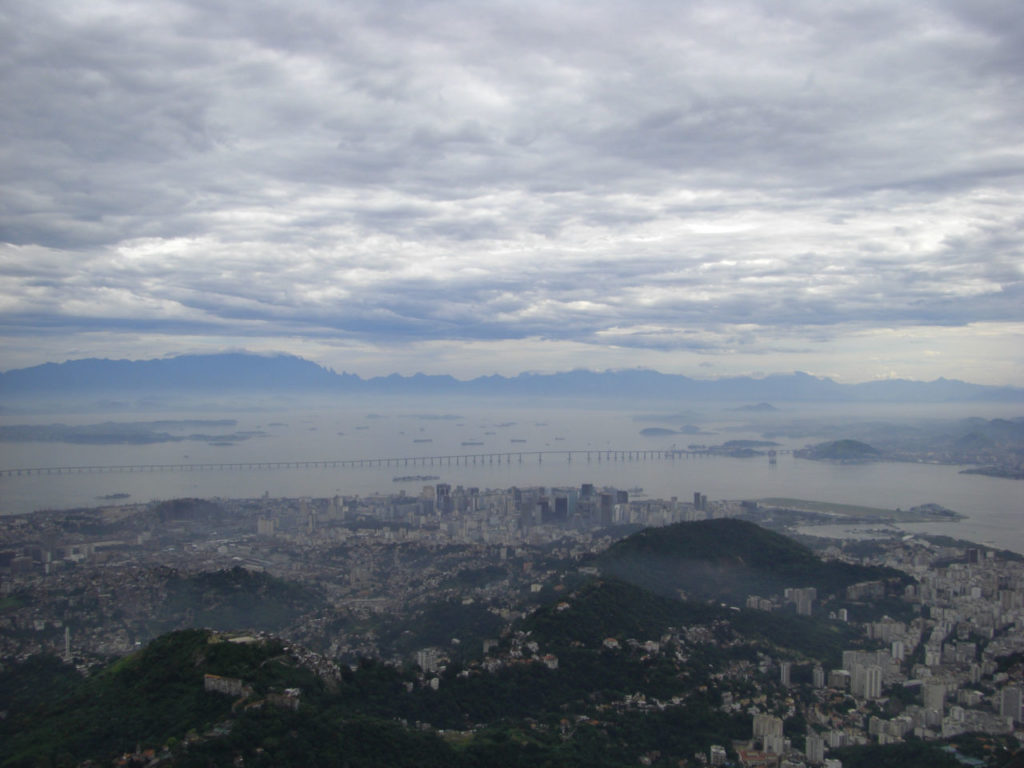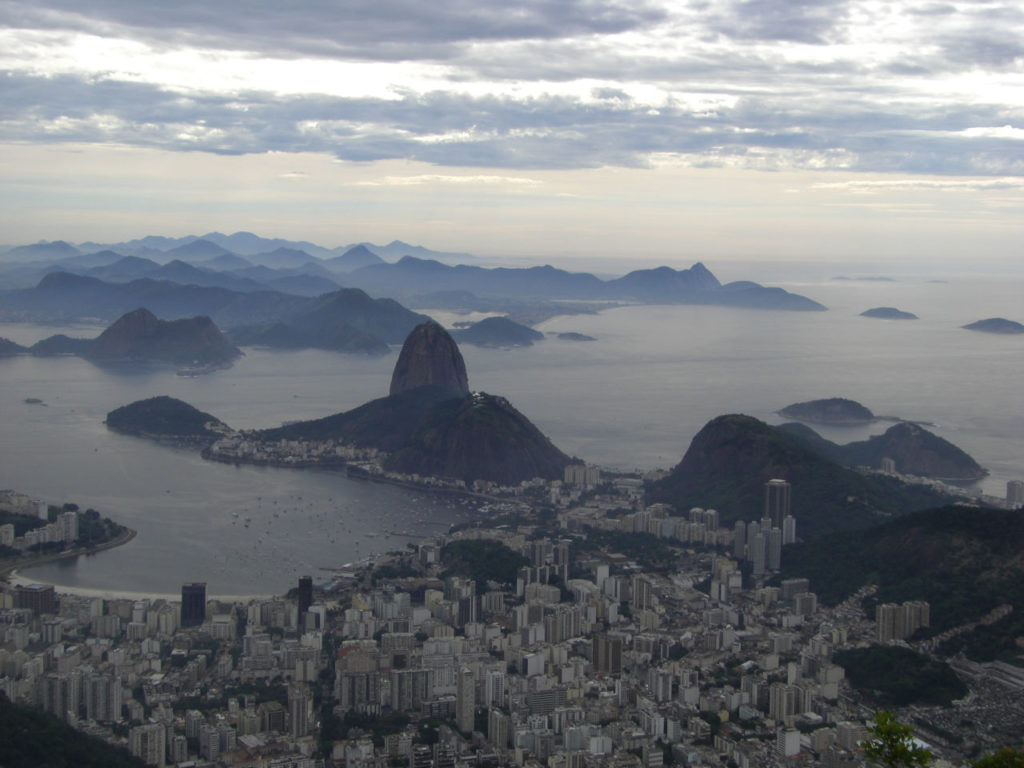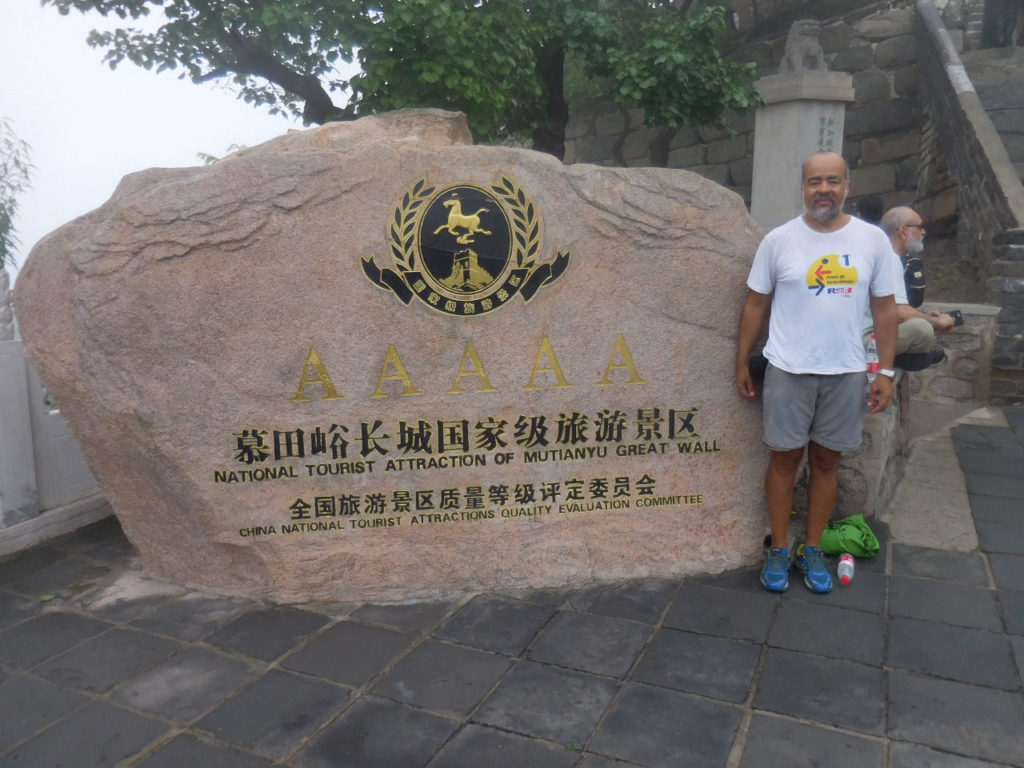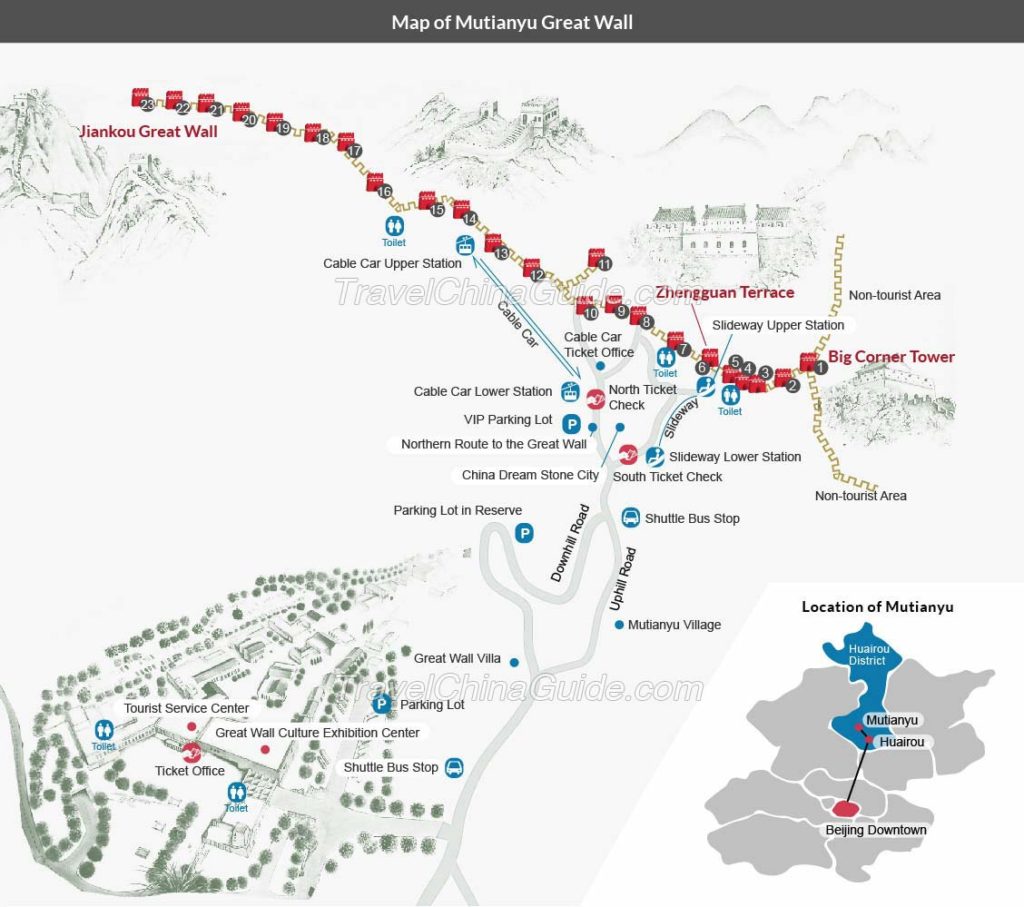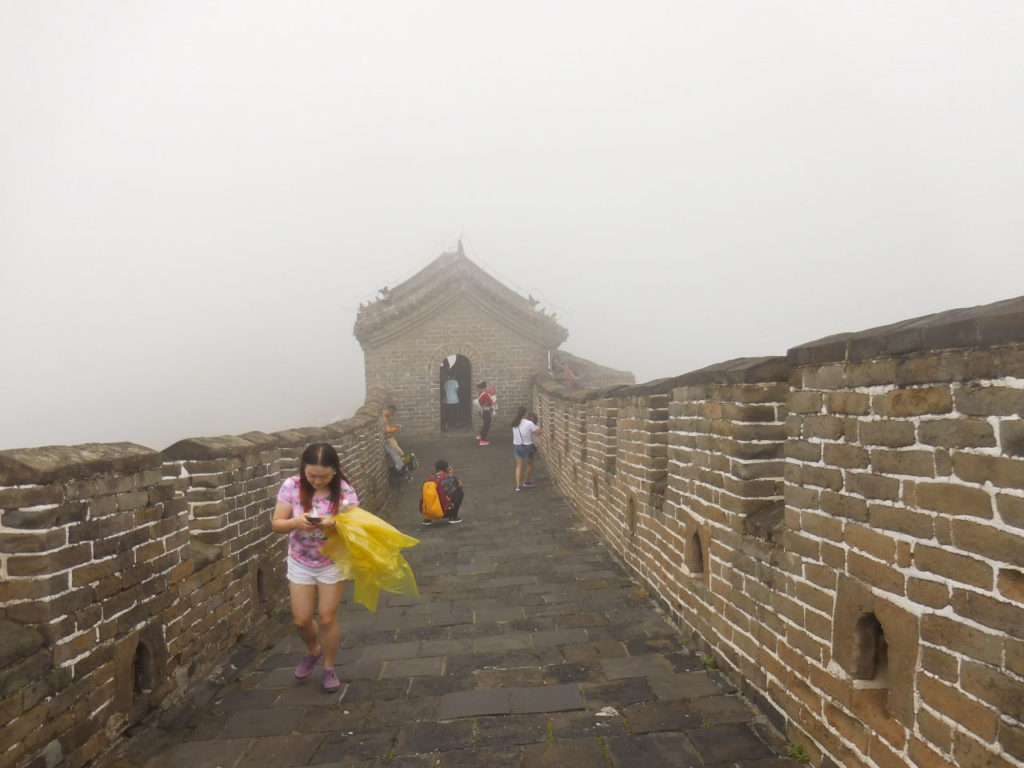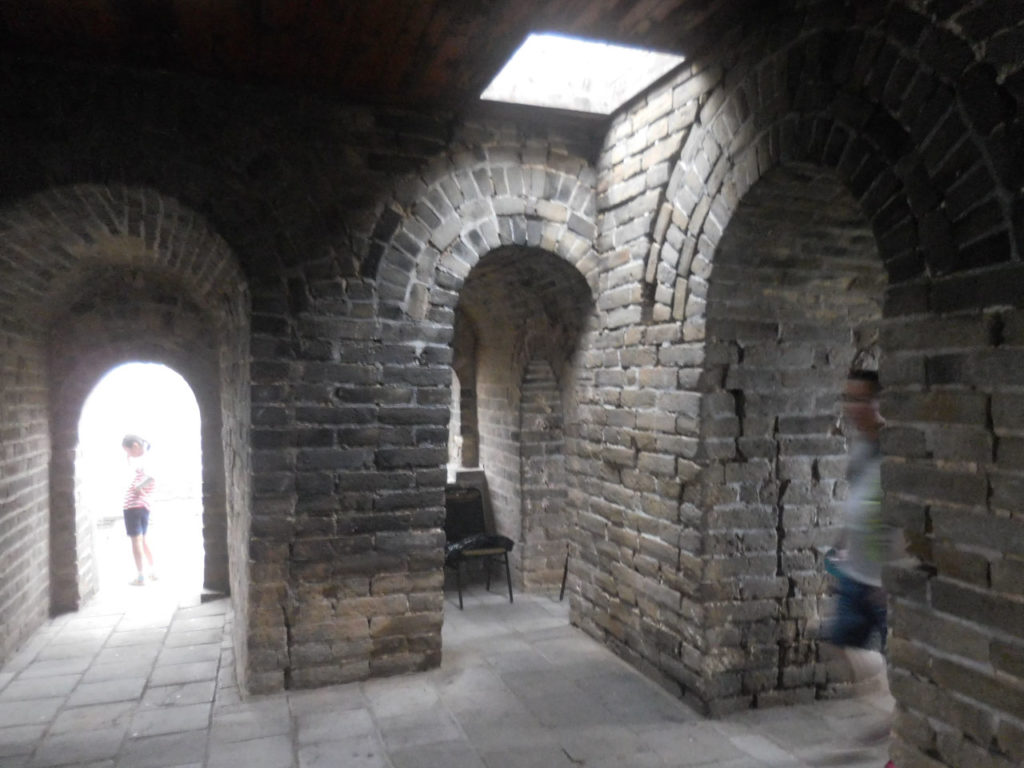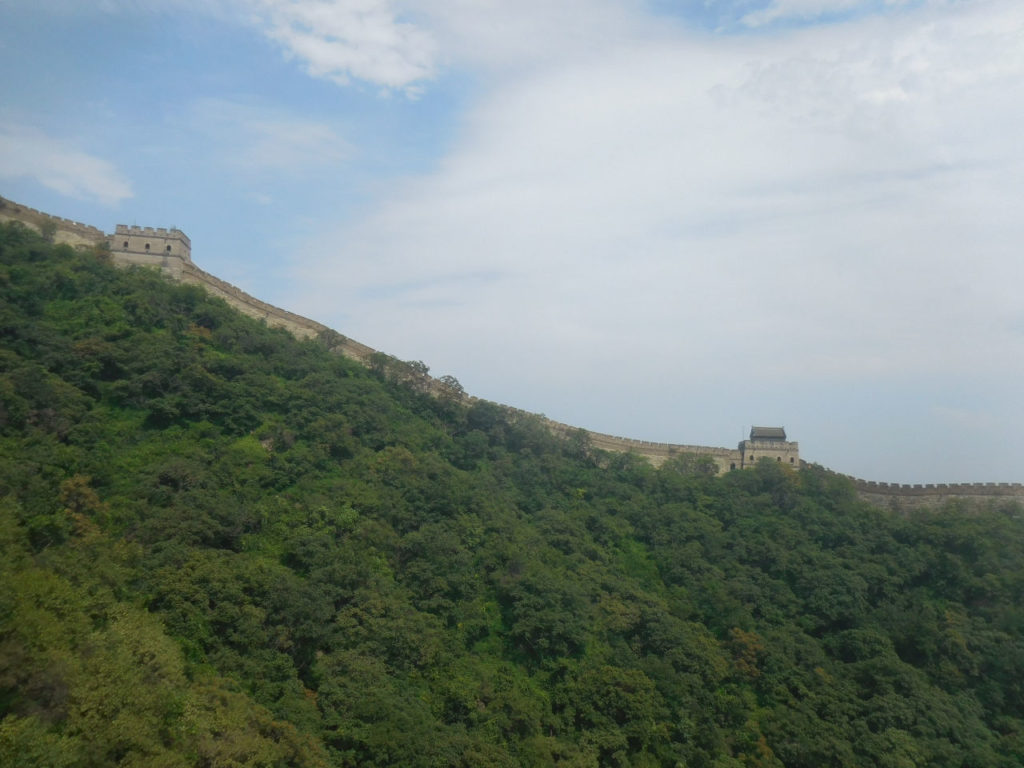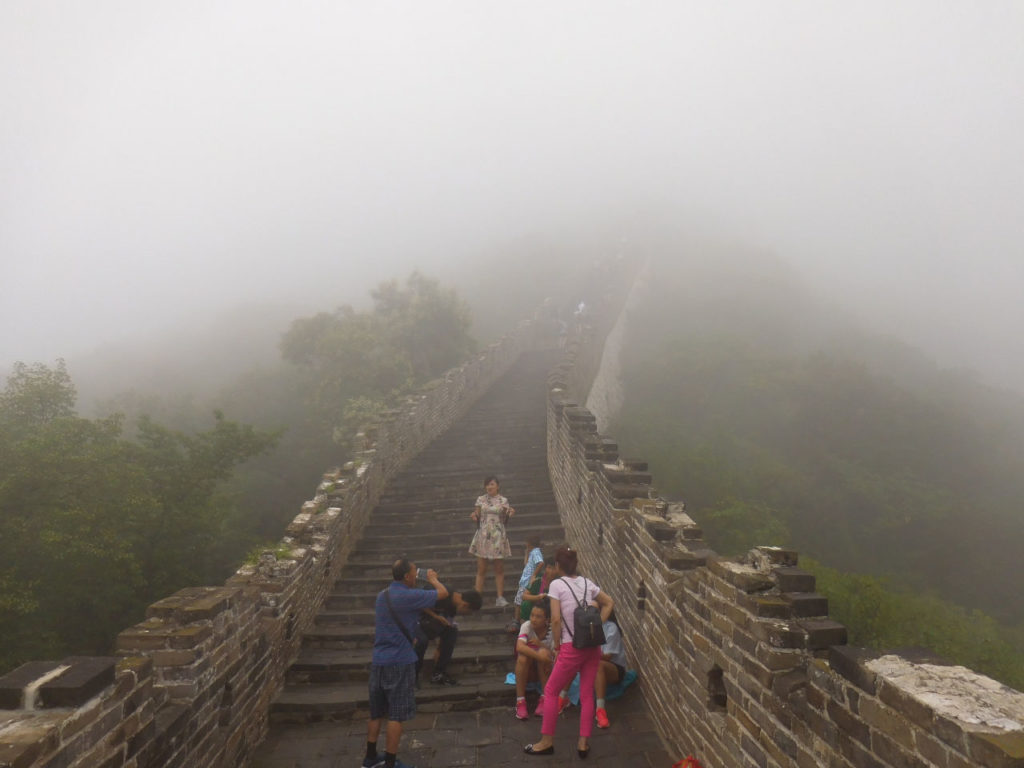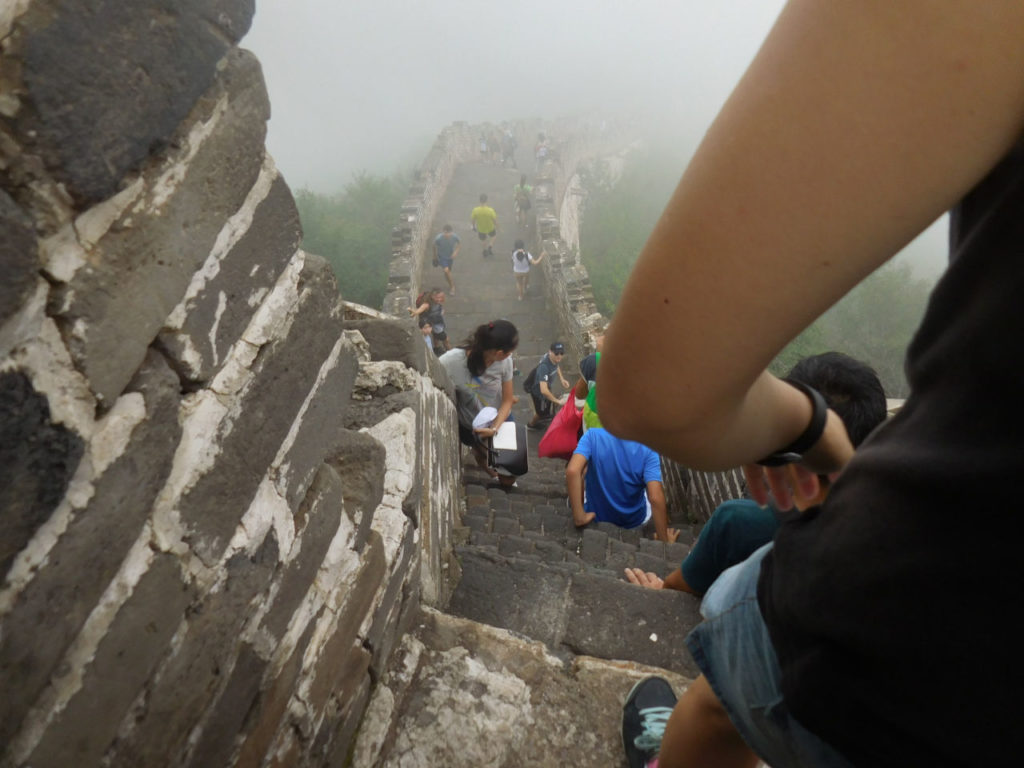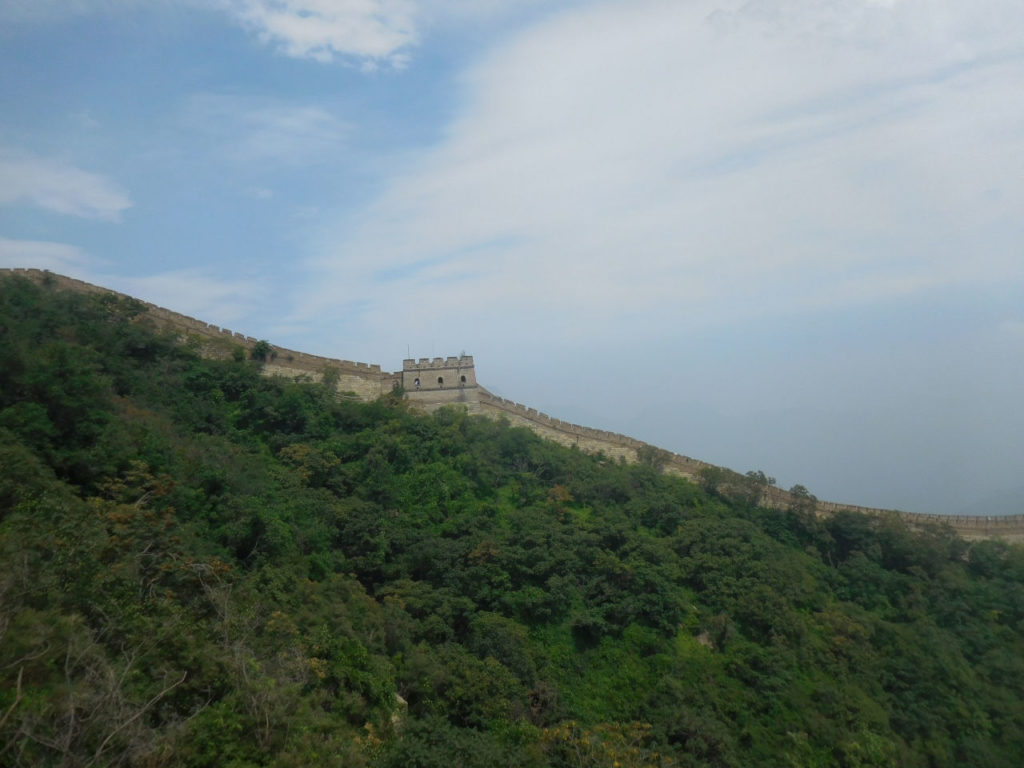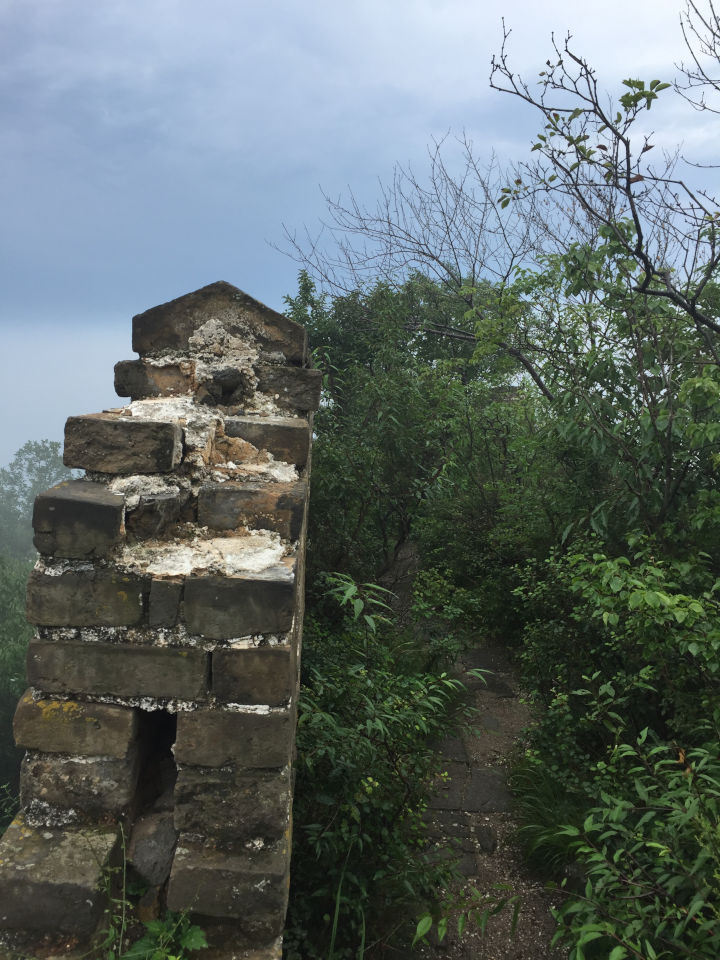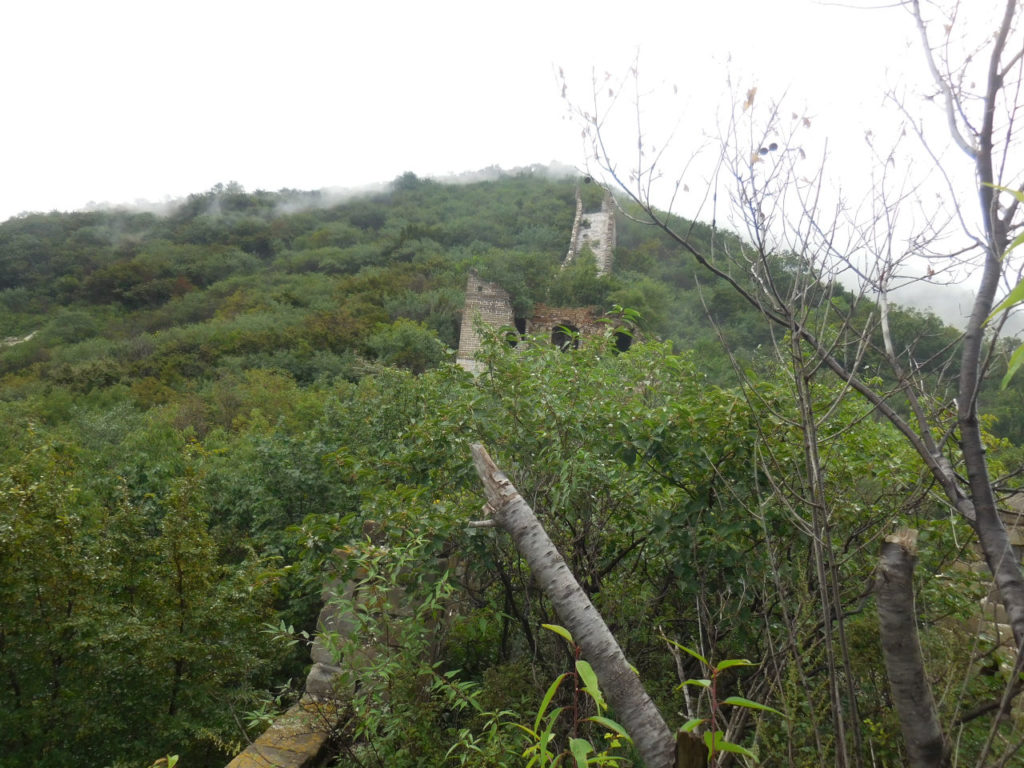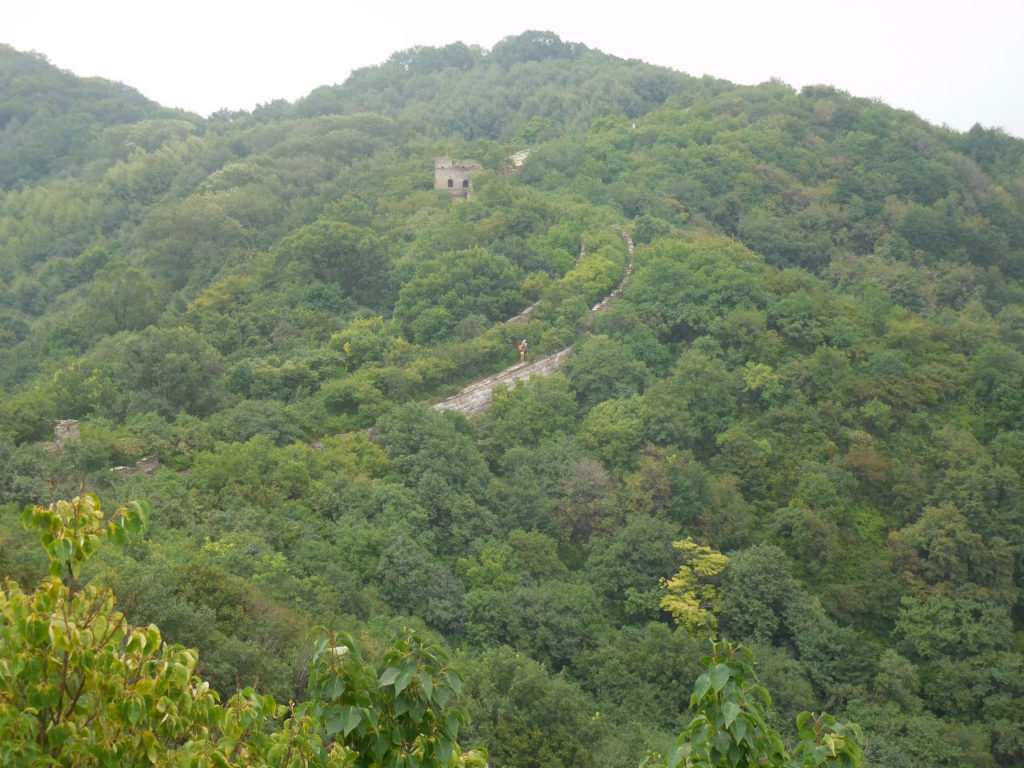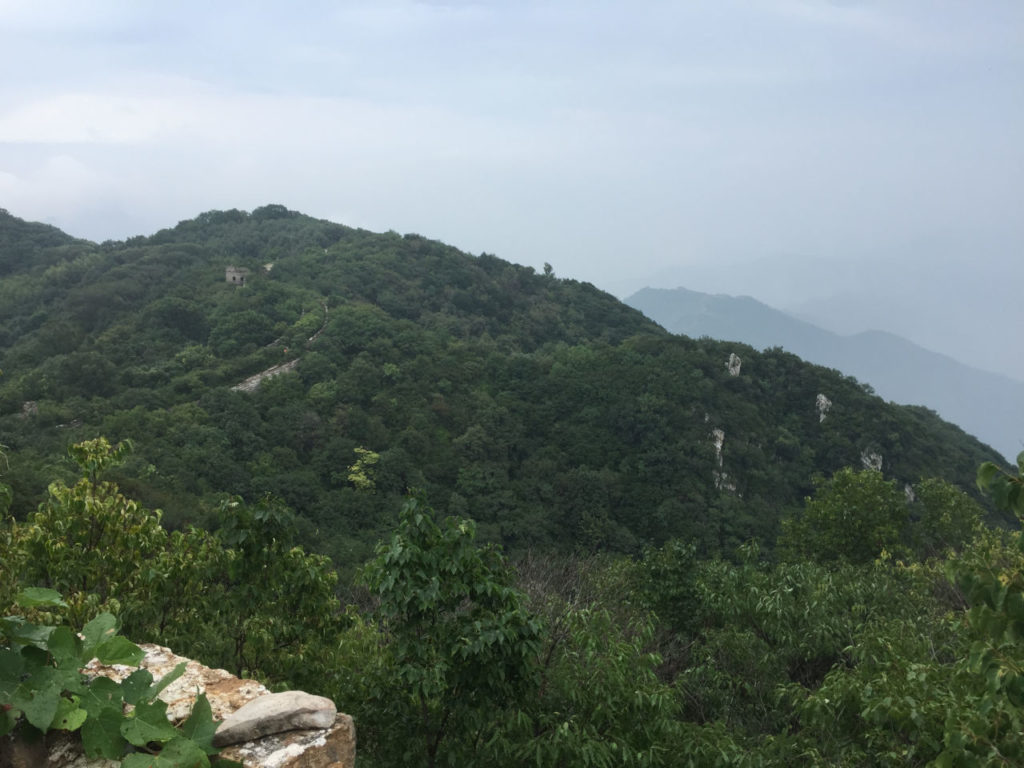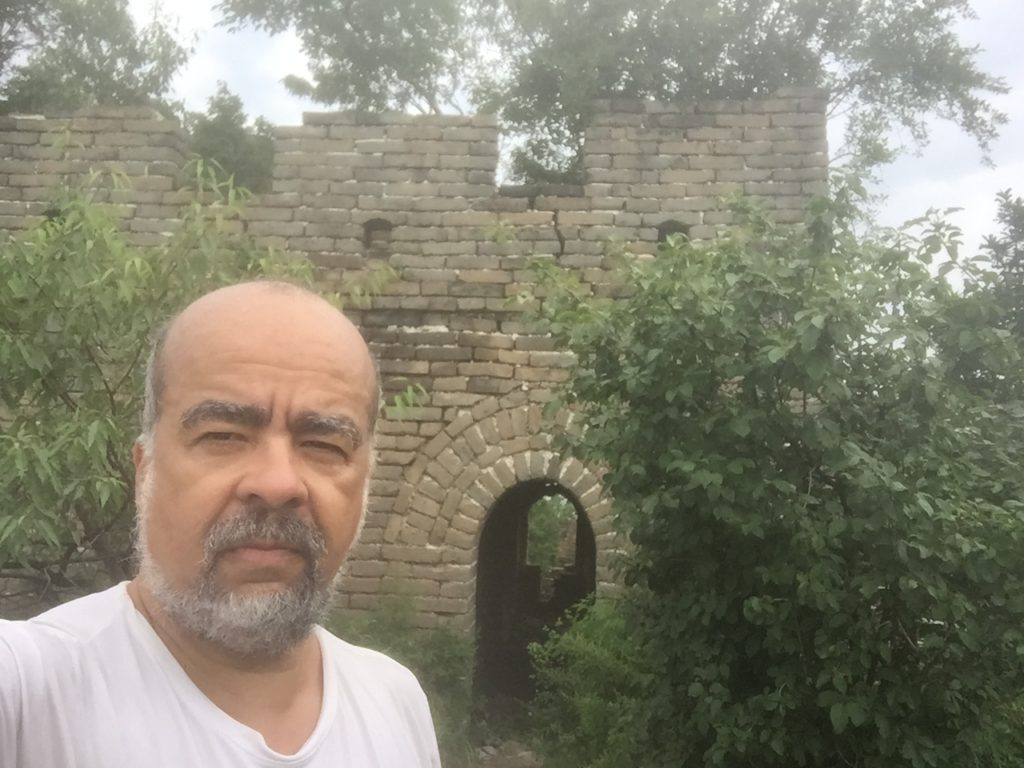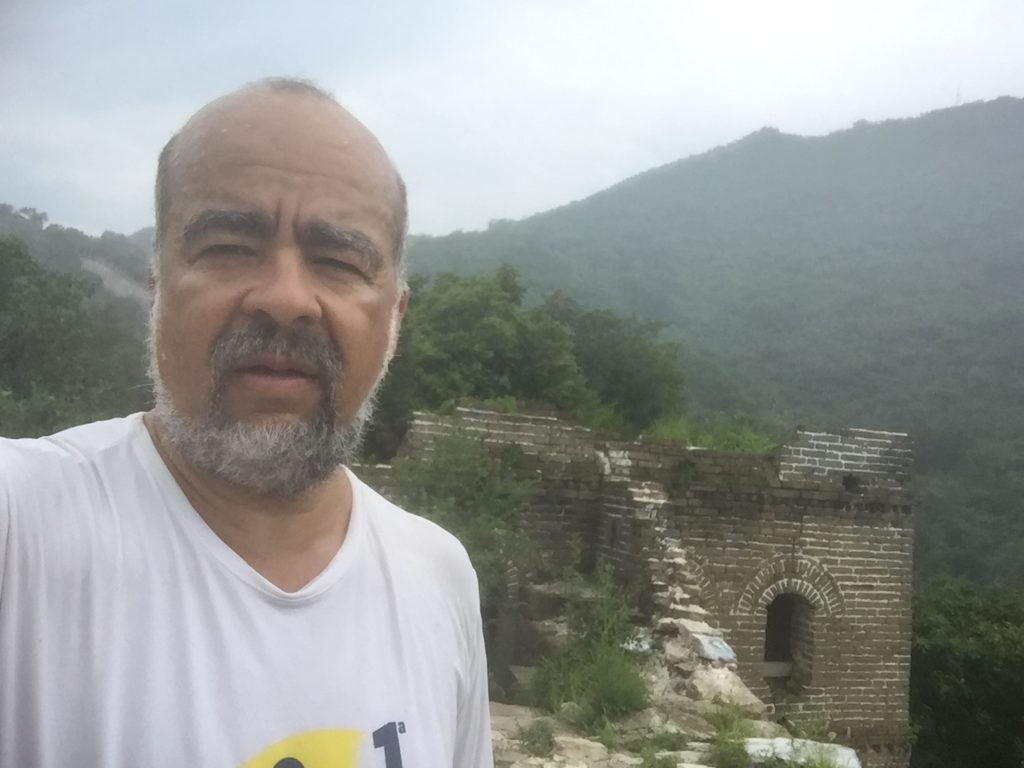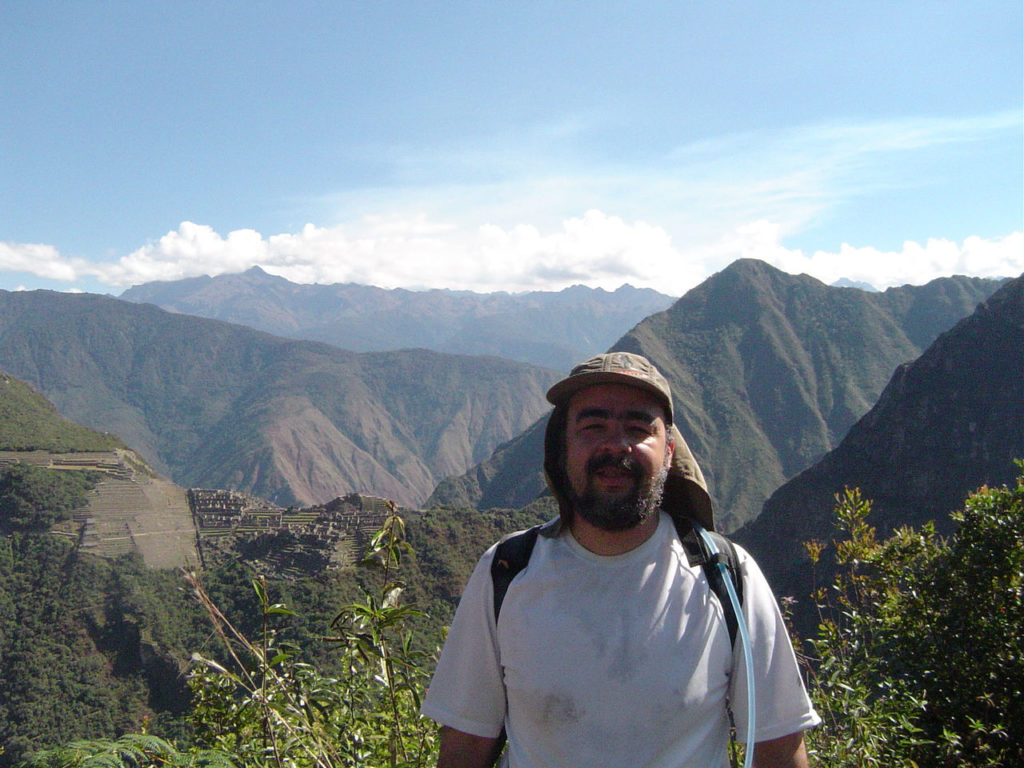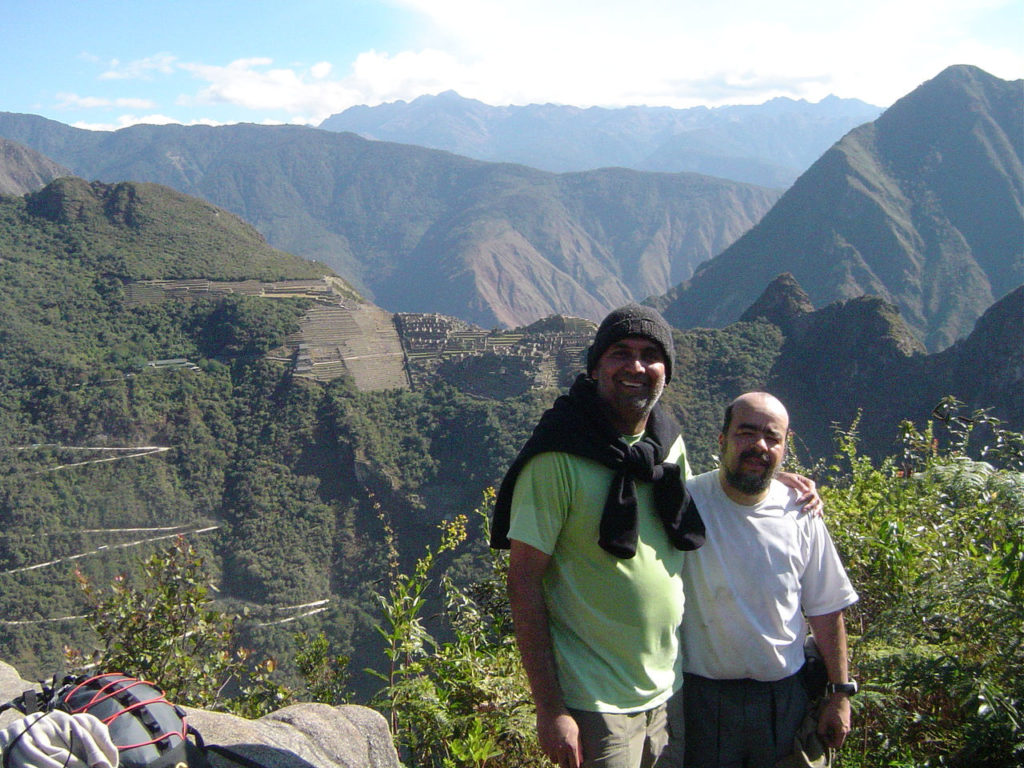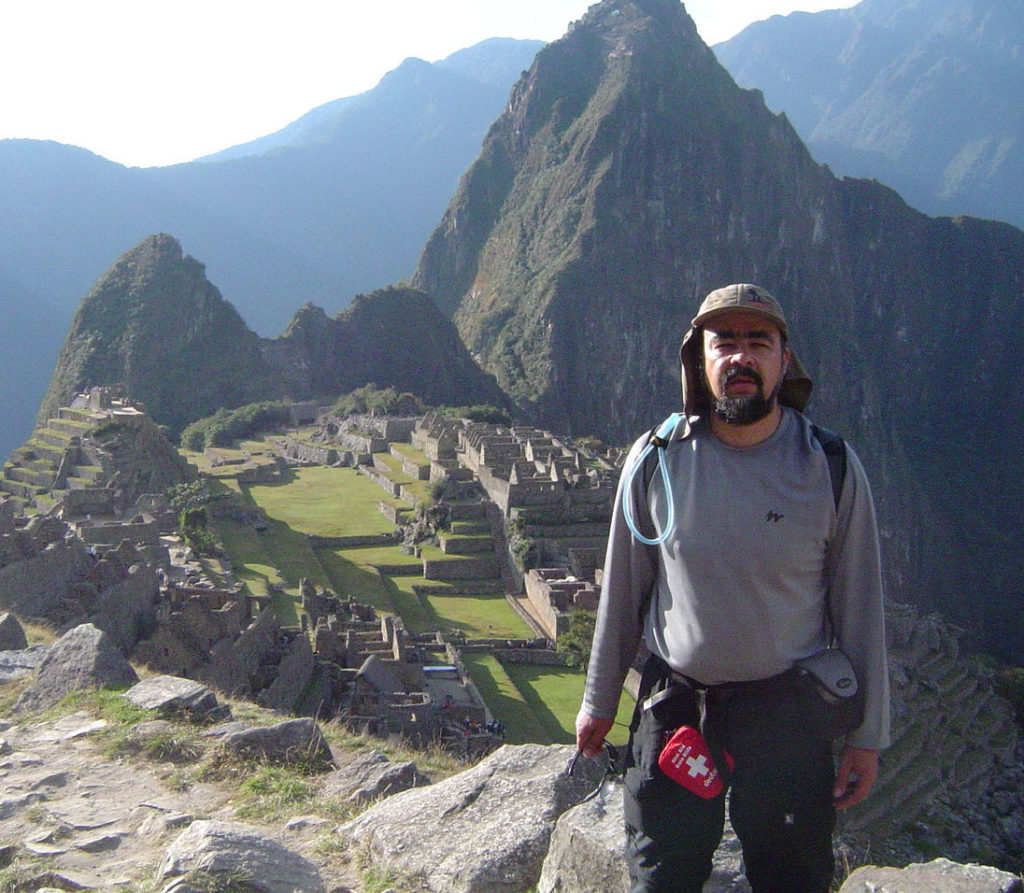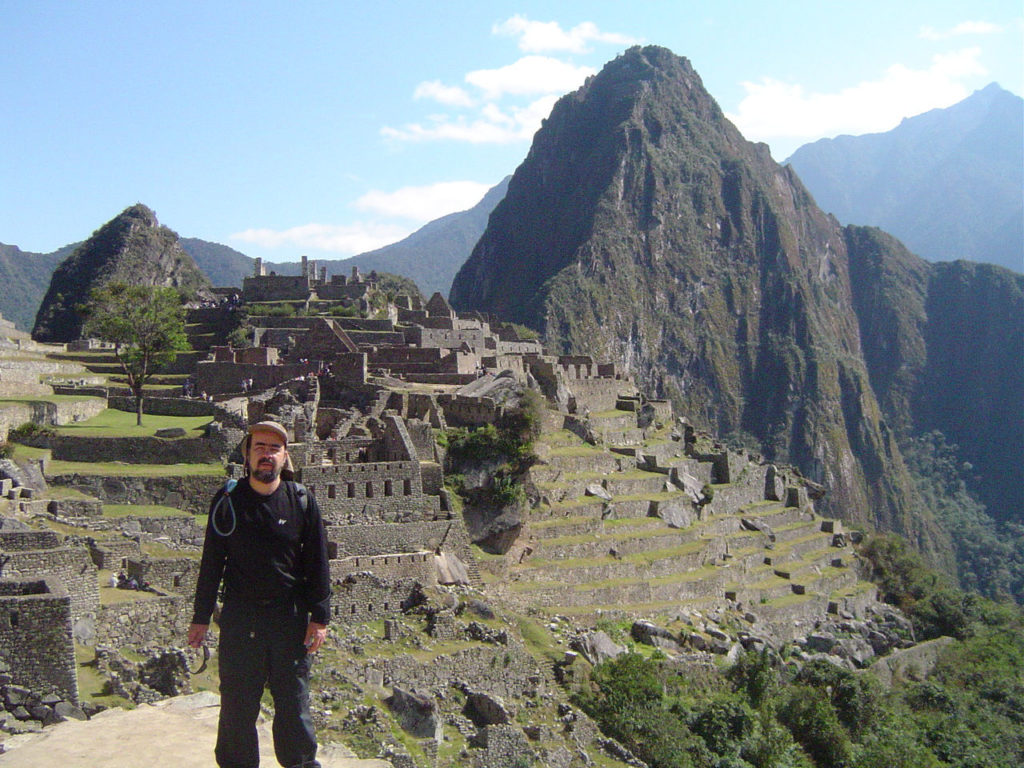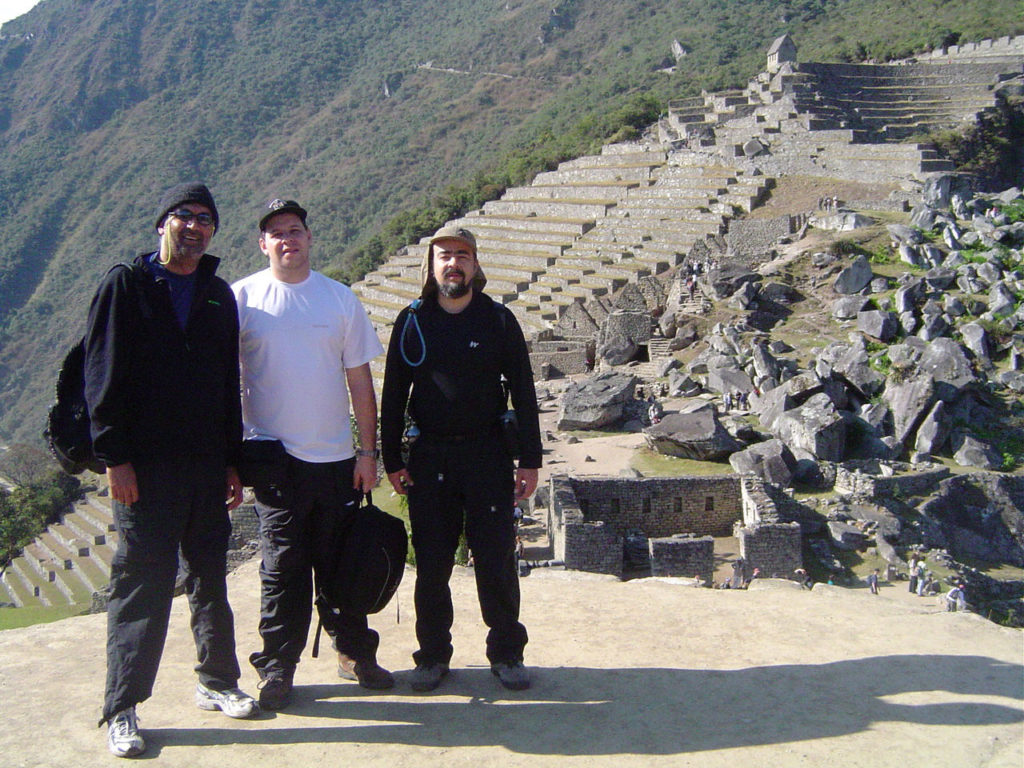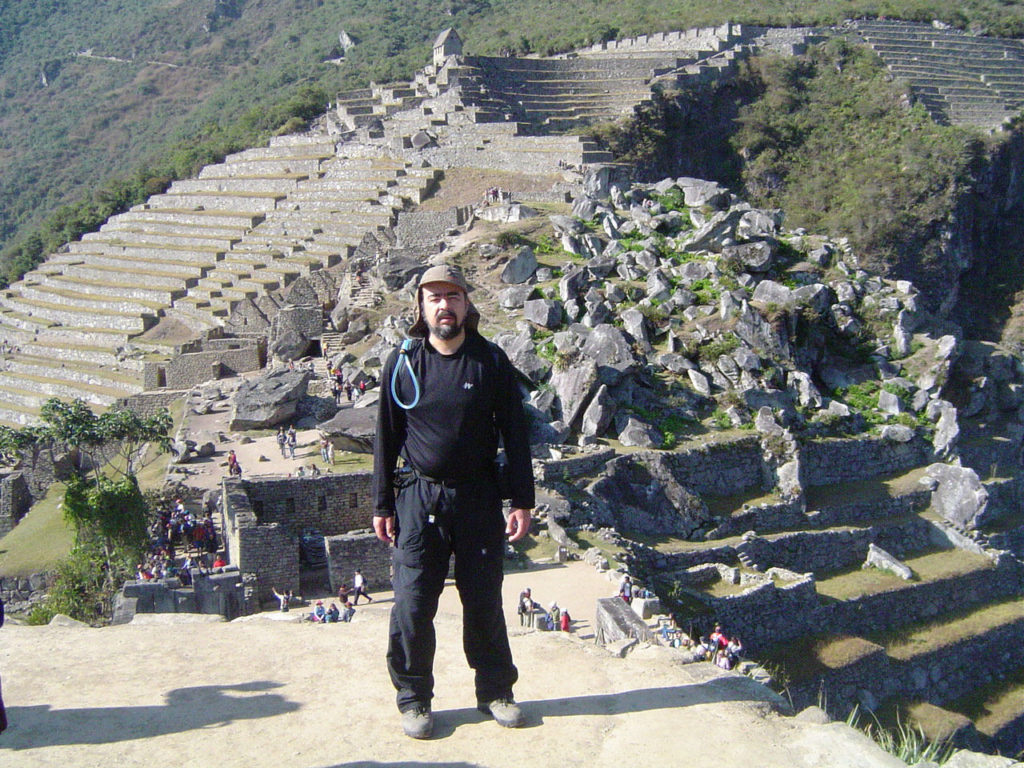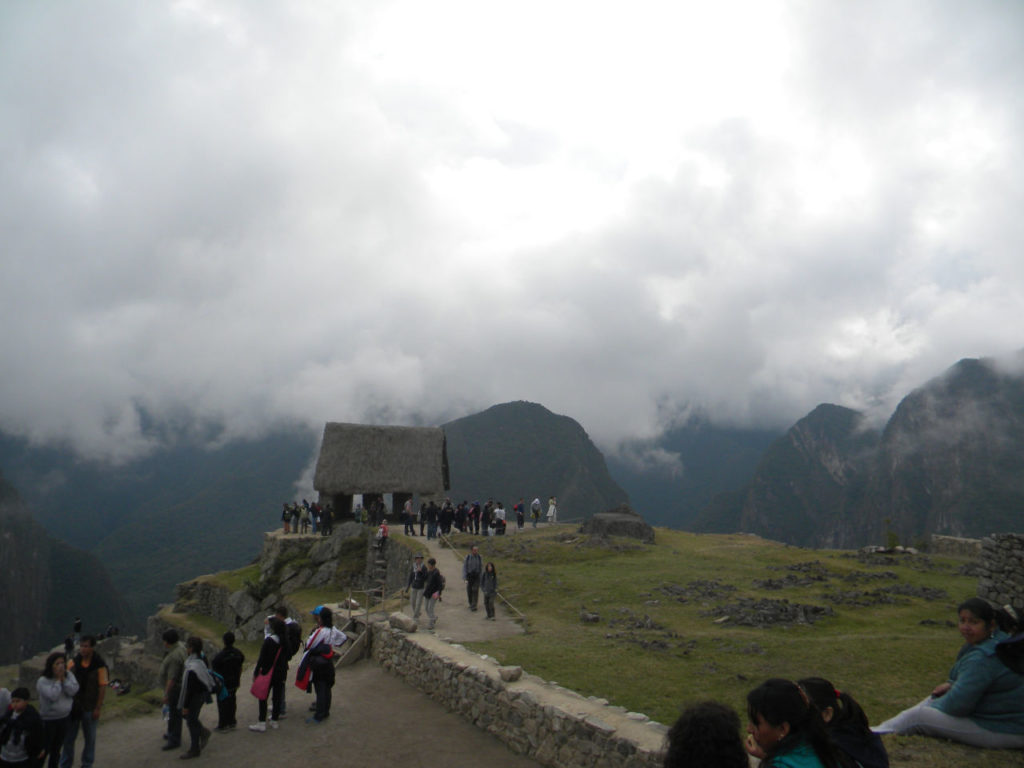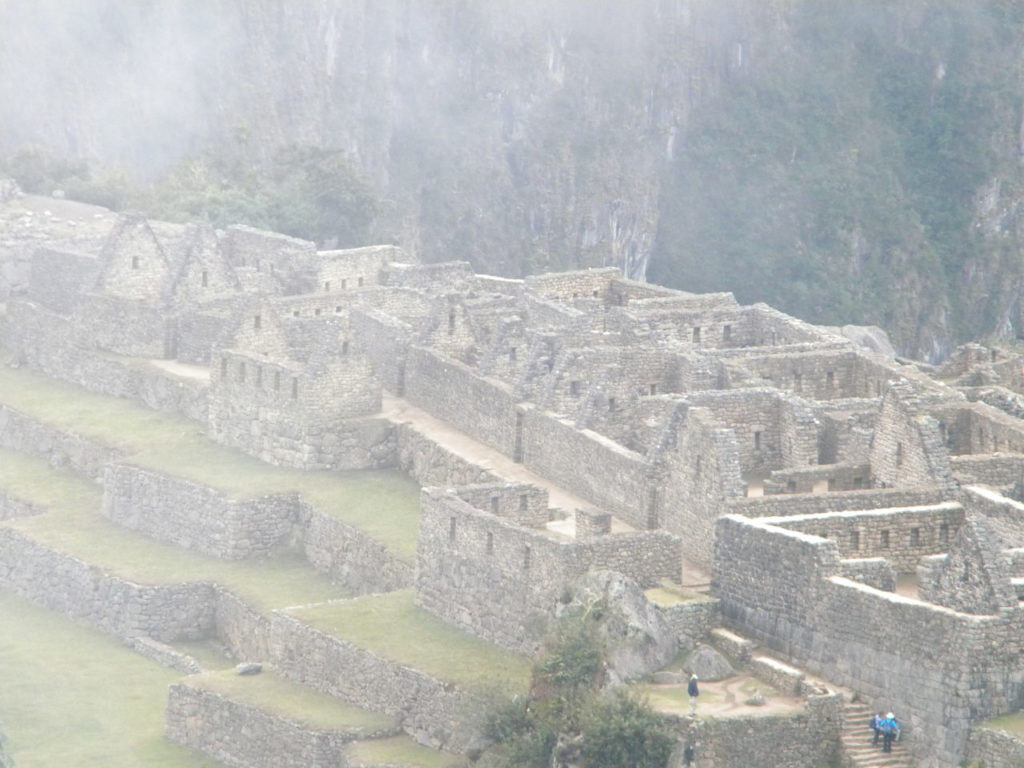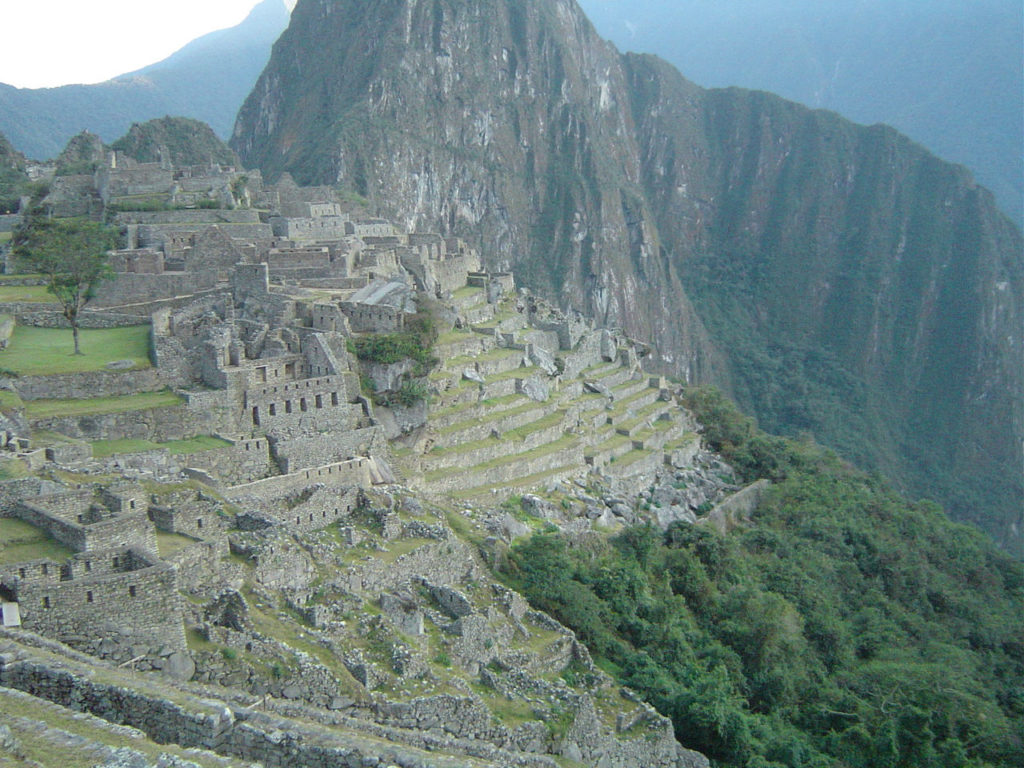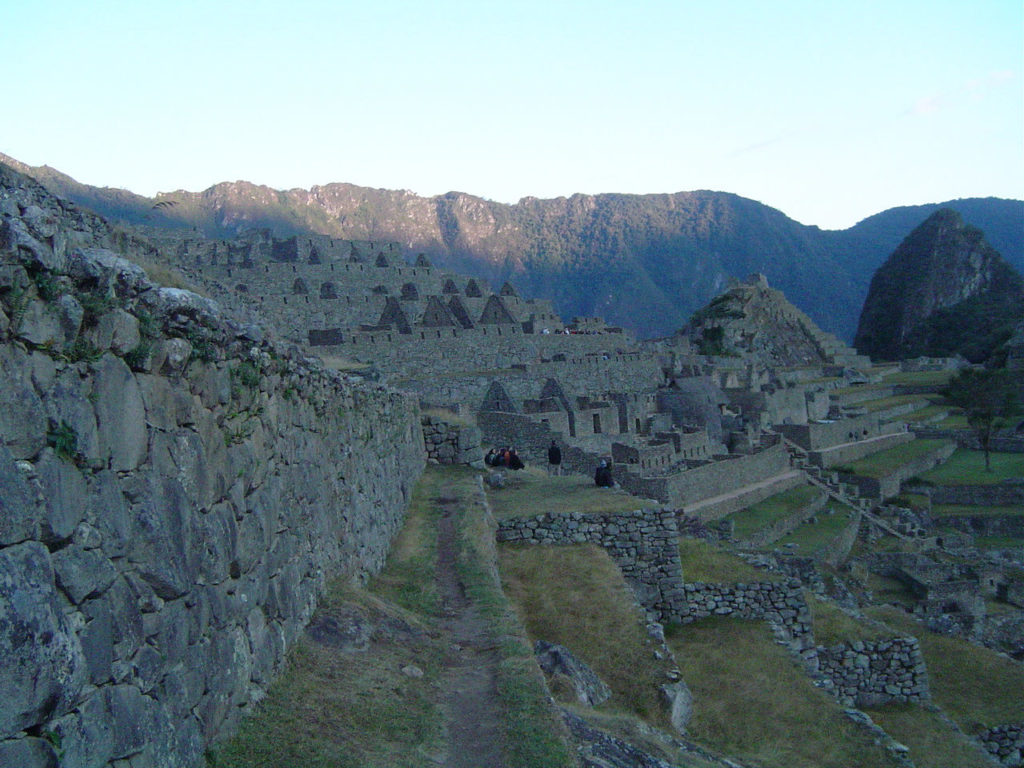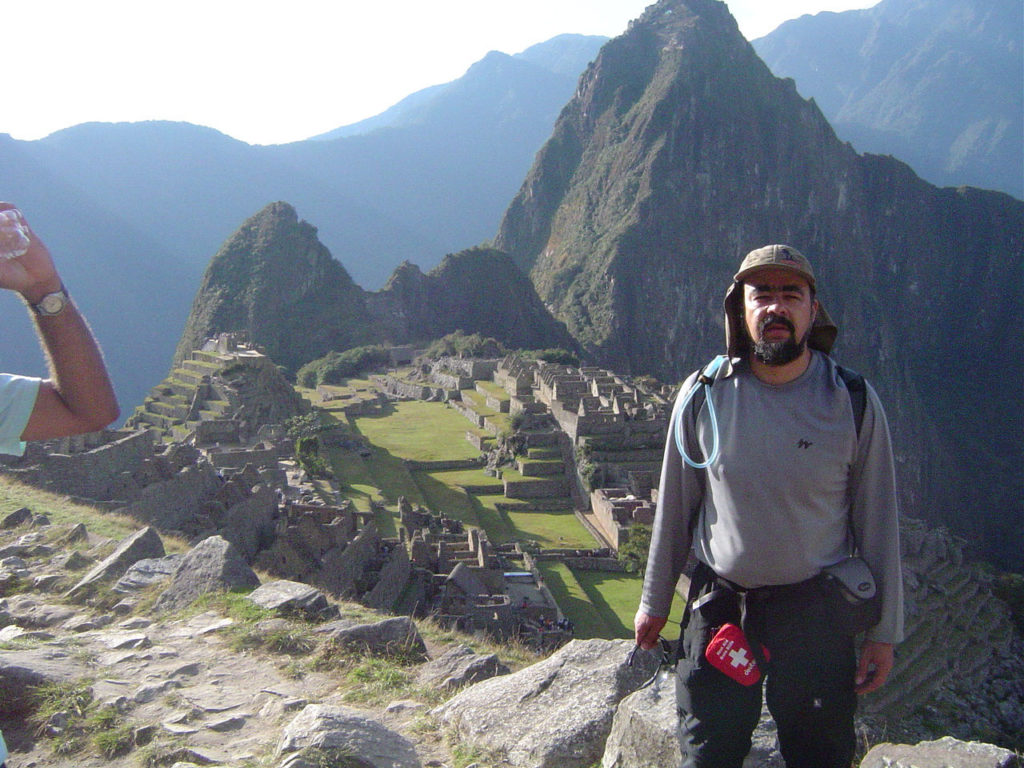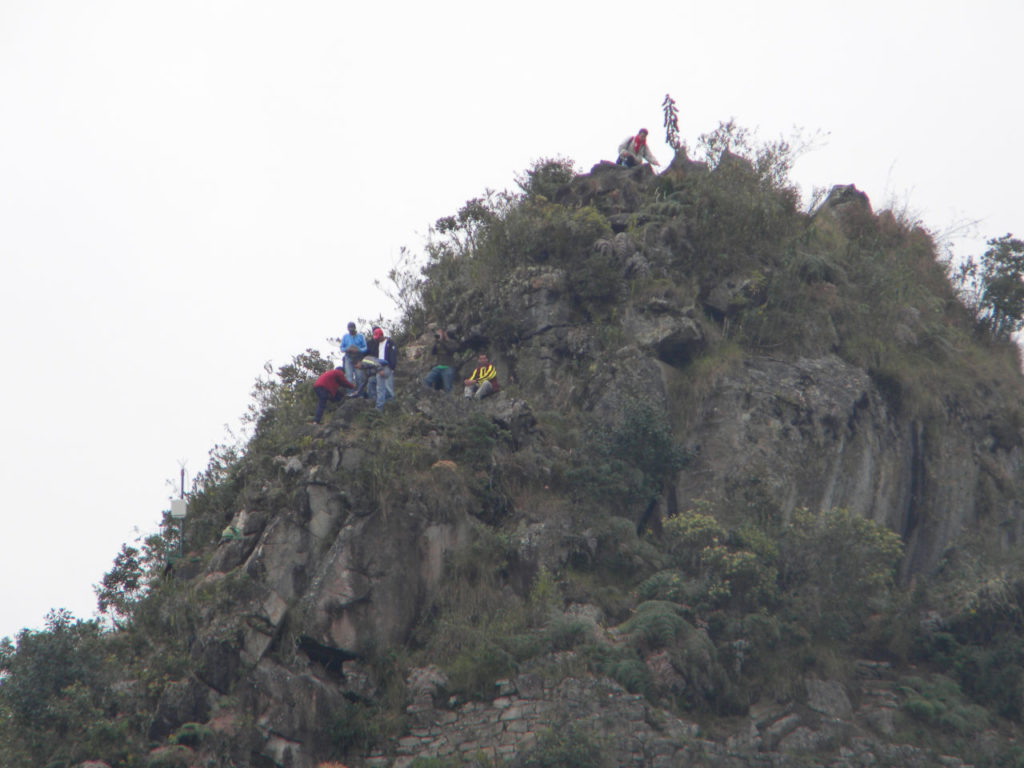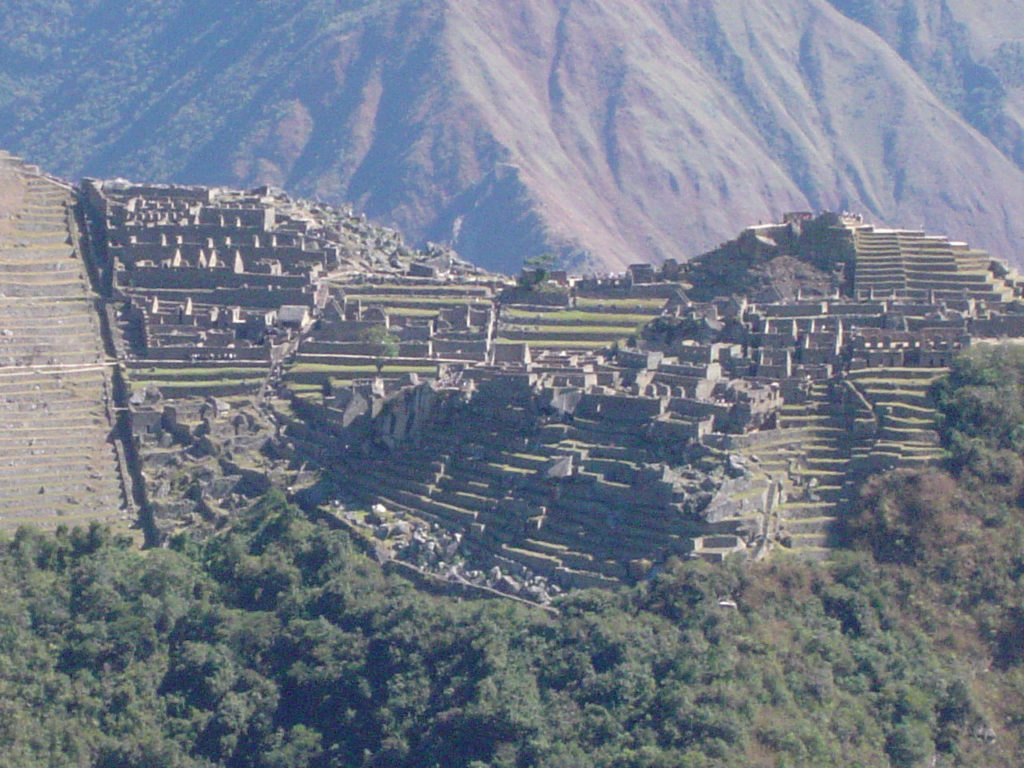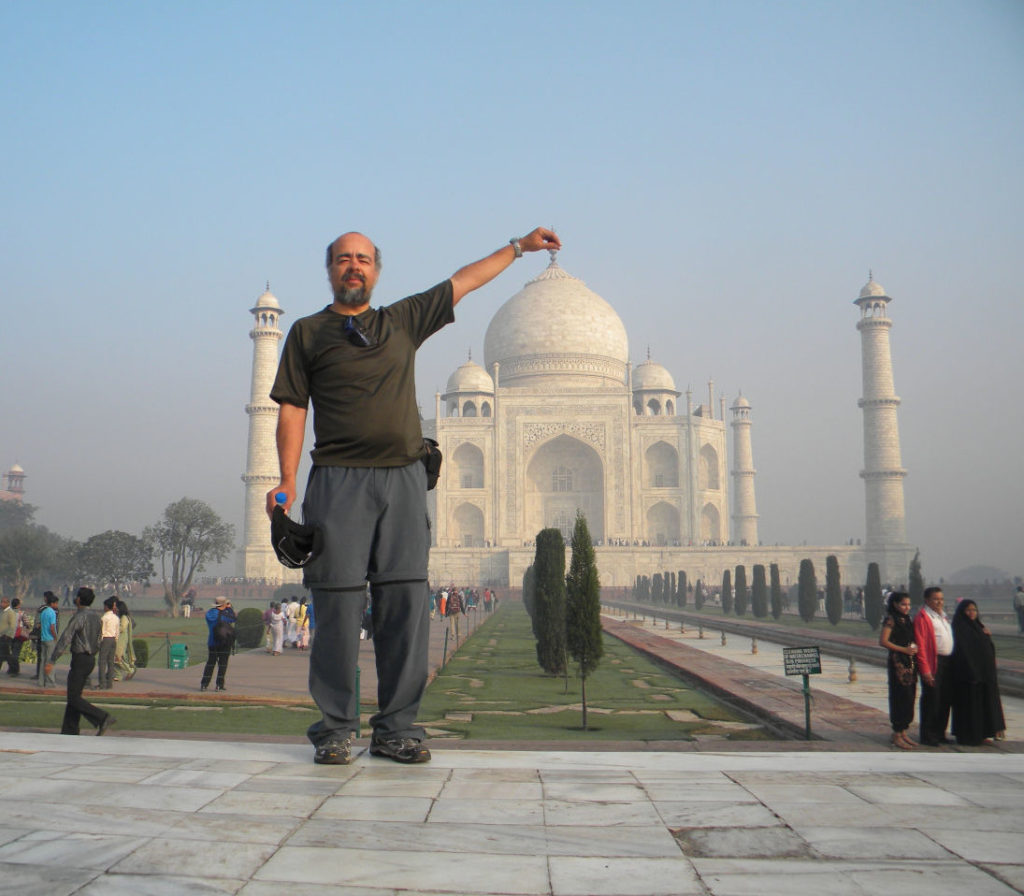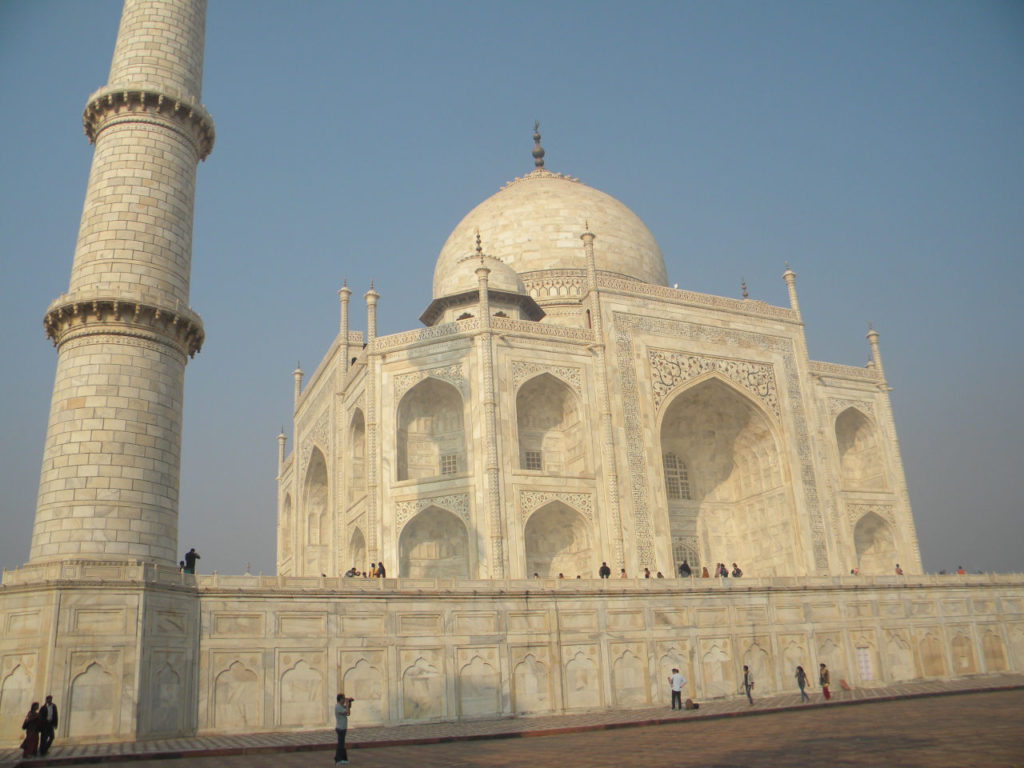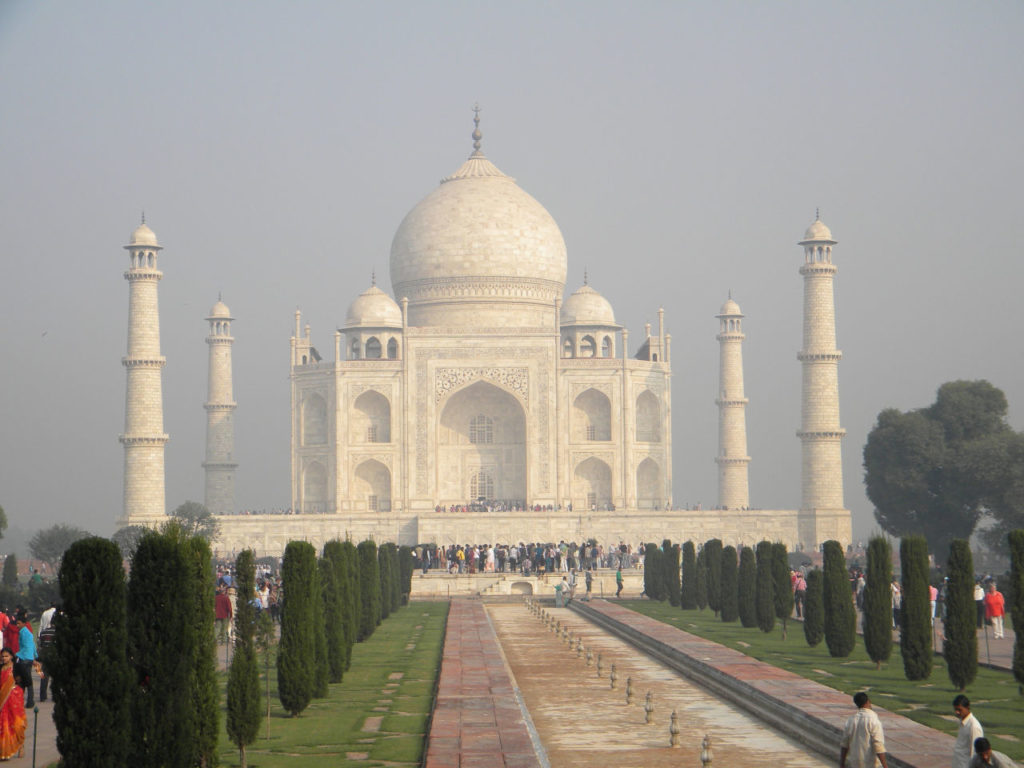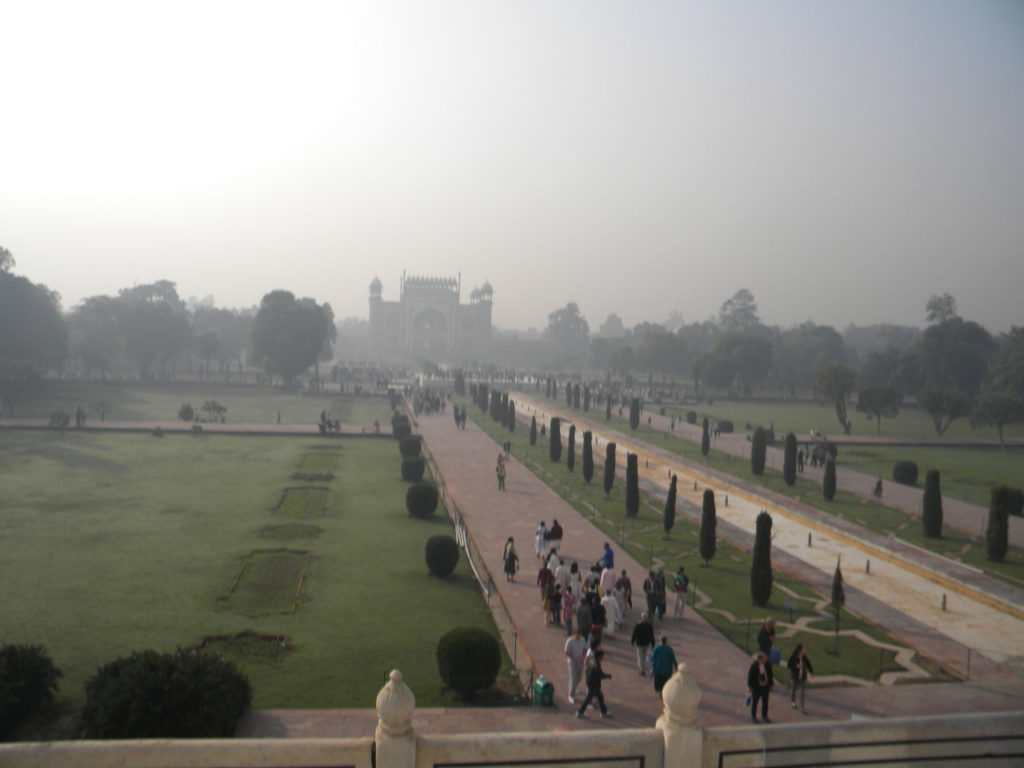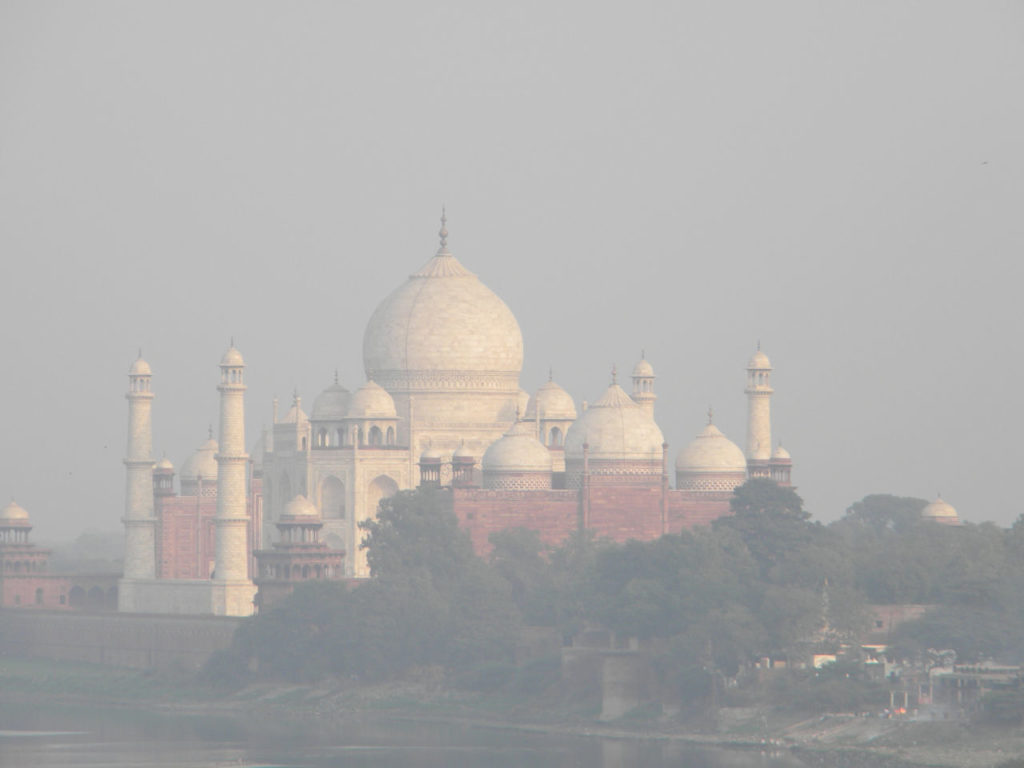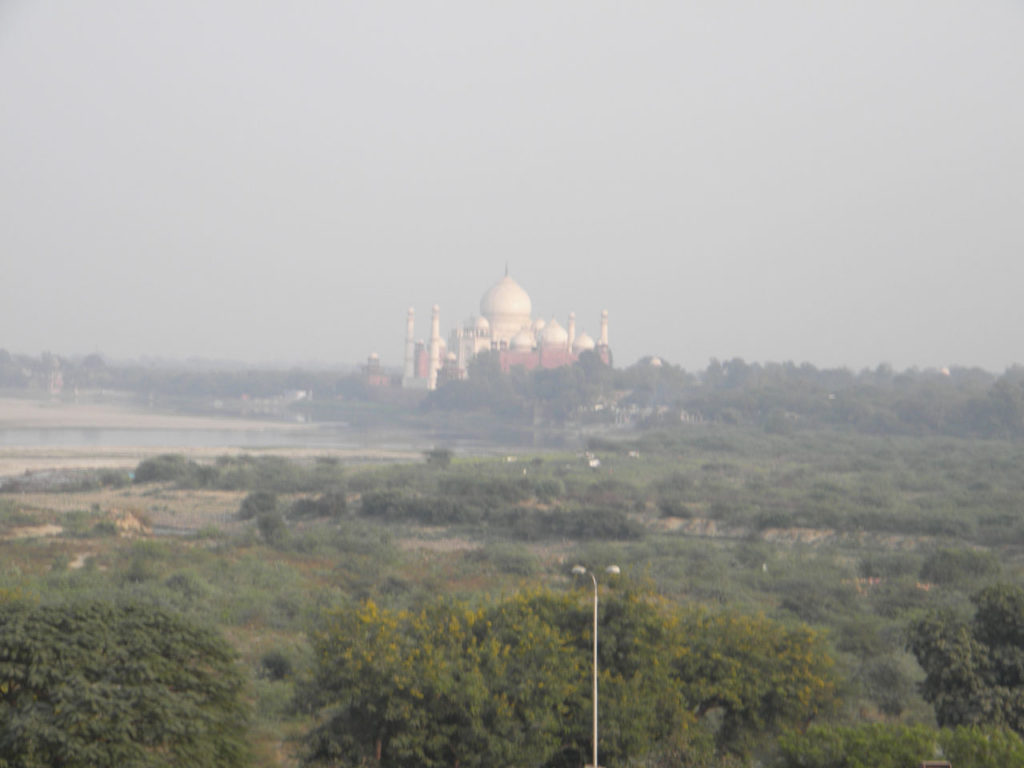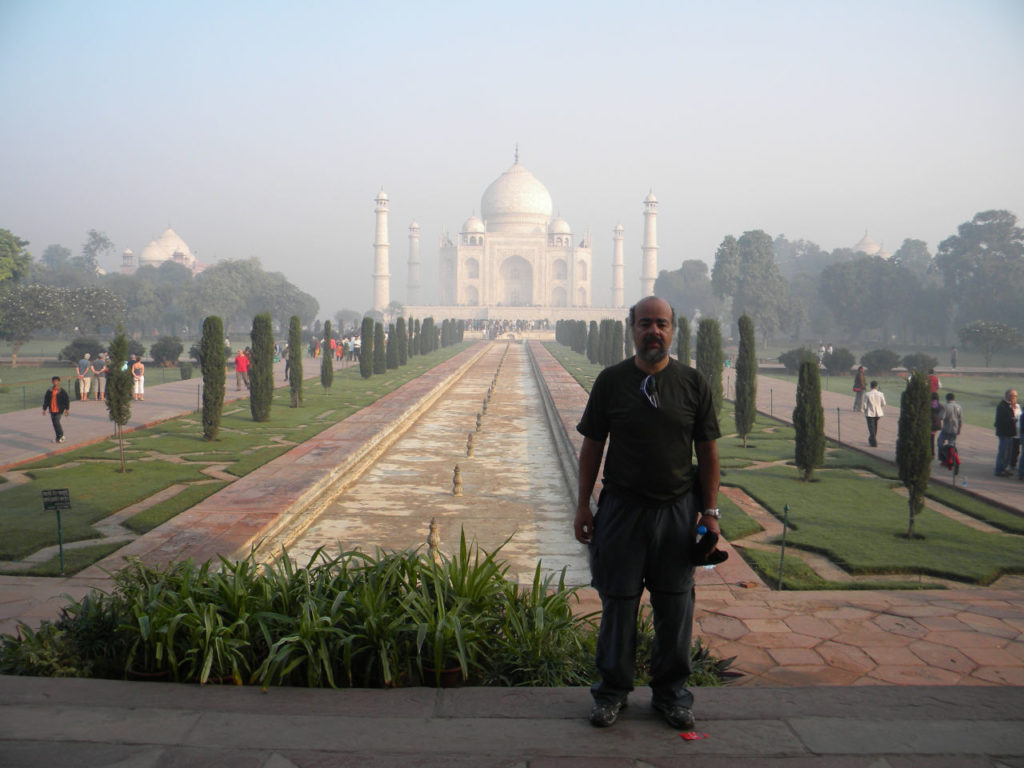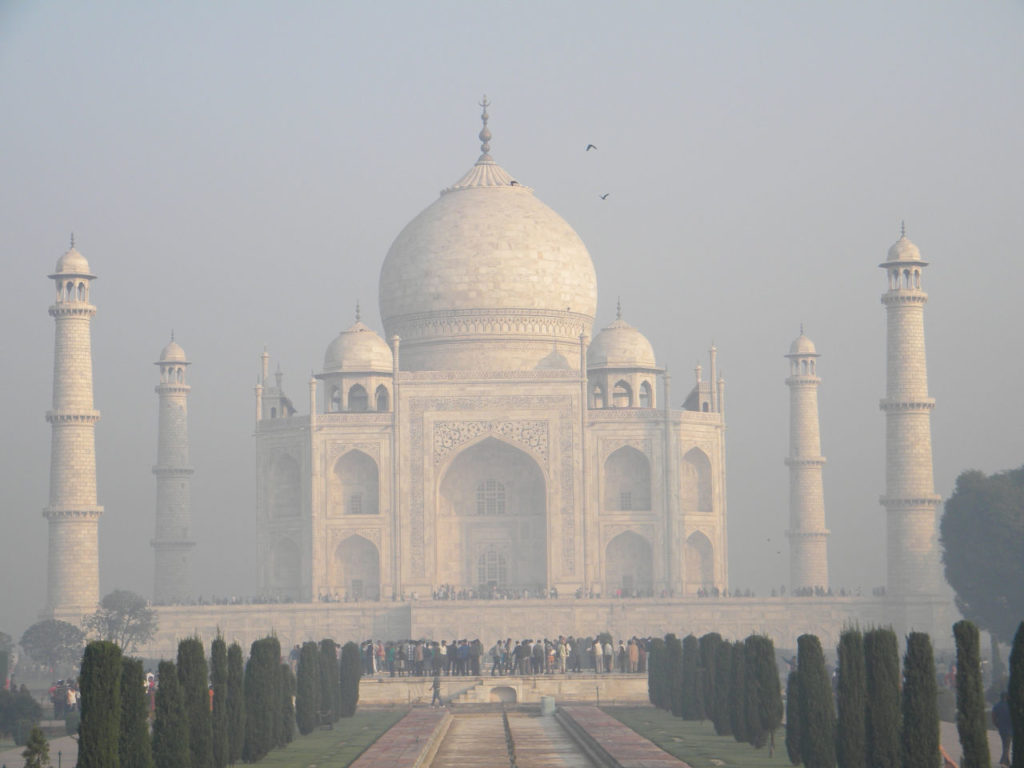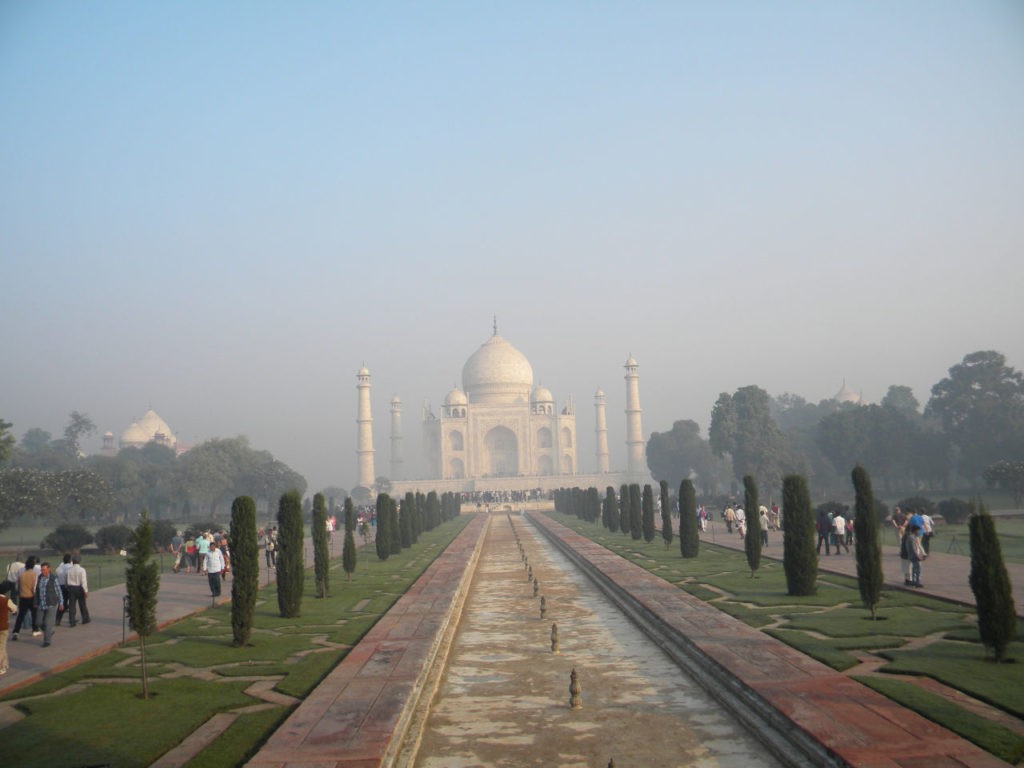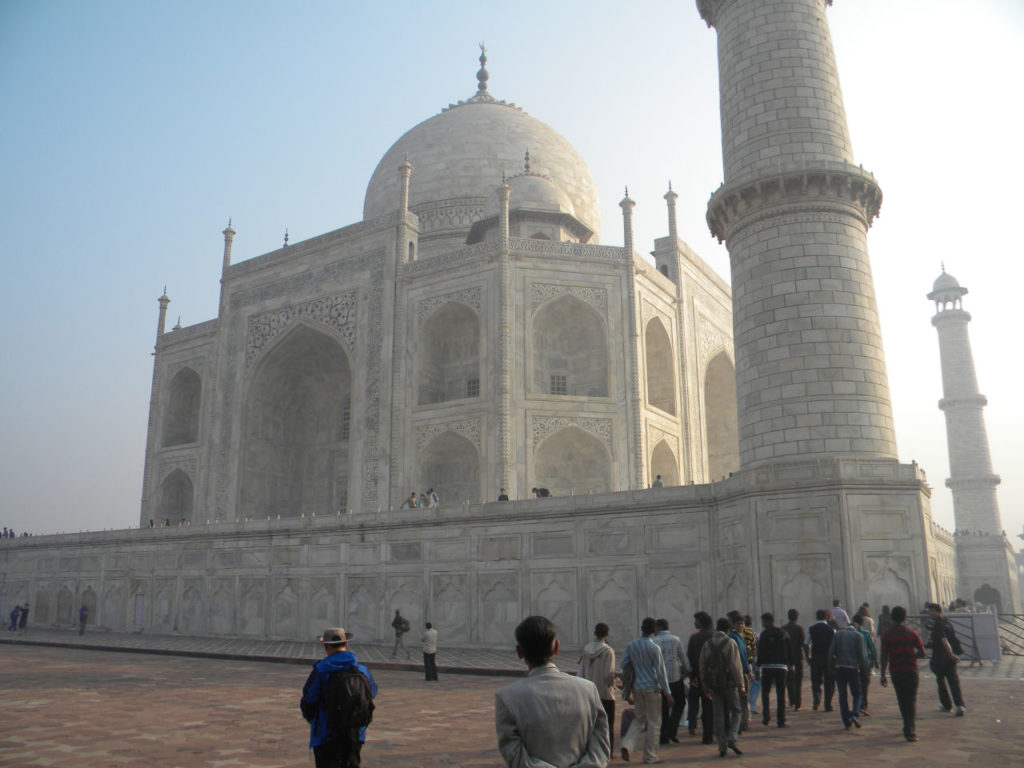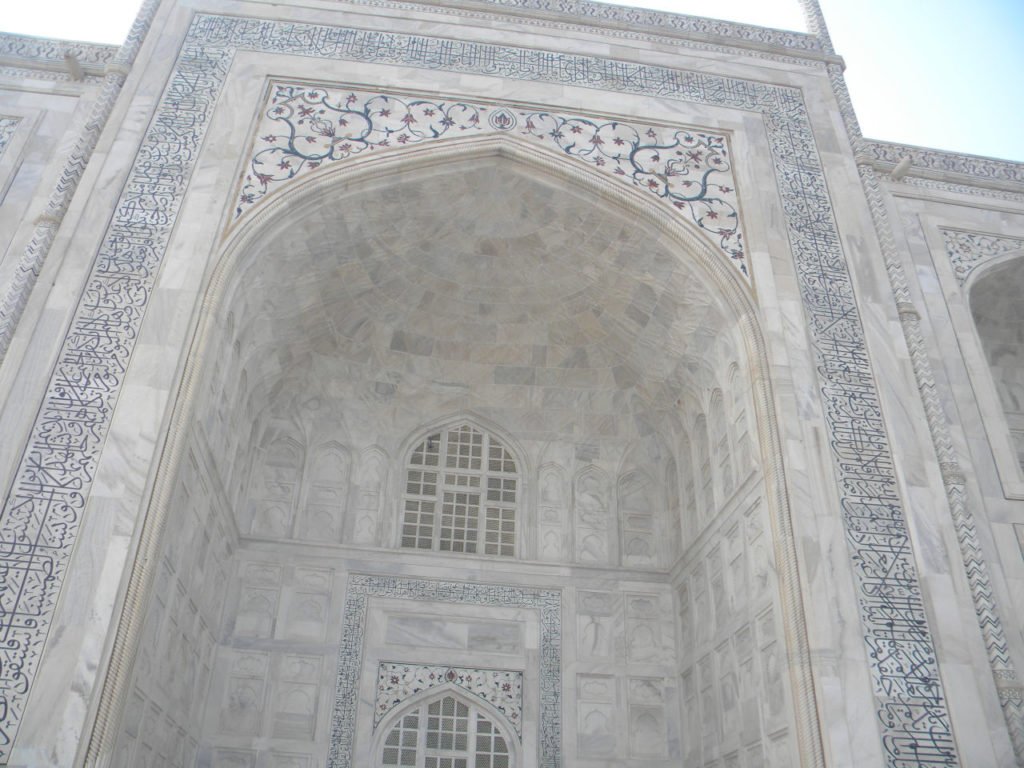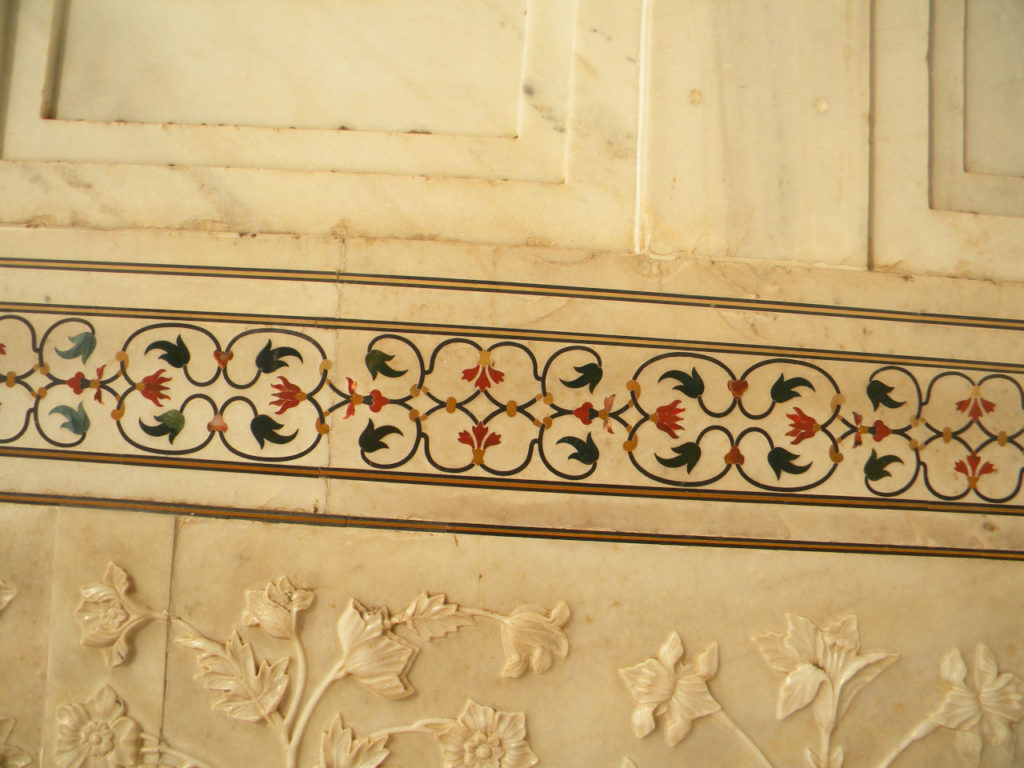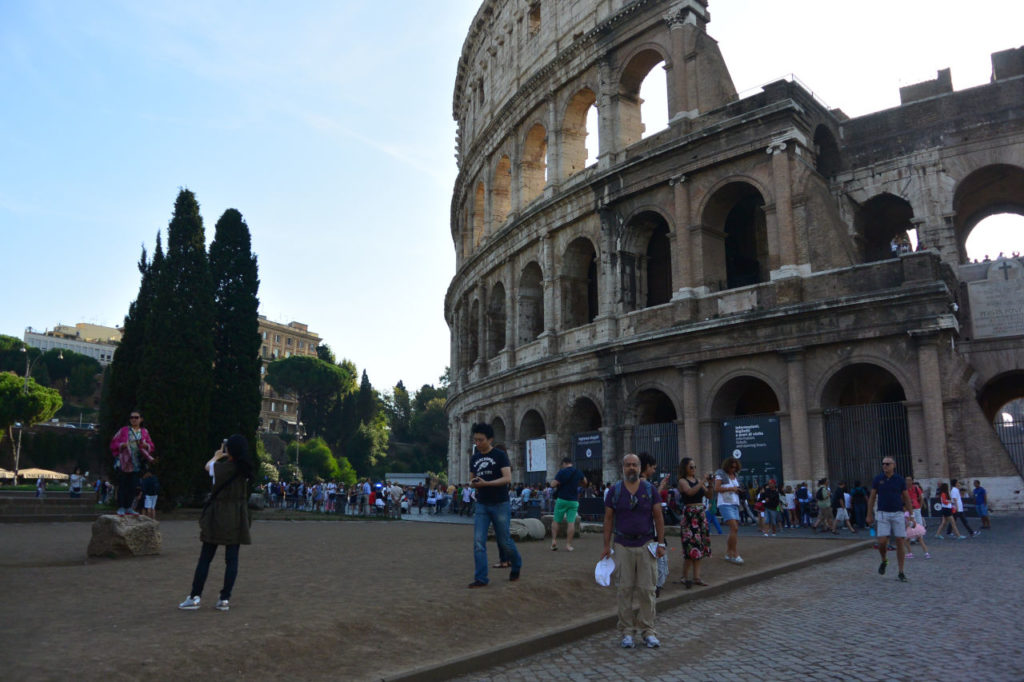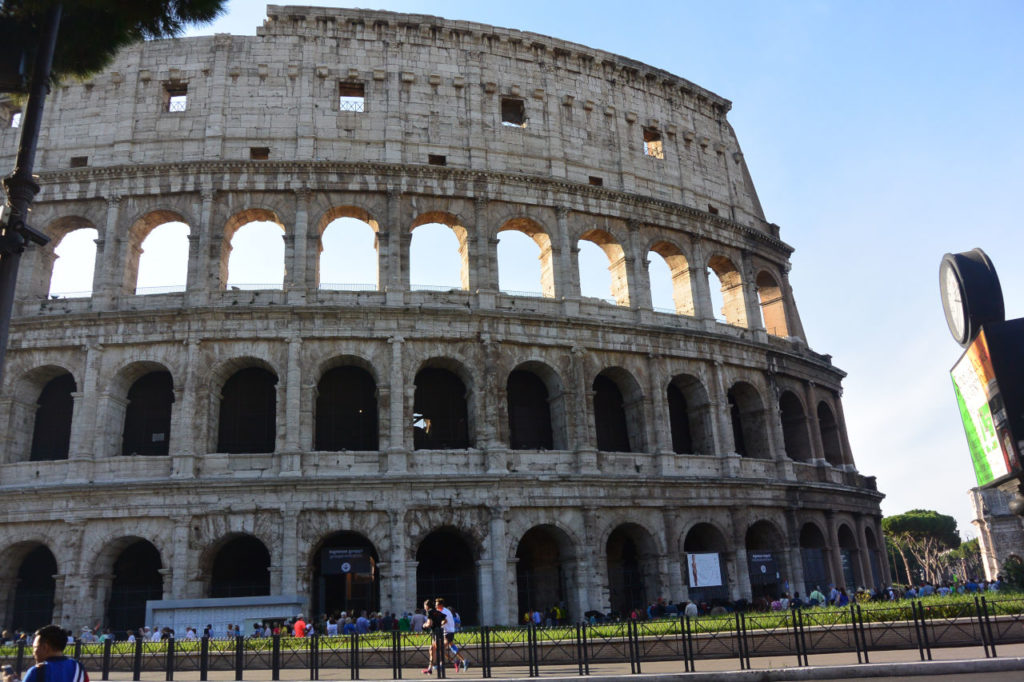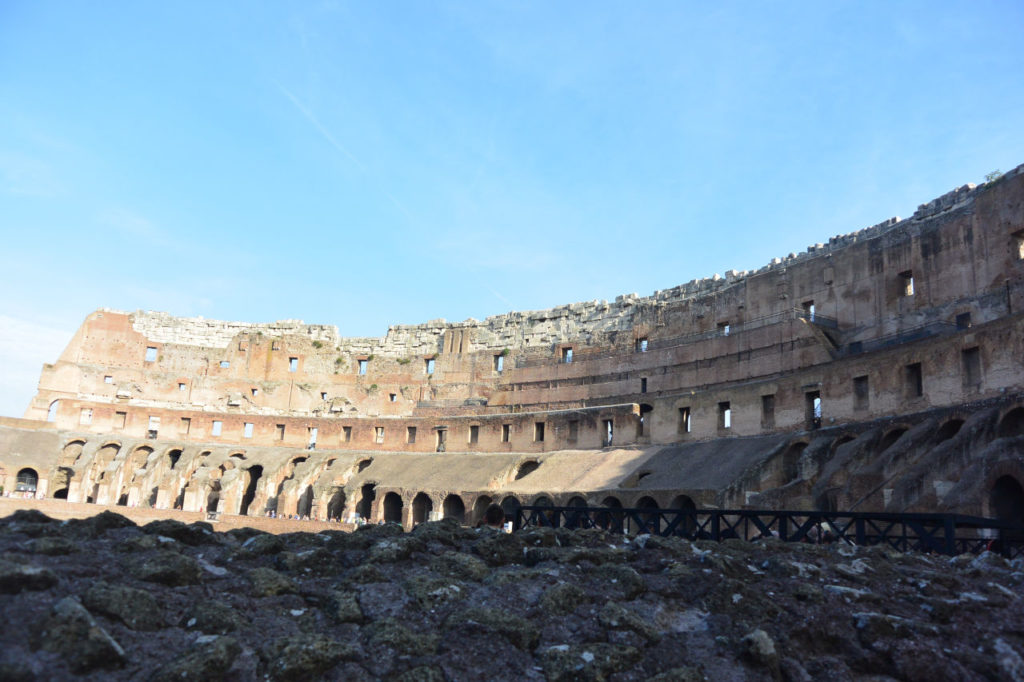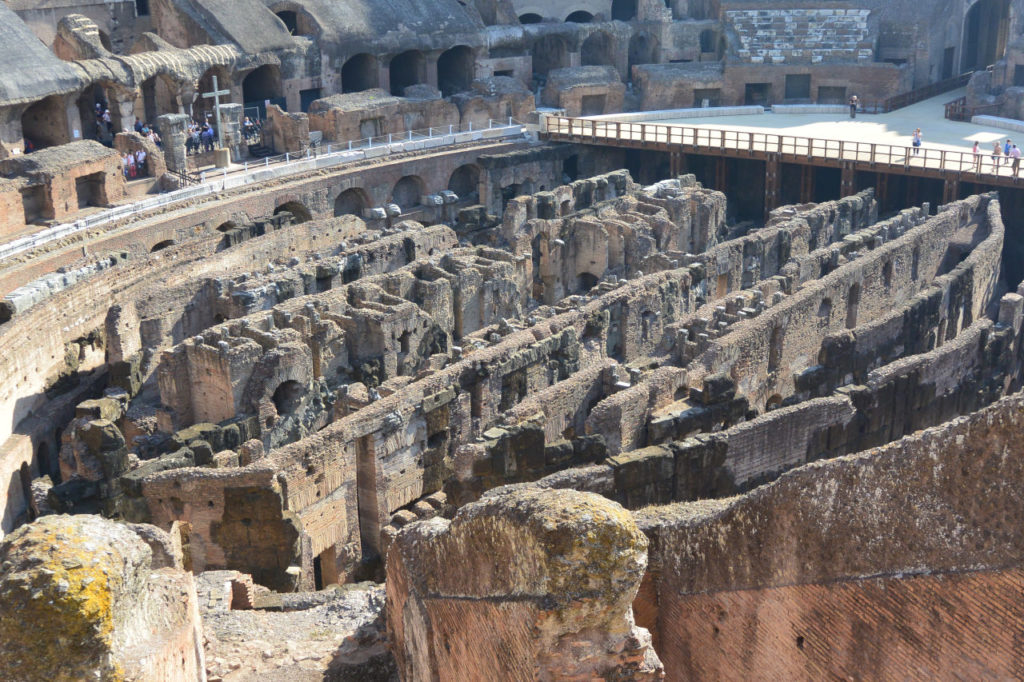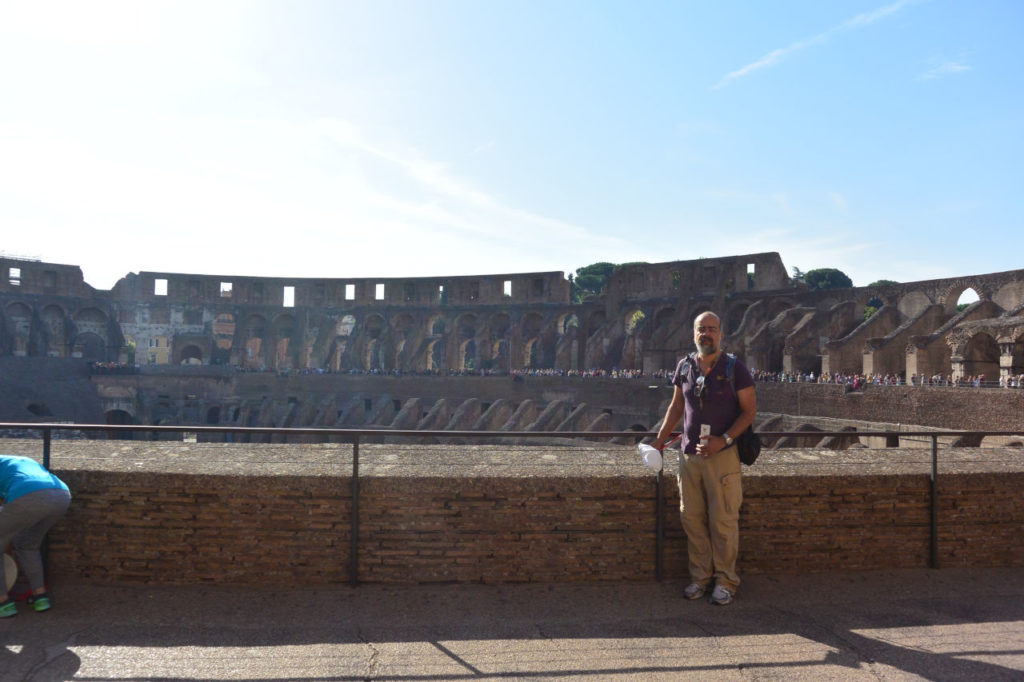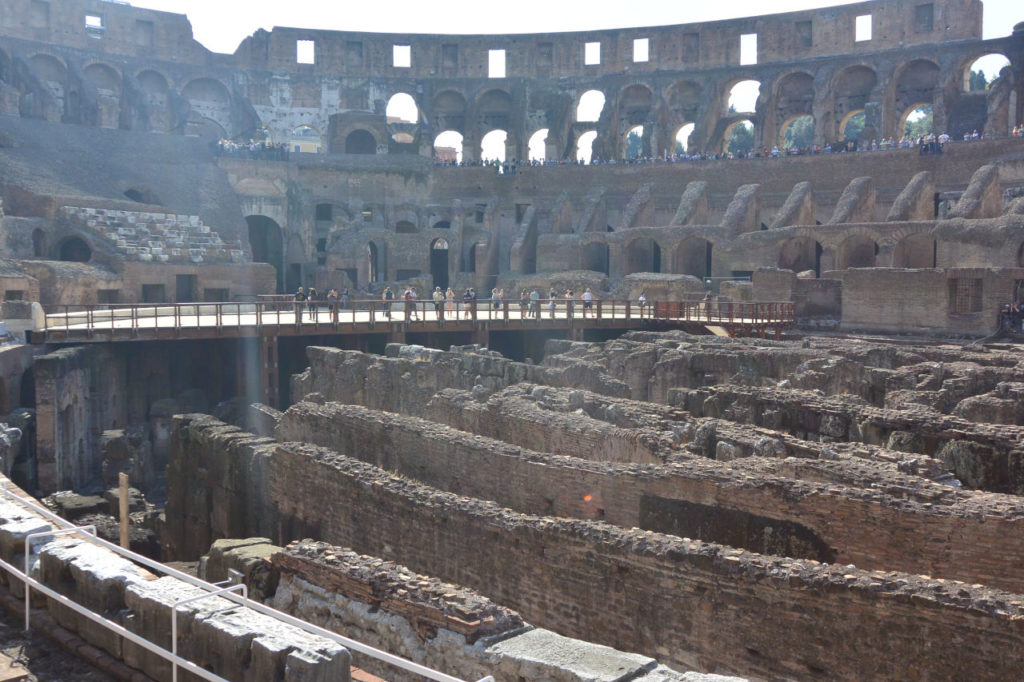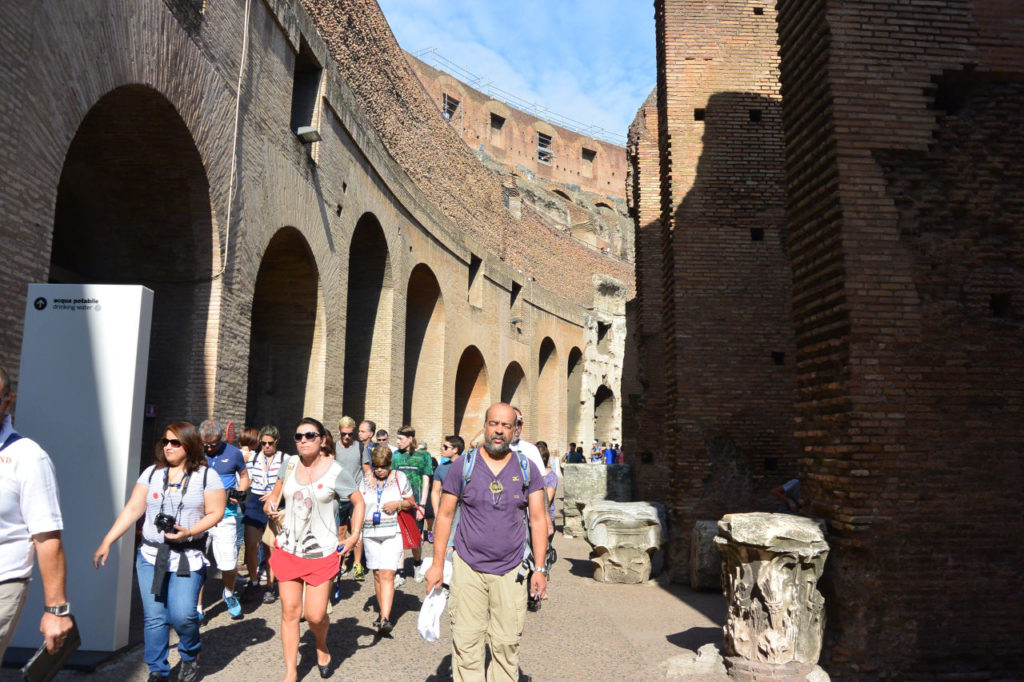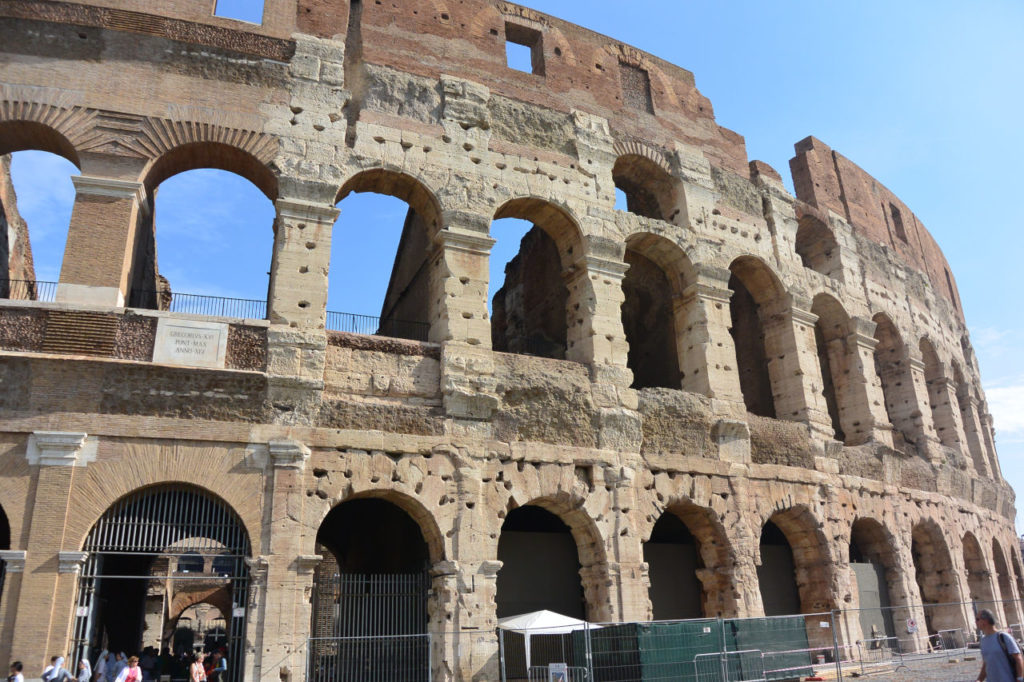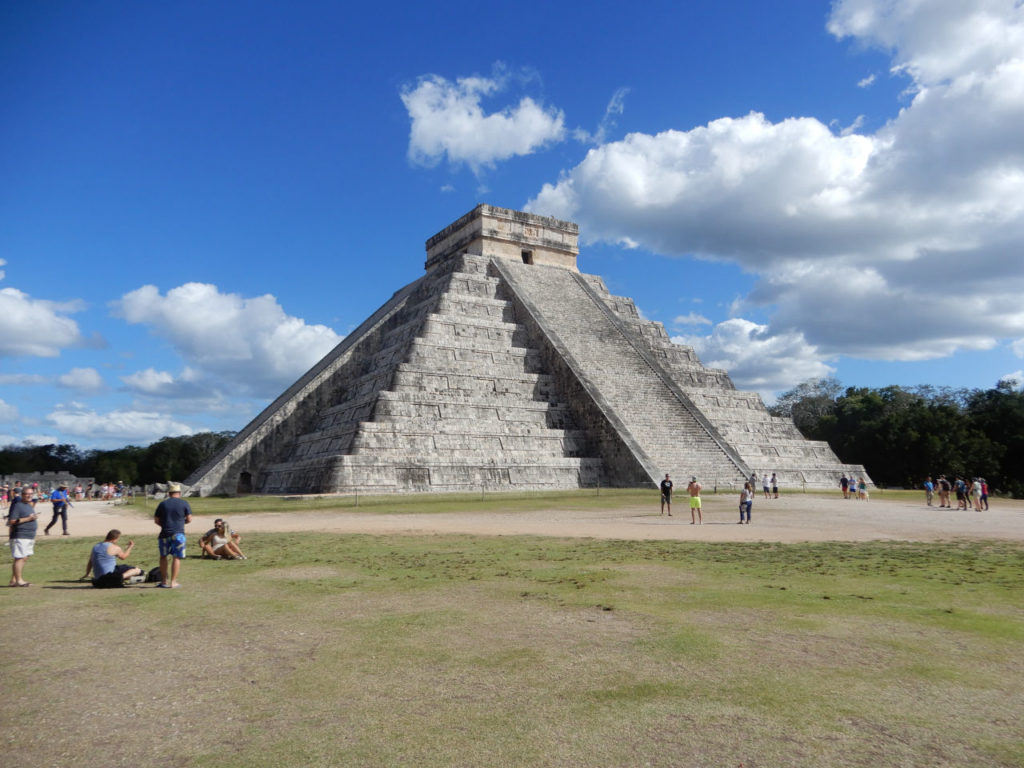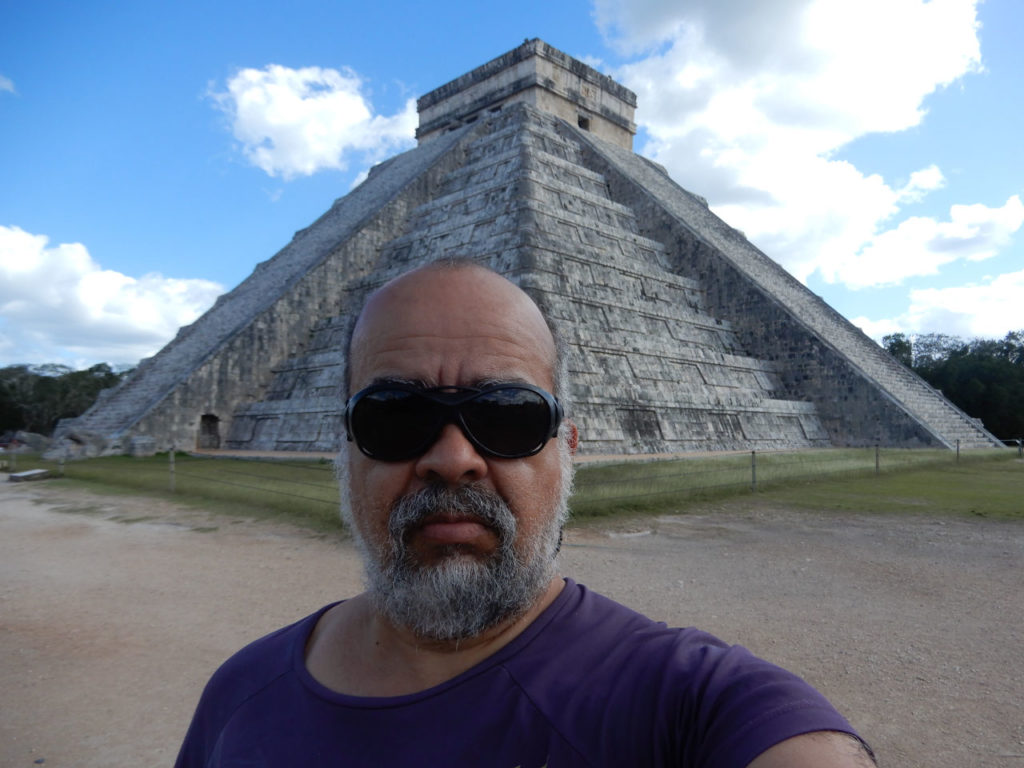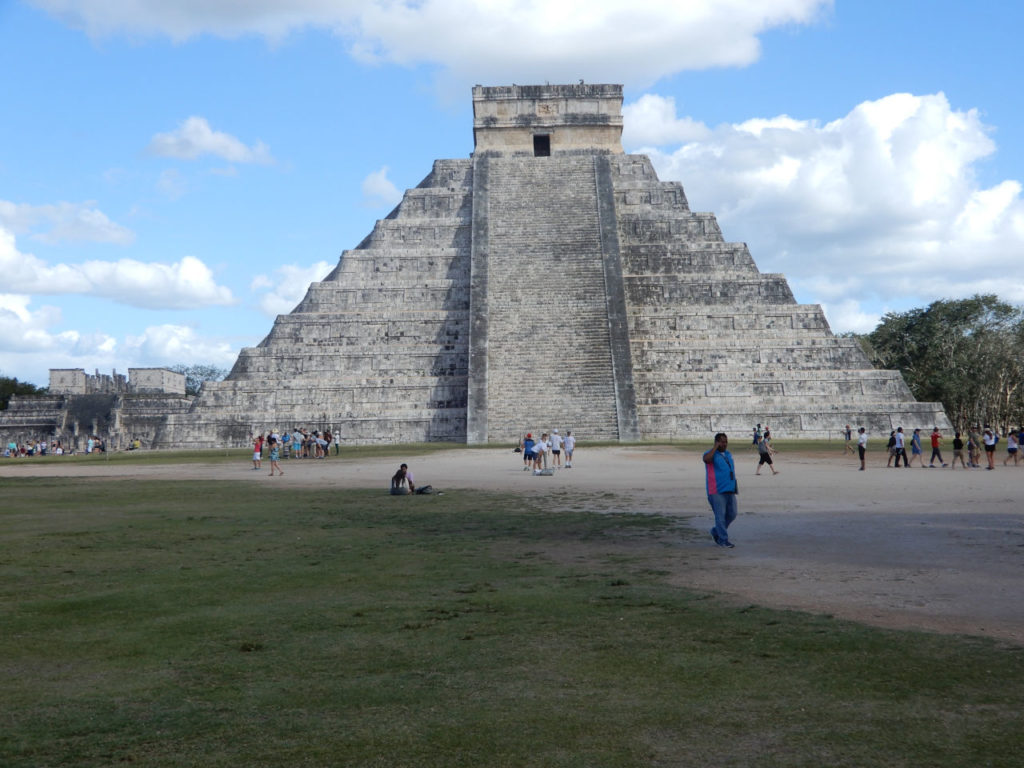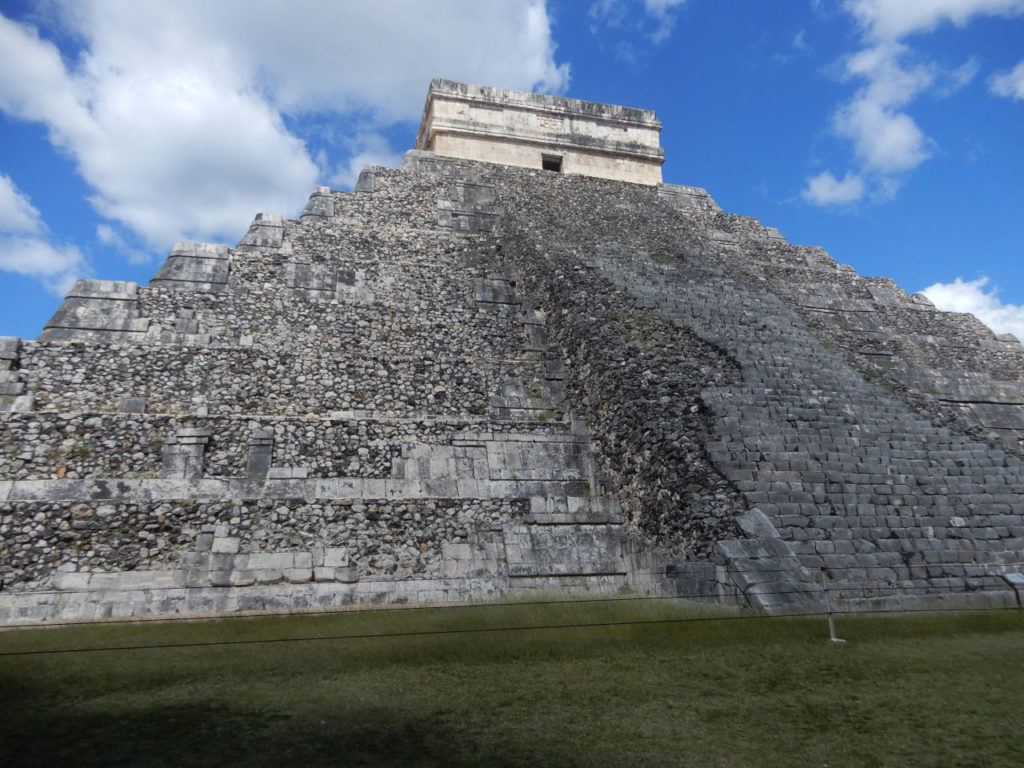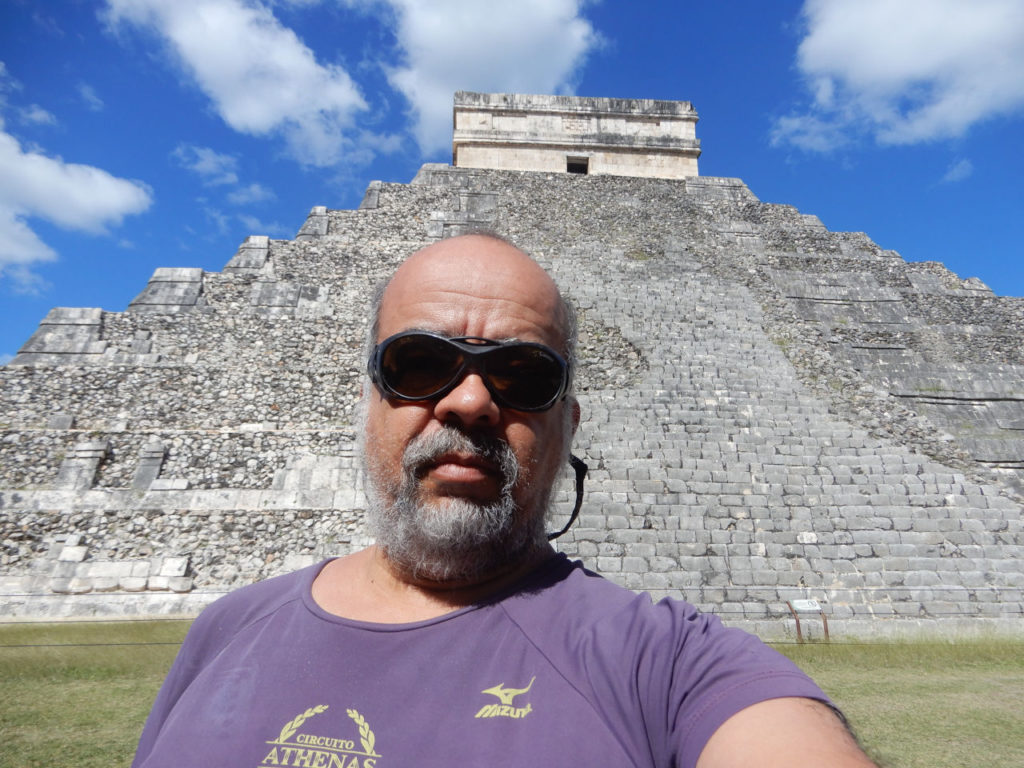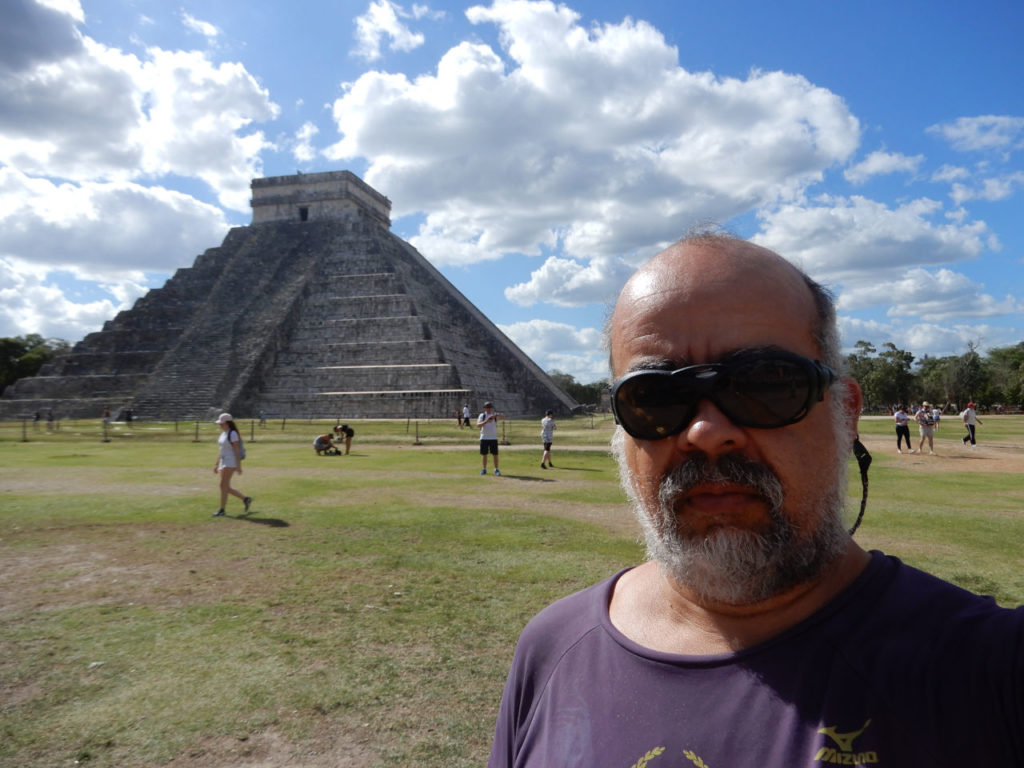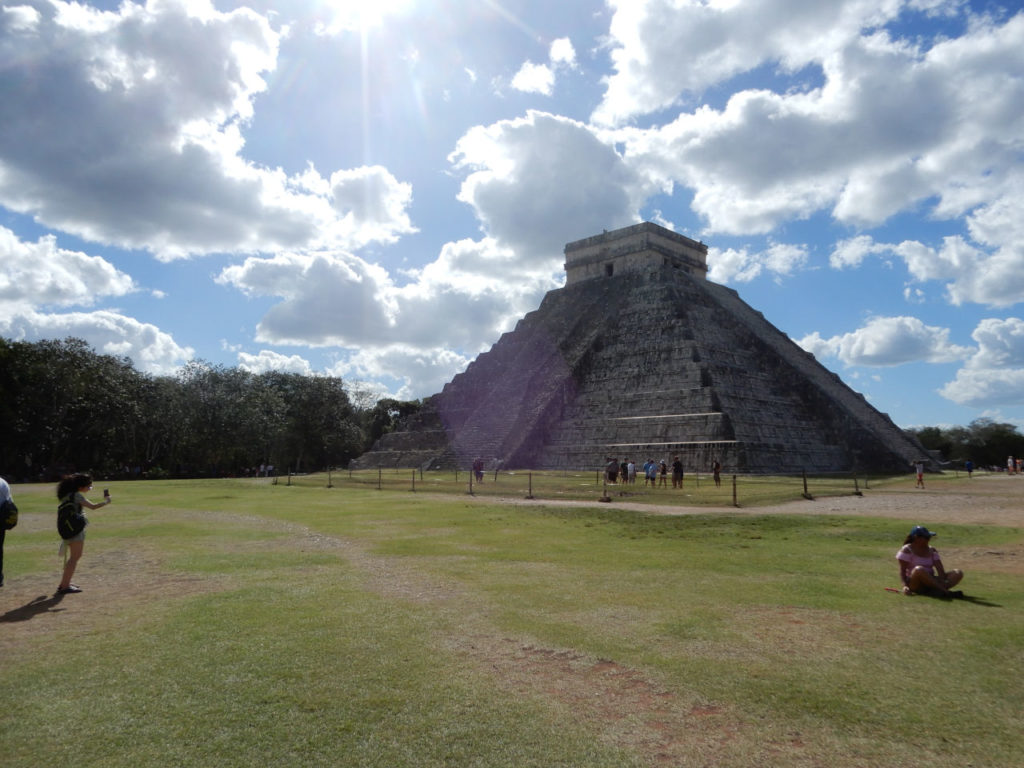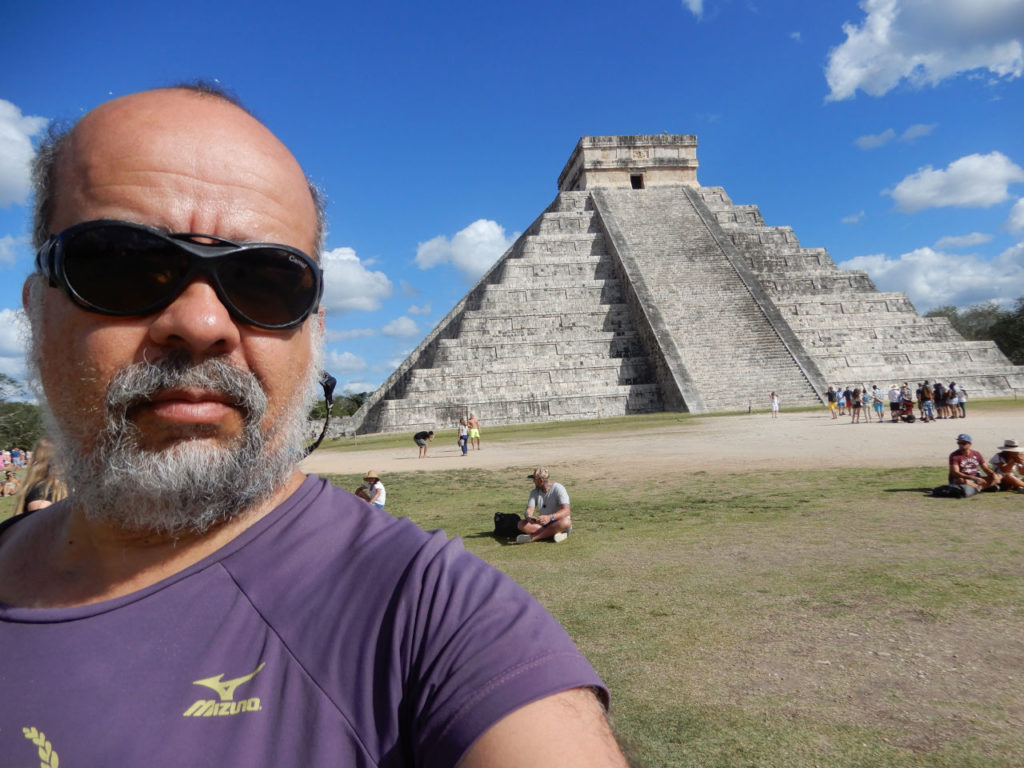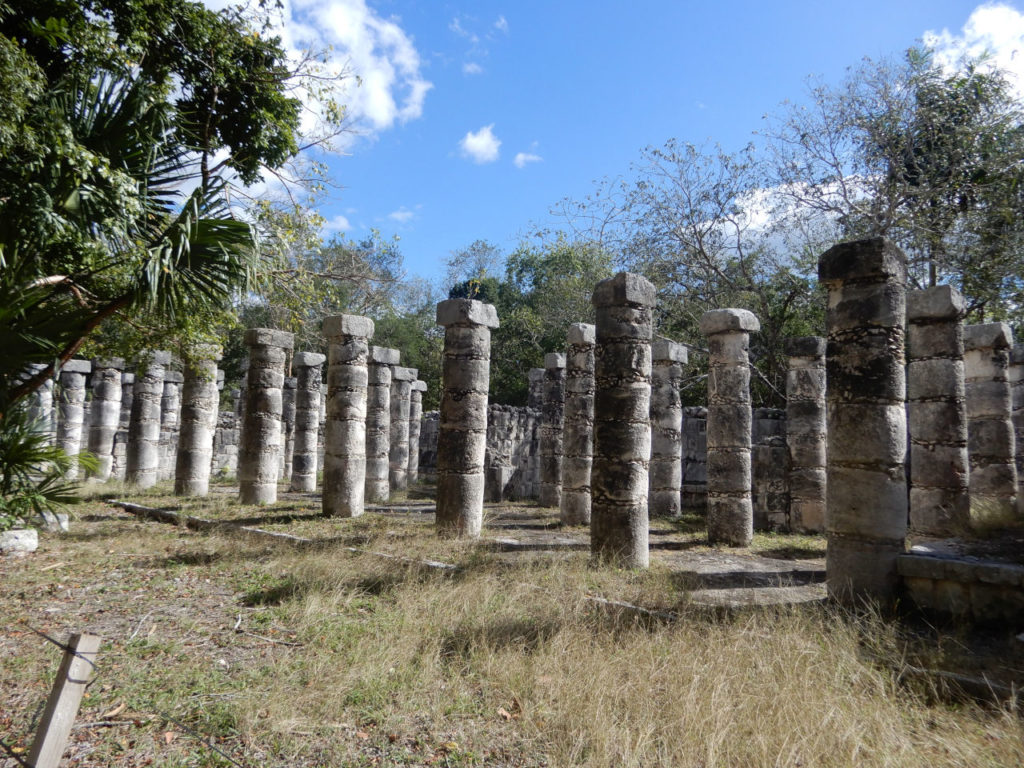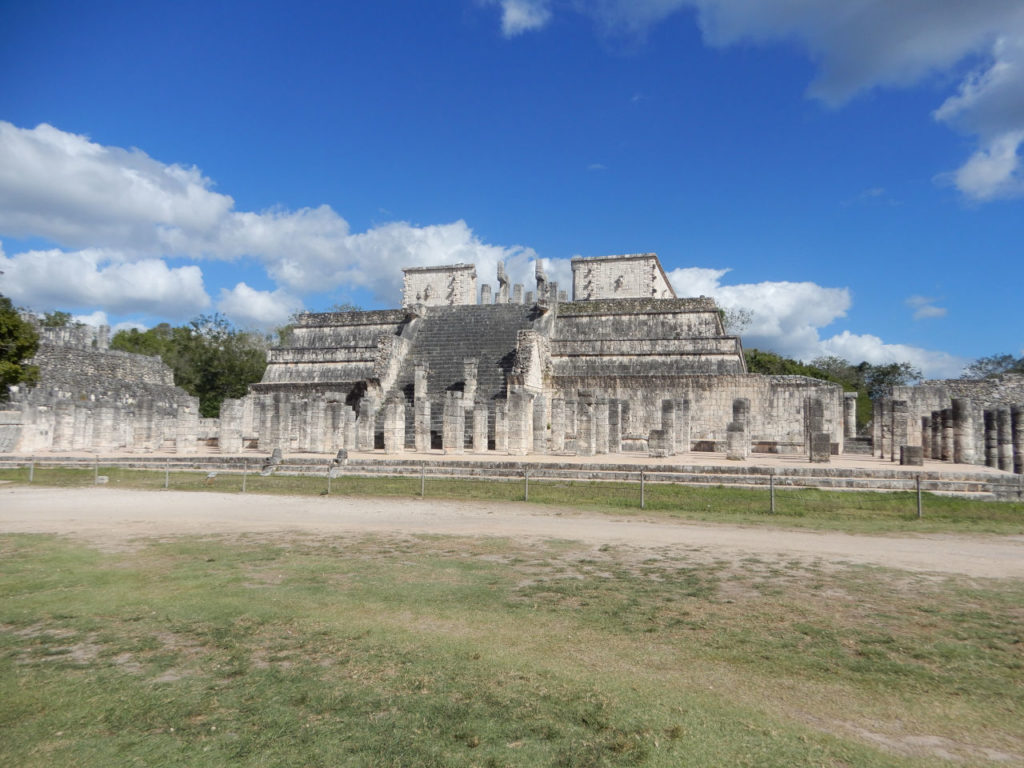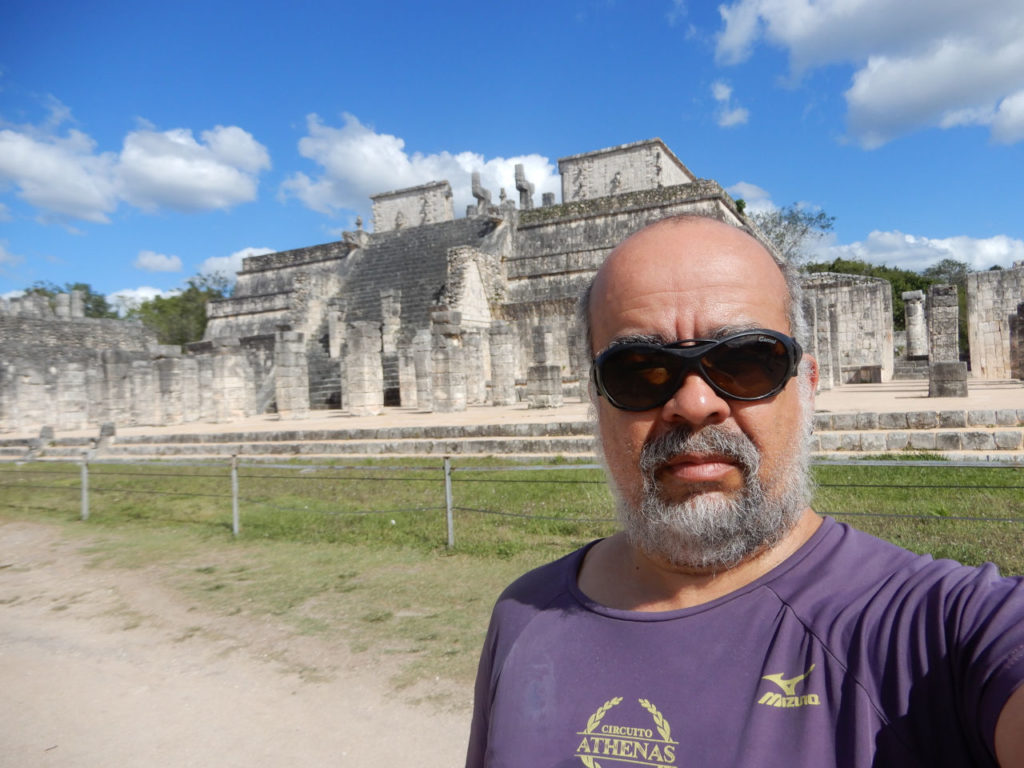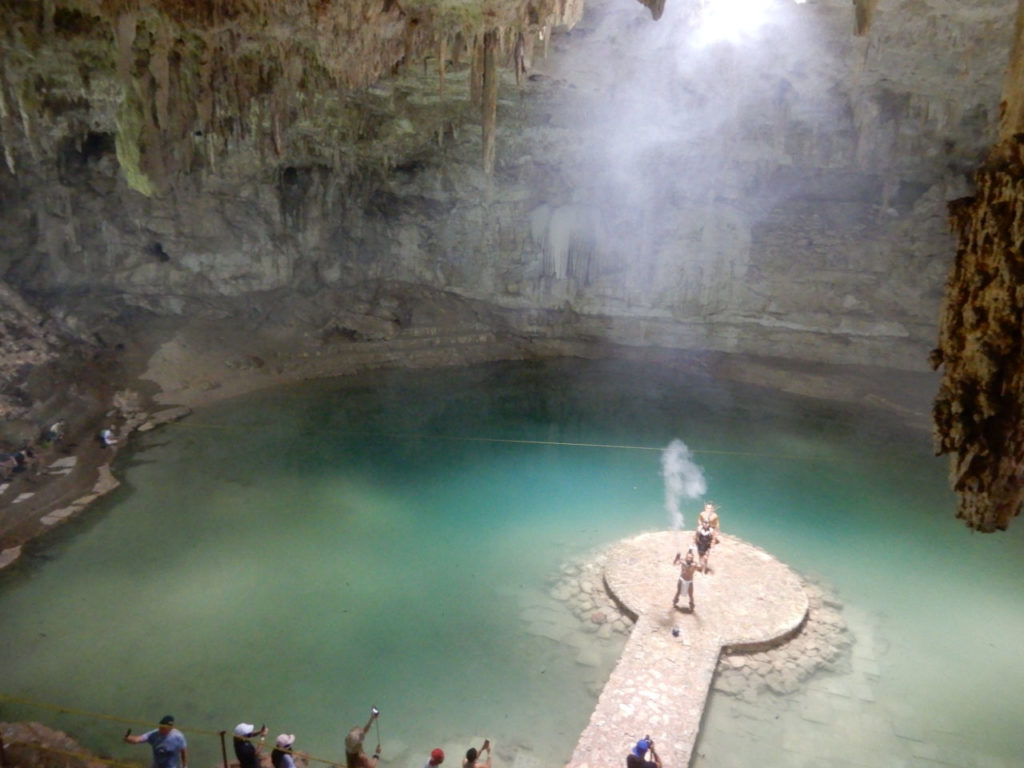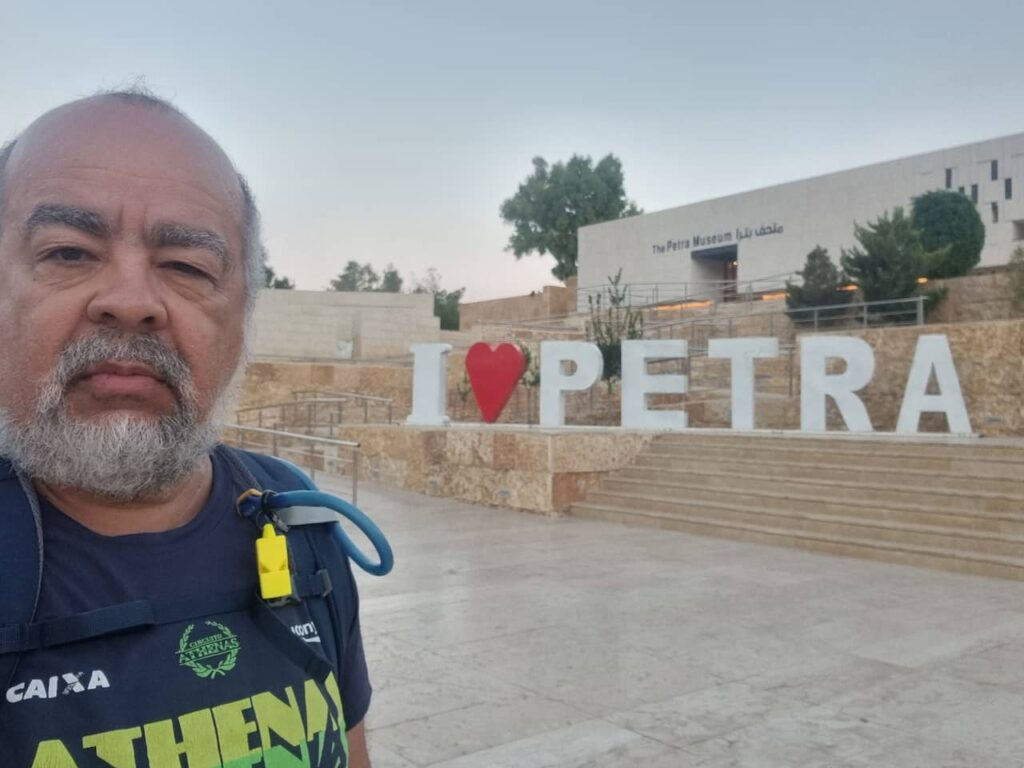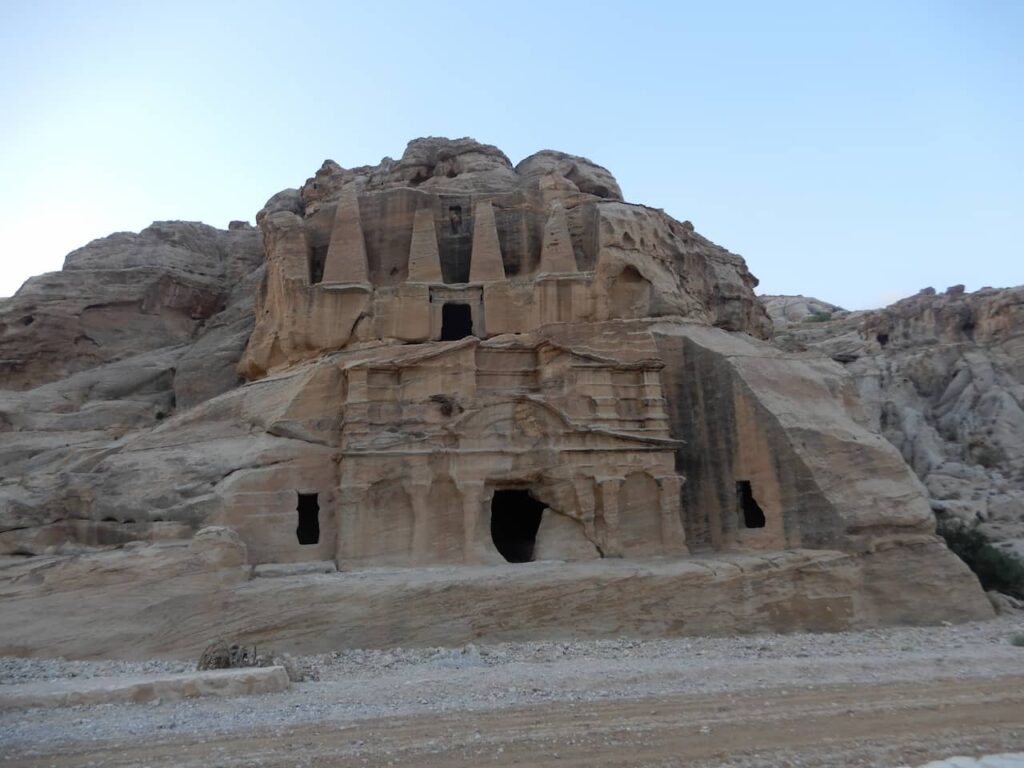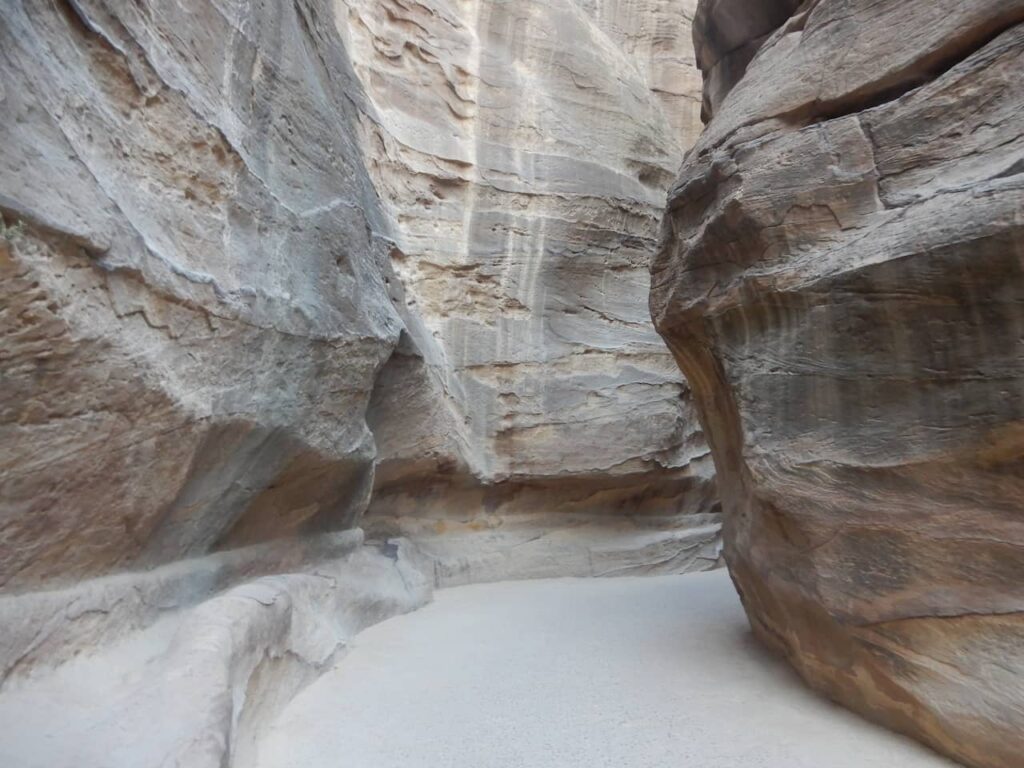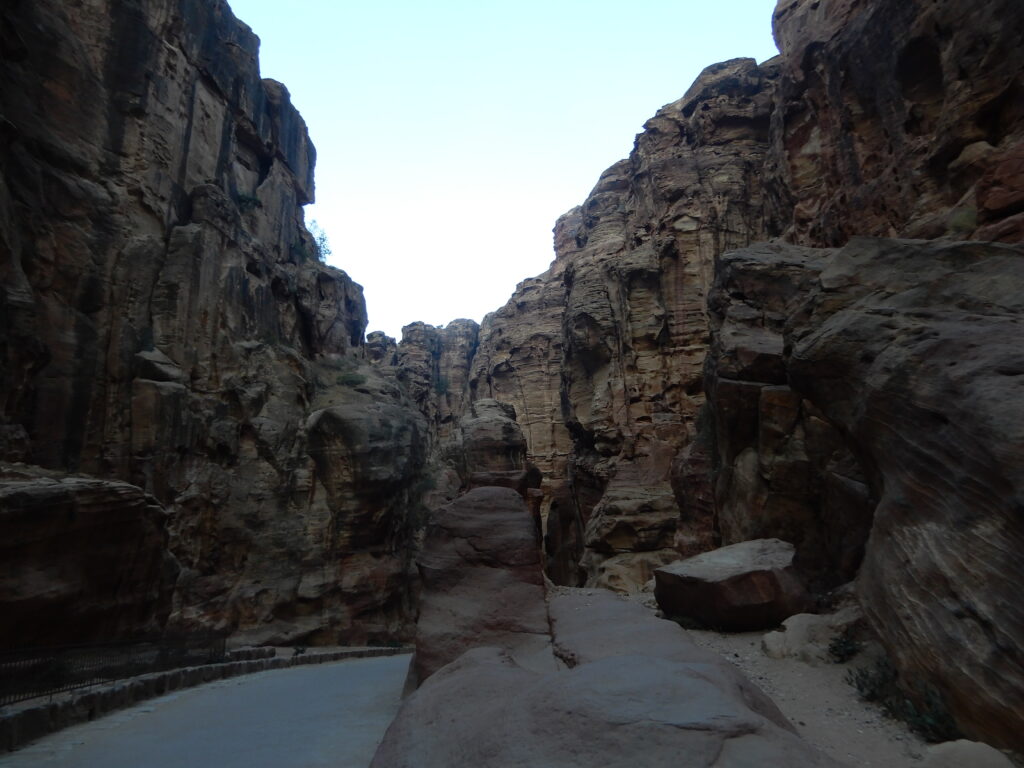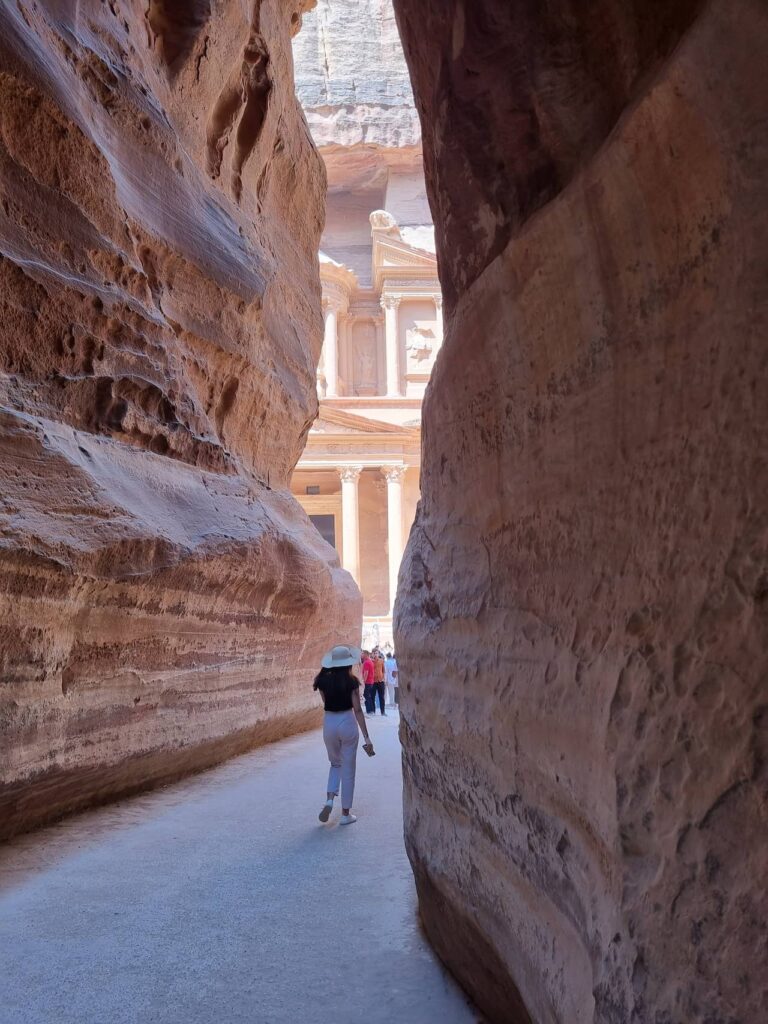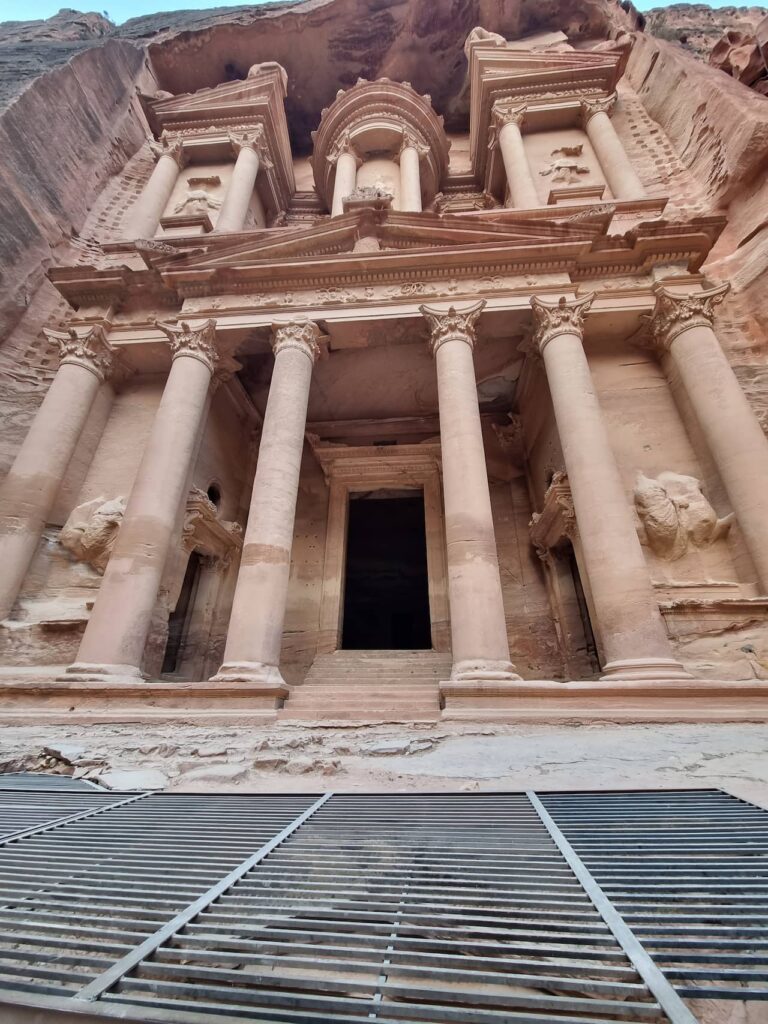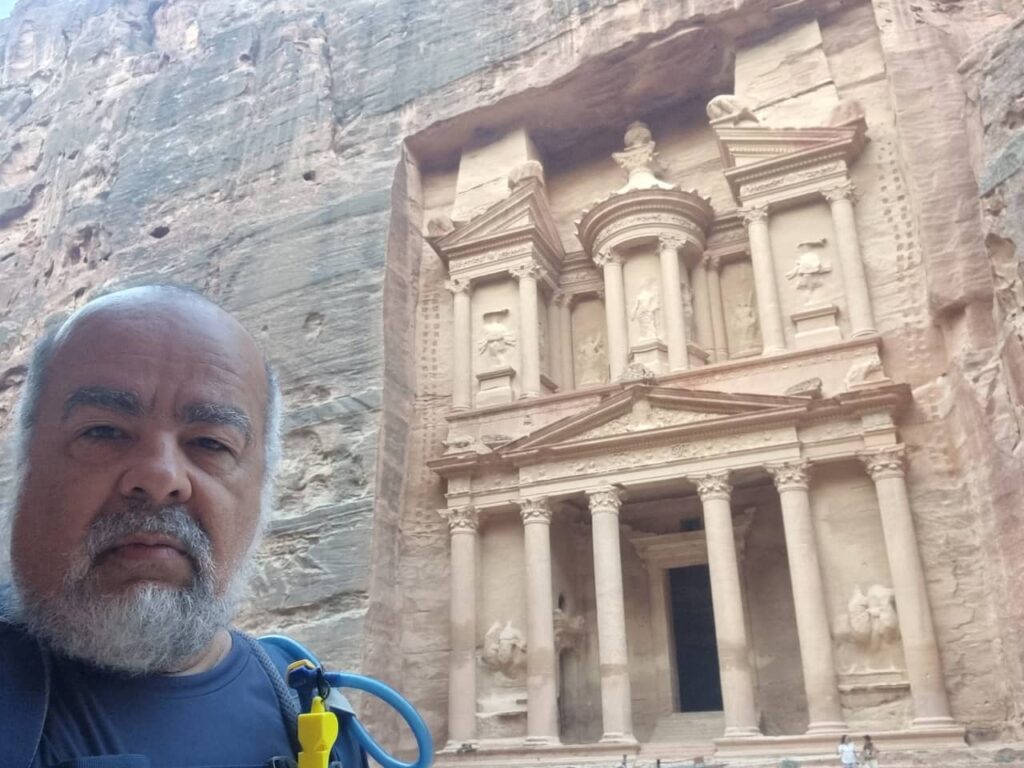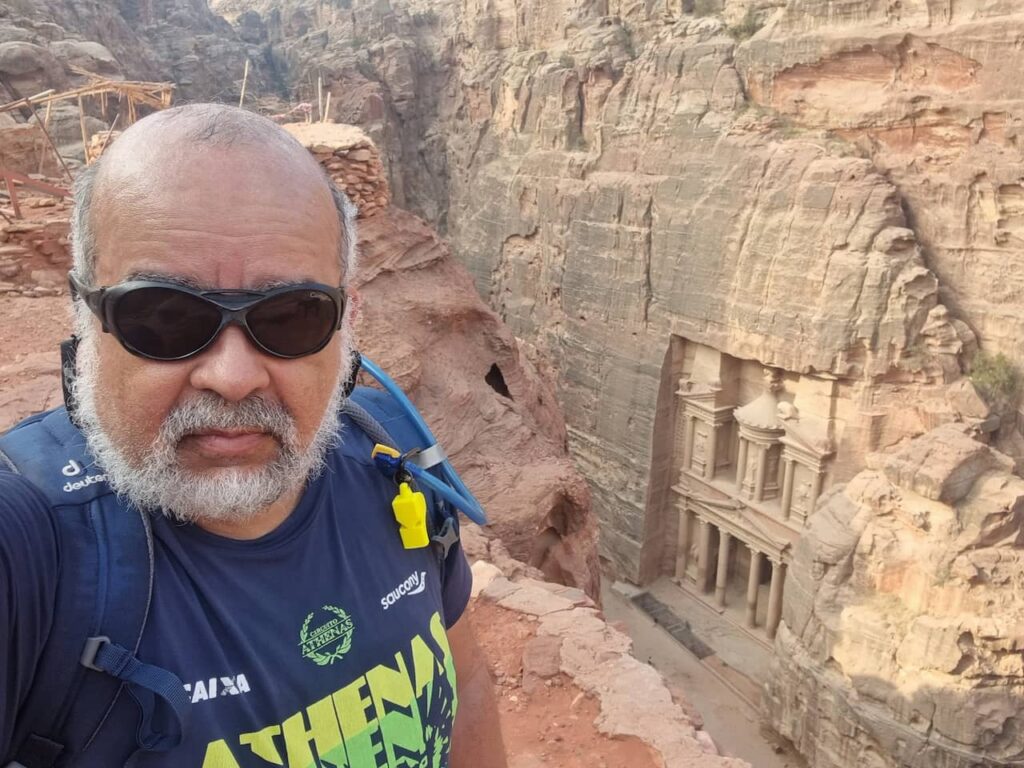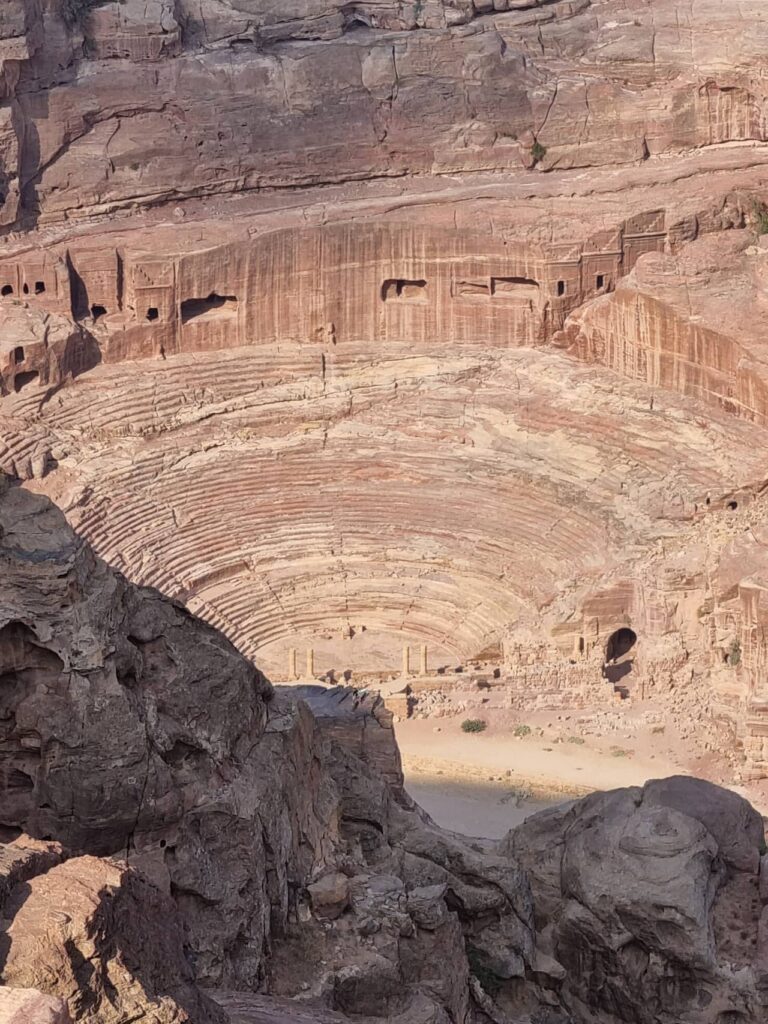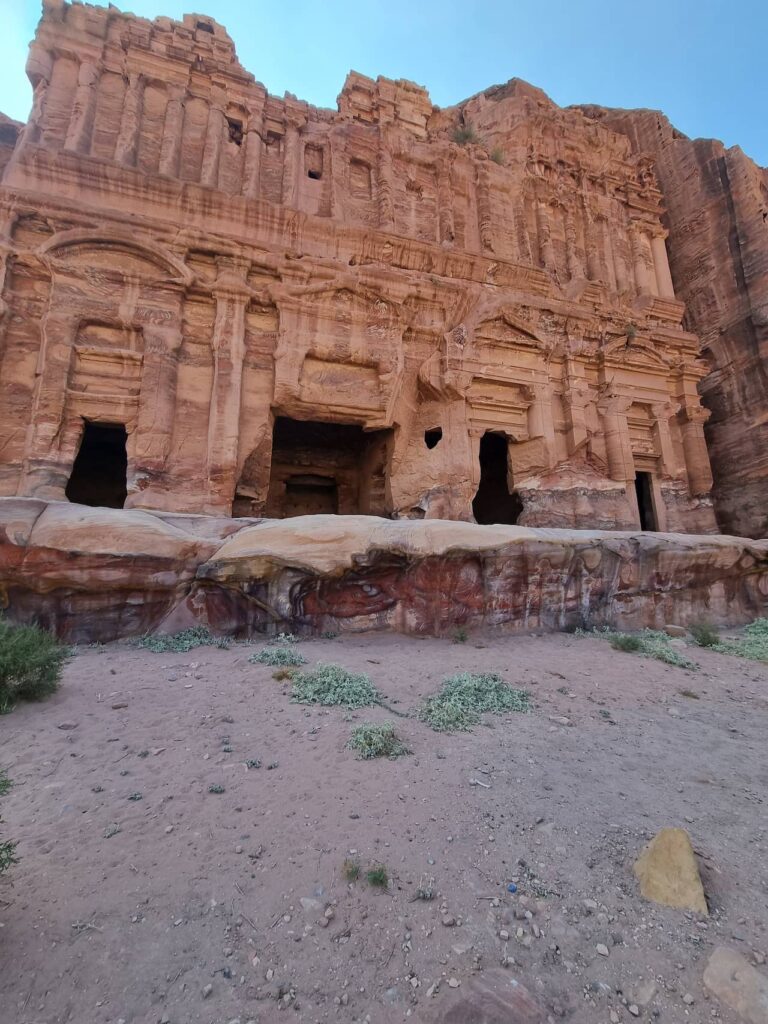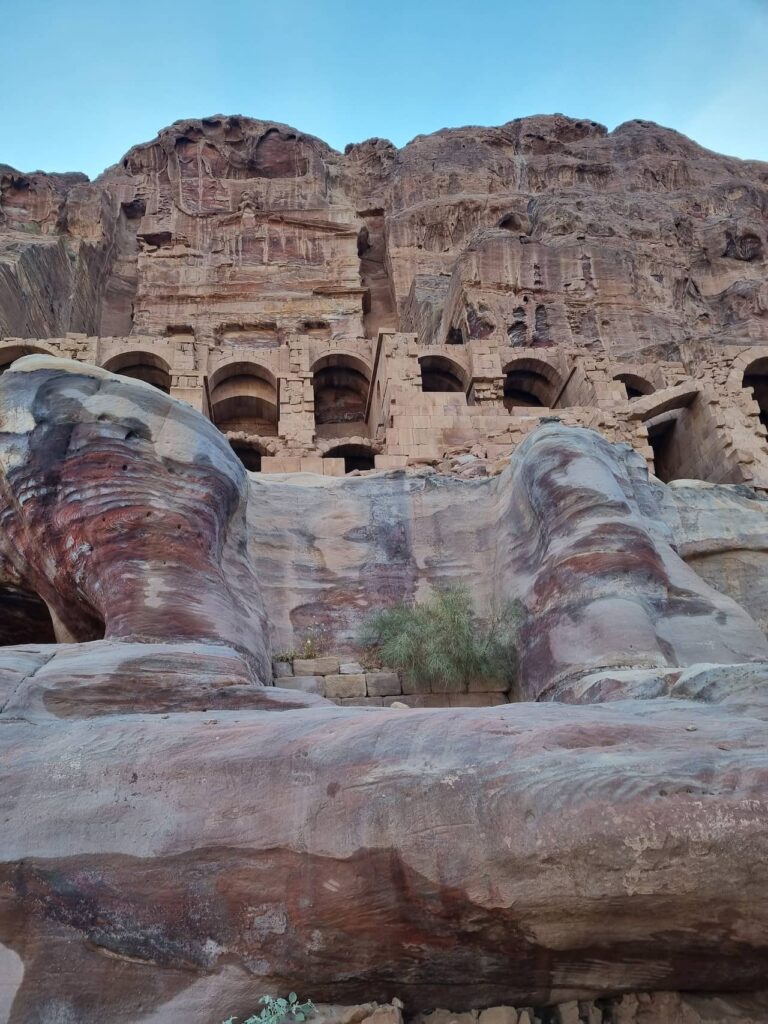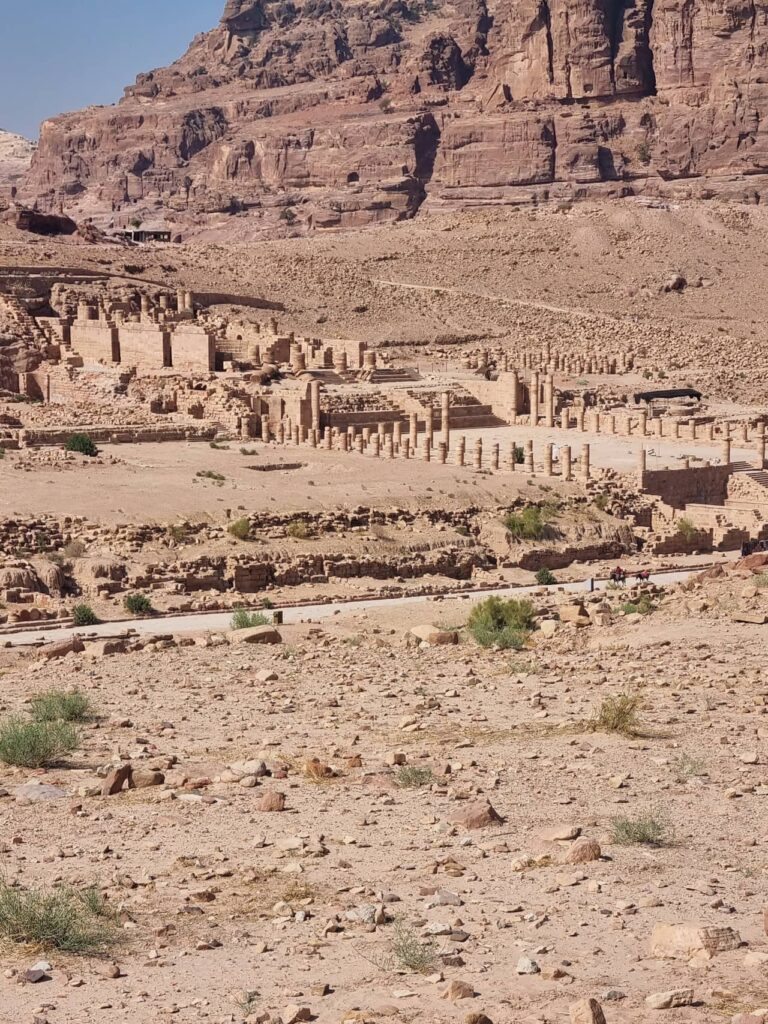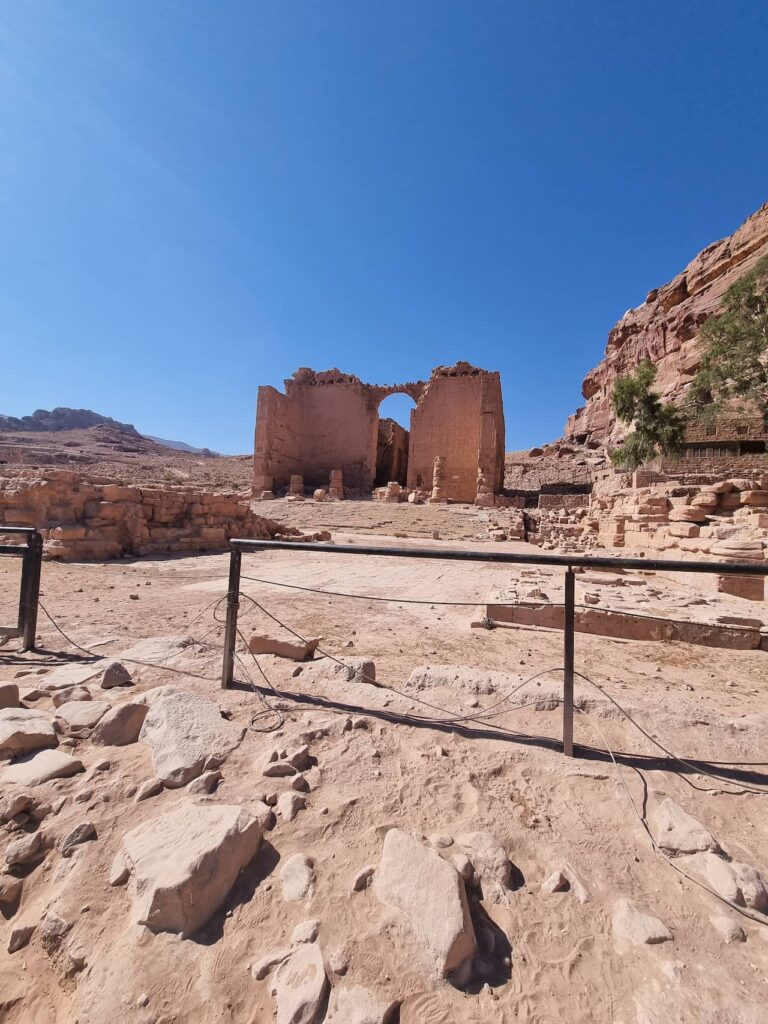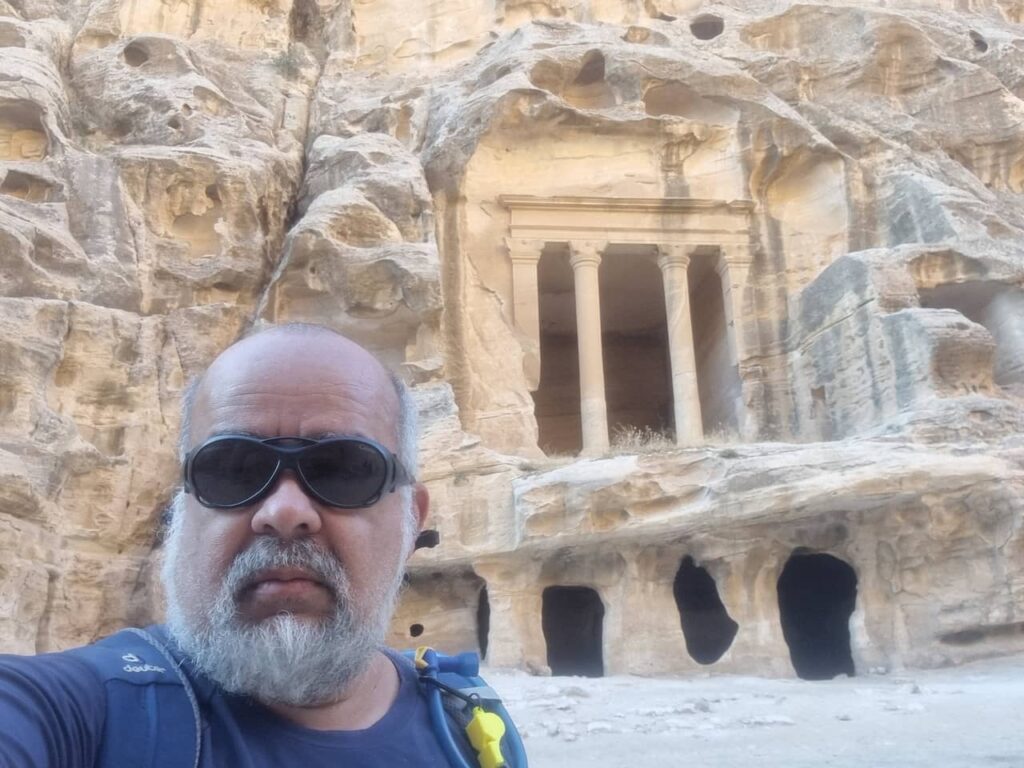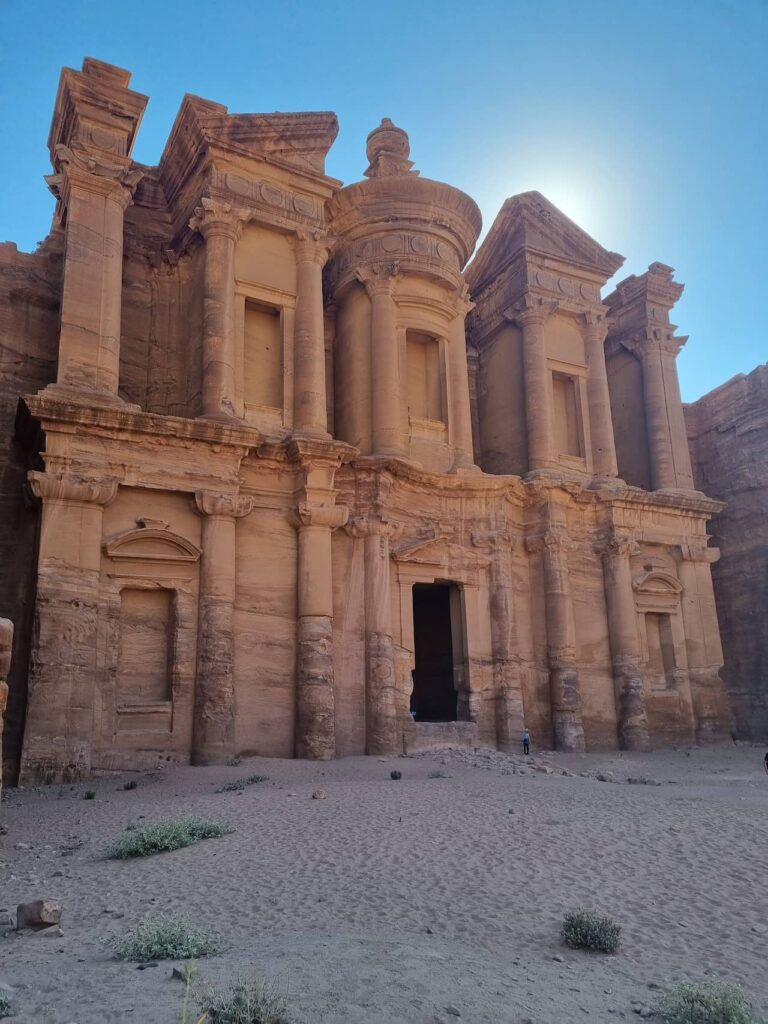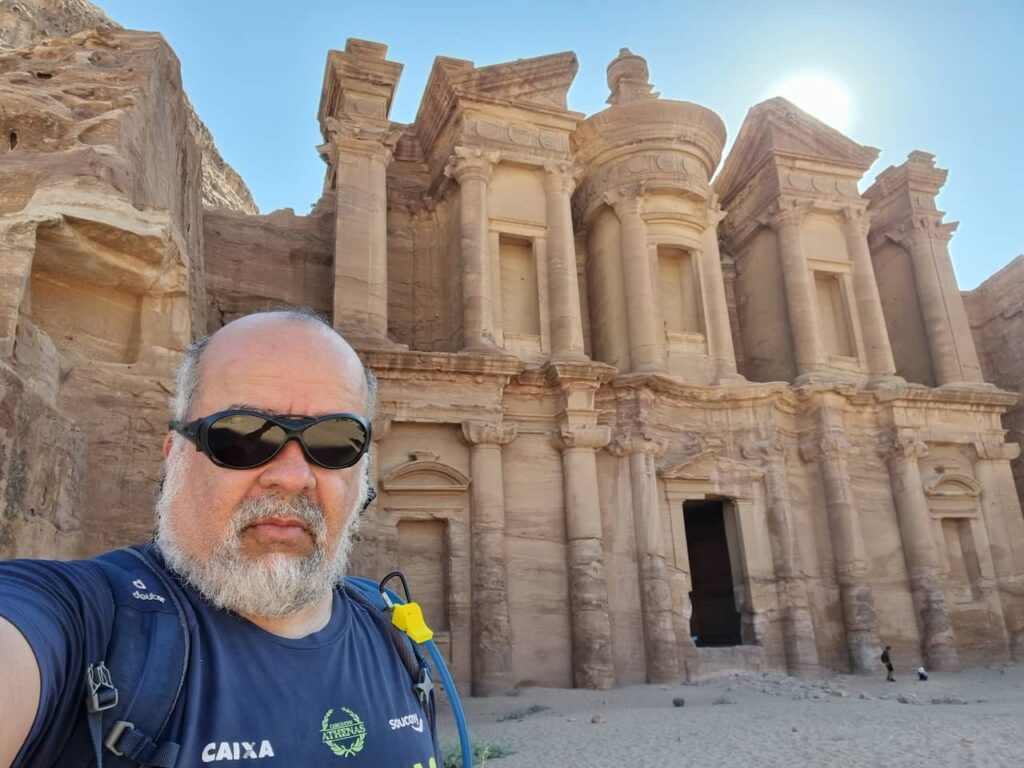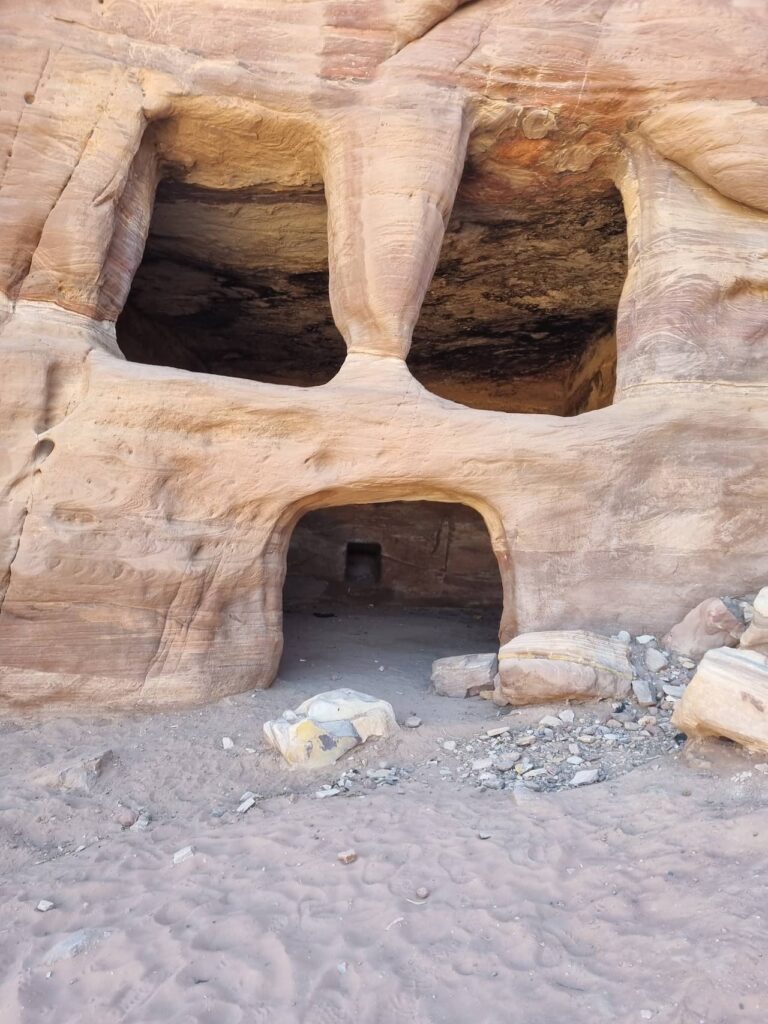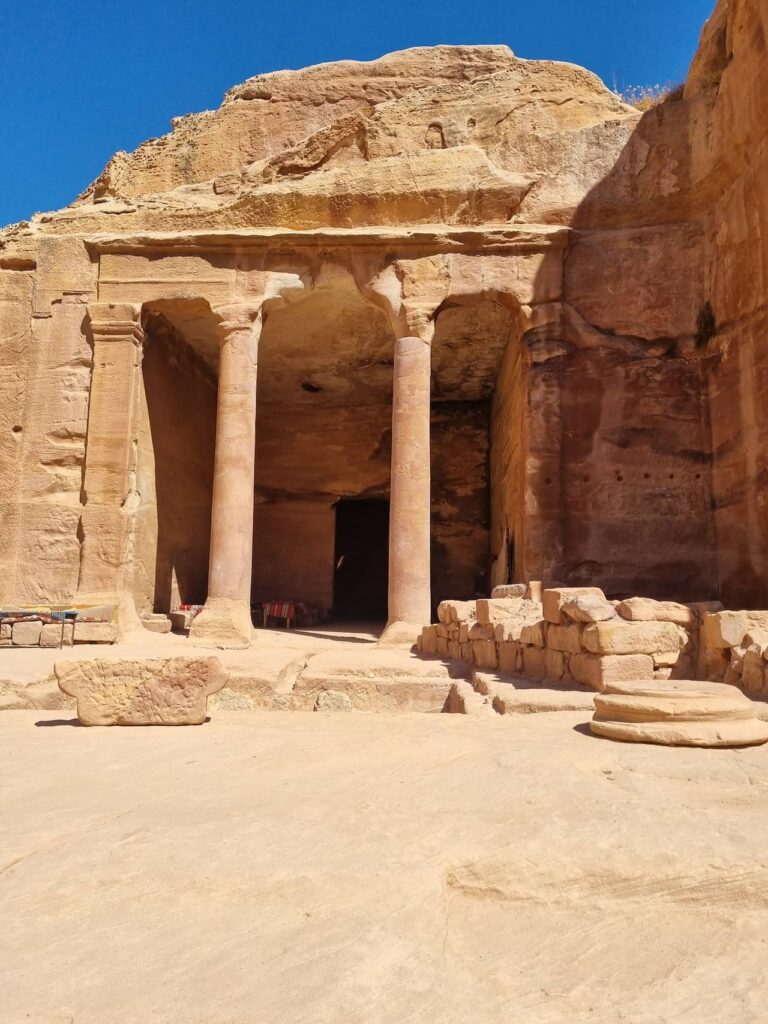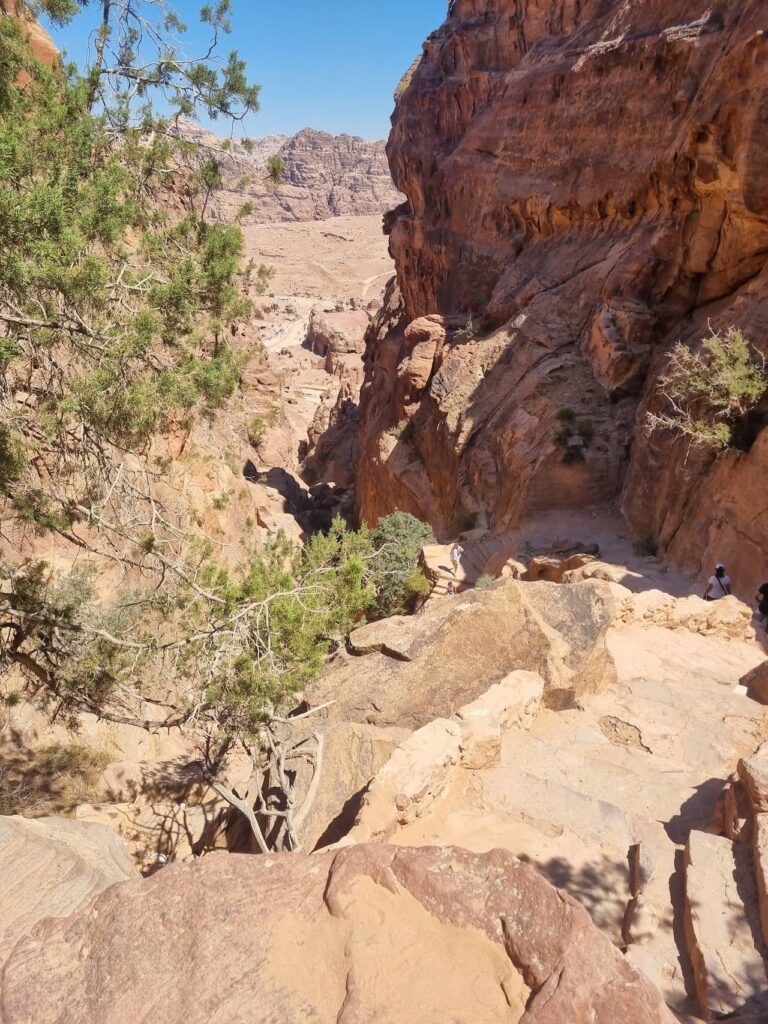Home » Destinations » 7 New Wonders of the World
Project to know the 7 new wonders of the modern world.
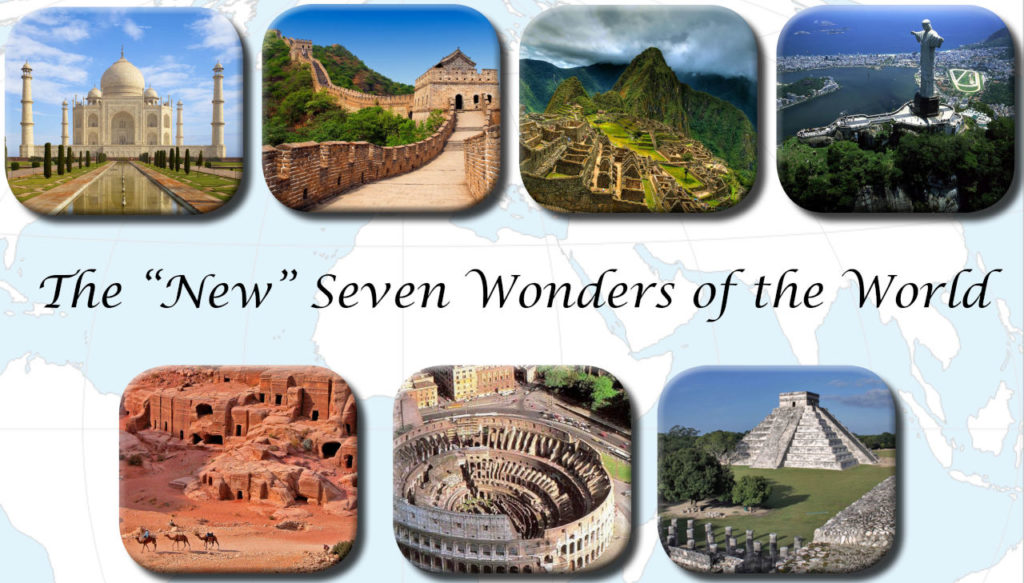
The new wonders of the modern world was announced after 2000 years of the Greeks having defined the 7 wonders of the (ancient) world, it was done in 2007, the 7 new wonders of the modern world.
A Swiss organization, New Open World Corporation (NOWC), drew up a list of 200 monuments and through criteria of beauty, technical complexity, and historical and cultural value, among others, has come up with a list of 21 monuments.
An online vote was made, which was the largest ever, with about 100 million votes.
The list with the 7 most voted are:
- Christ the Redeemer (Brazil).
- The Great Wall (China).
- Machu Picchu (Peru).
- Taj Mahal (India).
- Coliseum of Rome (Italy).
- Chichen Itza (Mexico).
- The Ruins of Petra (Jordan).
Christ the Redeemer – Rio de Janeiro – Brazil.
The Christ Redeemer is an Art Deco statue created by the Polish-French sculptor Paul Landowski and built by the Brazilian engineer Heitor da Silva Costa. The face was created by the Romanian artist Gheorghe Leonida.
The statue is 30 meters high and its arms measure 28 meters wide, weighing about 635 tons, was built between 1922 and 1931.
It is located at the peak of Corcovado, 700 meters high, in the National Park of Floresta da Tijuca, overlooking the city of Rio de Janeiro.
The Great Wall – China
The Great Wall of China, was built along an east-west line across China’s borders to protect Chinese states and empires from the attacks and invasions of the various nomadic groups of the North.
Construction began around 220 BC by Qin Shi Huang, the first emperor of China, ending only in the fifteenth century during the Ming Dynasty.
It has several versions regarding the size of the Wall, but it is estimated to be about 7 000 km.
Made up of punches, watchtowers, forts and doors.
The Chinese government has renewed some parts due to the large number of tourists.
Today, as is announced as the new Wonder of the modern world, the number of tourists is growing.
How to plan your trip around the world of your dreams.
Get the knowledge and tools that will make you an expert in traveling around the world, with
- Total freedom of choice.
- Lower cost because you do not have to pay anyone to do it for you.
- You can change your plans at any time and for any reason.
- You can cancel, change and simply do not pay fines or penalties.
Original Great wall – Jiankou section
After the renewed part, up to tower 20. You can enter the original section. It is a difficult walk, with dangerous places and the need to “climb” some ravines and go down / up very steep places, but it is very worth it to be where more than a thousand years ago there were soldiers in this place guarding the borders.
Machu Picchu – Peru.
The city is a 15th century Inca citadel, situated on a mountain at 2,430 meters. It is located in the province of Urubamba, 80 km northwest of Cuzco.
The city was built by the Inca emperor Pachacuti (1438-1472).
We believed that the Incas abandoned it at the time of the Spanish conquest, but no one knows the reason.
It was hidden from the world until the American historian Hiram Bingham found it in 1911.
It was declared a Peruvian historical shrine in 1981 and a UNESCO World Heritage Site in 1983 and the new wonders of the modern world in 2017.
Taj Mahal – Agra – India.
The Taj Mahal is an ivory-white marble mausoleum on the southern bank of the Yamuna River.
It was built by Mughal emperor Shah Jahan to house the tomb of his favorite wife, Mumtaz Mahal, who had died when he gave birth to his 14th child.
The construction employed about 20 thousand craftsmen under the guidance of a board of architects led by the architect Ustad Ahmad Lahauri.
It is estimated the costs, at today’s values, around (US $ 830 million)
Coliseum of Rome – Itália.
The Colosseum (also known as Flavian Amphitheater), is an oval amphitheater in Rome. The Colosseum is situated just east of the Roman Forum.
The construction was initiated by the emperor Vespasiano in 72 AD and was completed in 80 AD by his successor Tito.
It is estimated that between 50,000 and 80,000 viewers with an average audience of 65,000.
The monument was used for public spectacles such as gladiatorial battles, animal hunts, executions, staged battles and dramas.
It was abandoned at the beginning of the medieval era and then reused for purposes such as housing, workshops, etc.
Over the years their stones and materials were removed for the construction of other buildings.
Chichén Itza
That means “at the mouth of the well of Itza”, was a great city of the Mayan civilization. which thrived from about 600 AD to 1200s. Its decline to this day is a mystery.
Chichen Itza is a complex of ruins, located on the Mexican peninsula of Yucatan. A huge pyramid of steps, known as El Castillo or Temple of Kukulcán, dominates the landscape.
Due to damage to the structure and vandalism, it is no longer allowed to climb the steps of the Pyramid.
Petra – Jordan
After 3 years postponed due to the pandemic, I finally got to meet Petra.
When we talk about Petra, images of the eastern entrance to Petra usually come to mind, a 76-metre high sandstone gorge known as the Siq that leads directly to Al Khazneh (the Treasury).
Who hasn’t seen Indiana Jones?
However, it is just one of several monuments in the city.
Carved directly into vibrant cliffs of red, white, pink and sandstone, the prehistoric city of Petra has been “lost” to the western world for hundreds of years.
Petra was once a thriving commercial center and the capital of the Nabatean empire between 400 BC and 106 AD.
The Nabataeans, before being conquered and absorbed by the Roman Empire, controlled a vast area of the Middle East, from present-day Israel and Jordan to the north of the Arabian Peninsula. The remains of their innovative networks of water collection, storage, transport and irrigation systems are still found throughout this area today.
Around 1812 the Swiss explorer Johann Ludwig Burckhardt, traveling disguised as an Arab, heard about the place and decided to investigate.
In 1985, the Archaeological Park of Petra was declared a UNESCO World Heritage Site, and in 2007 it was named one of the new seven wonders of the world.
Today, it is believed that only 15% have been discovered.
Now the list is complete and new adventures are coming.

